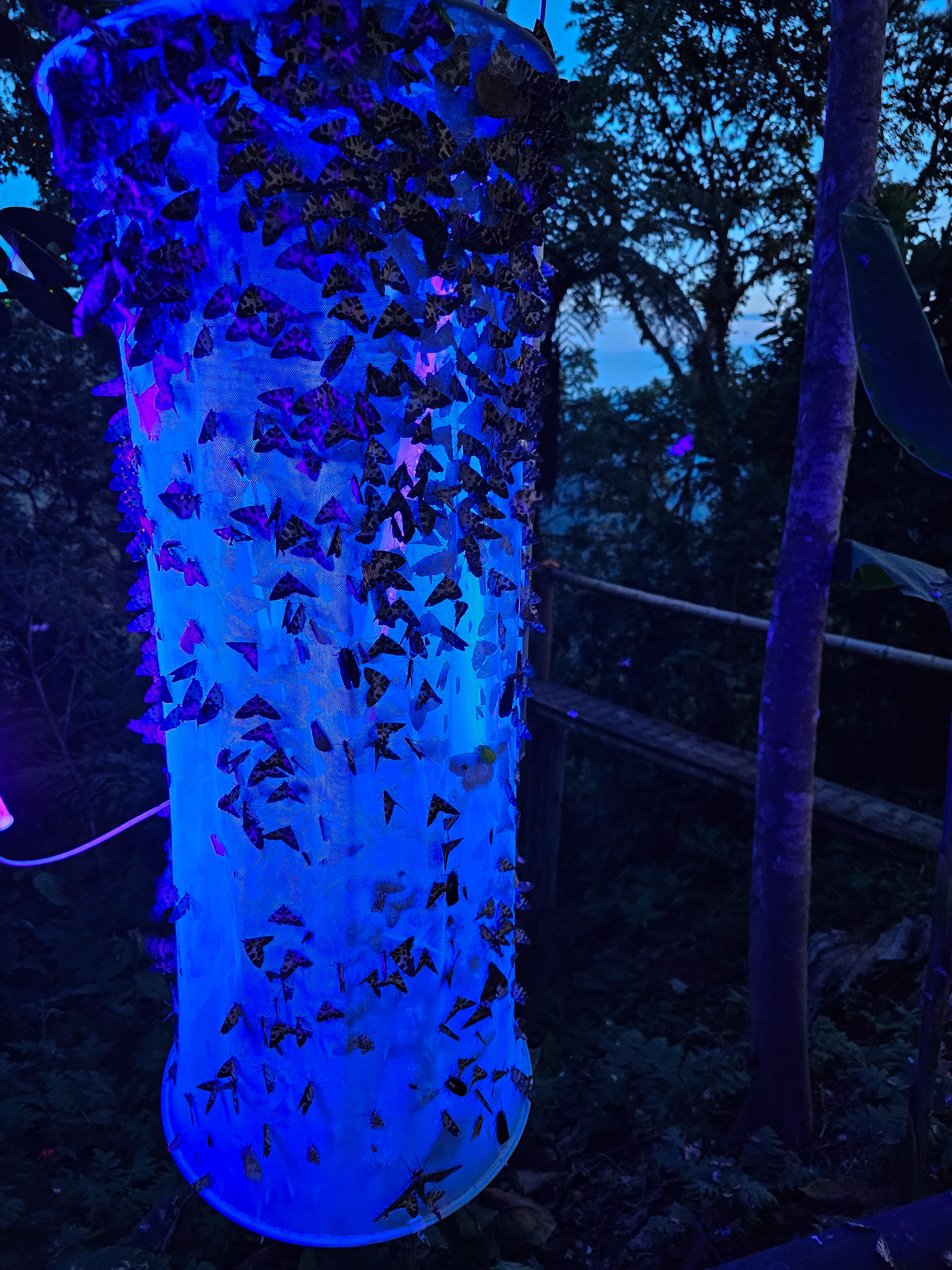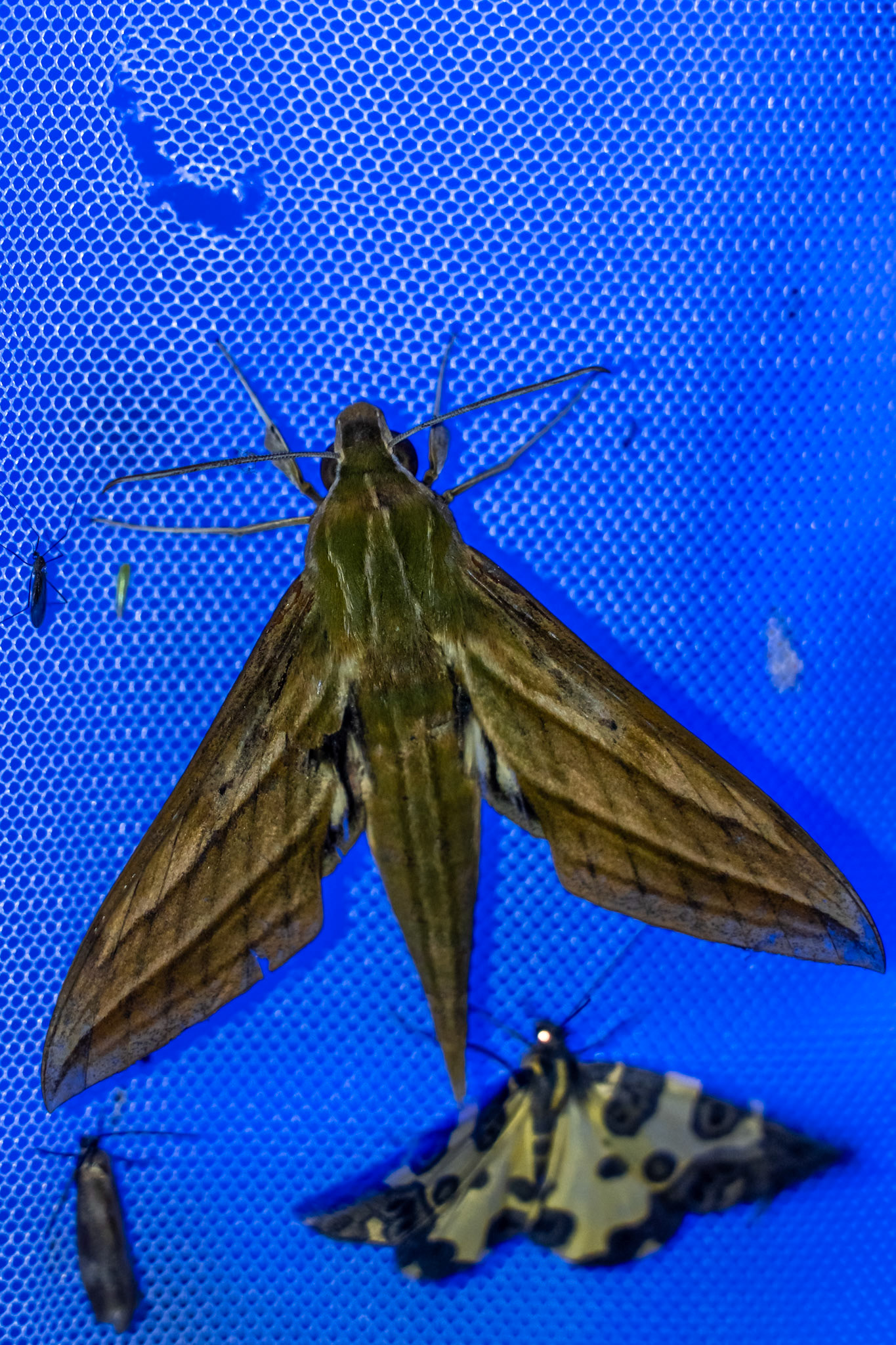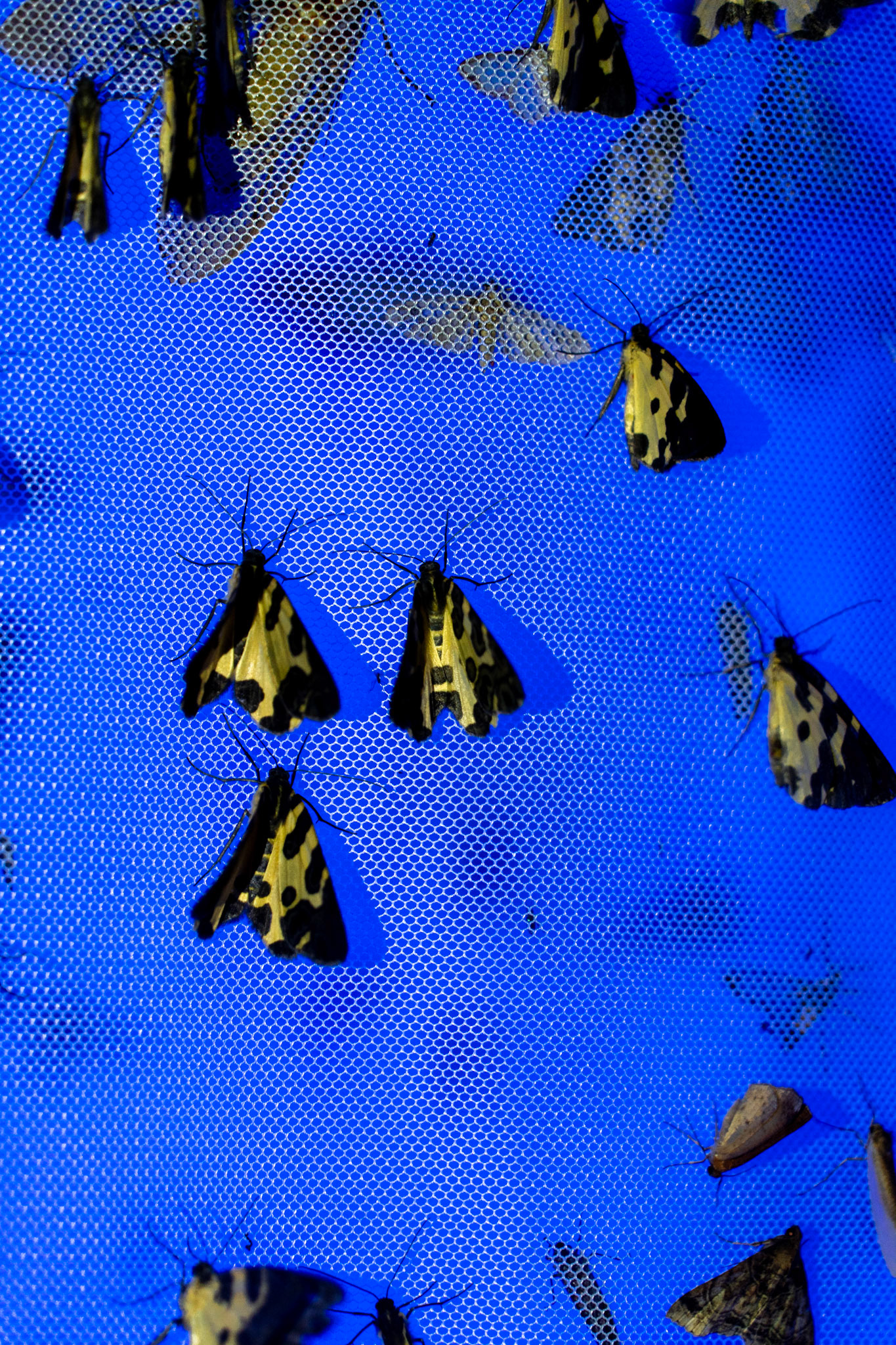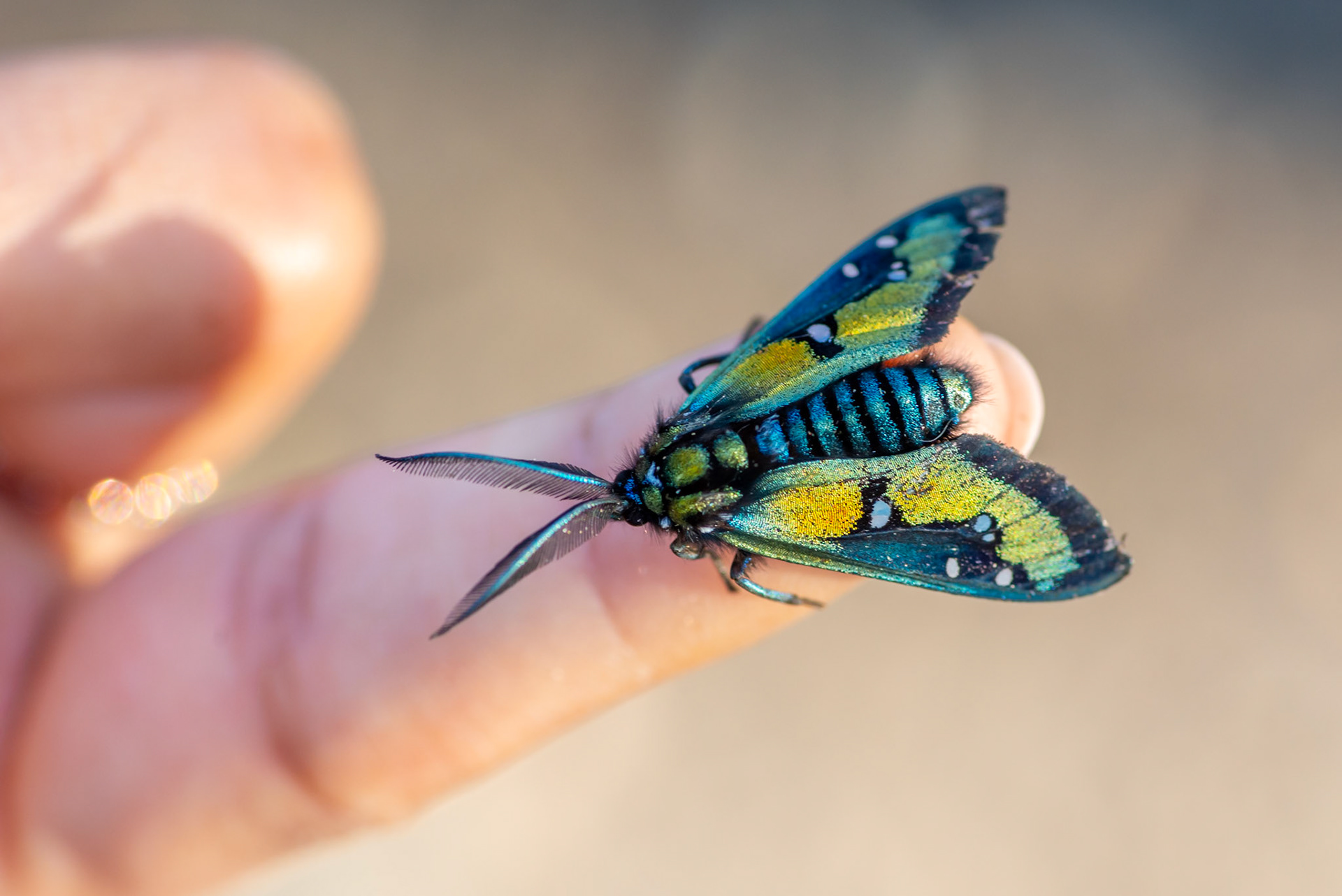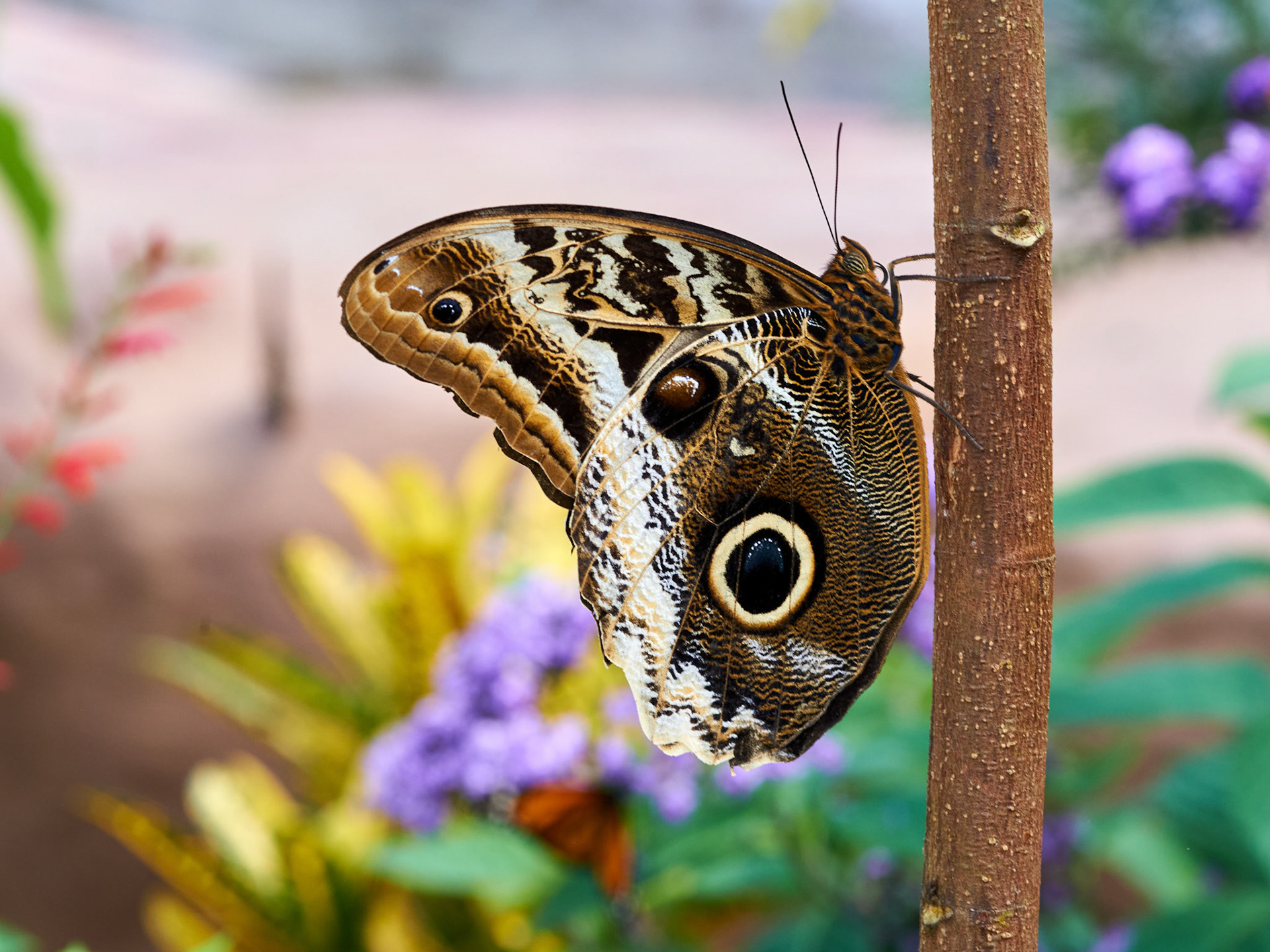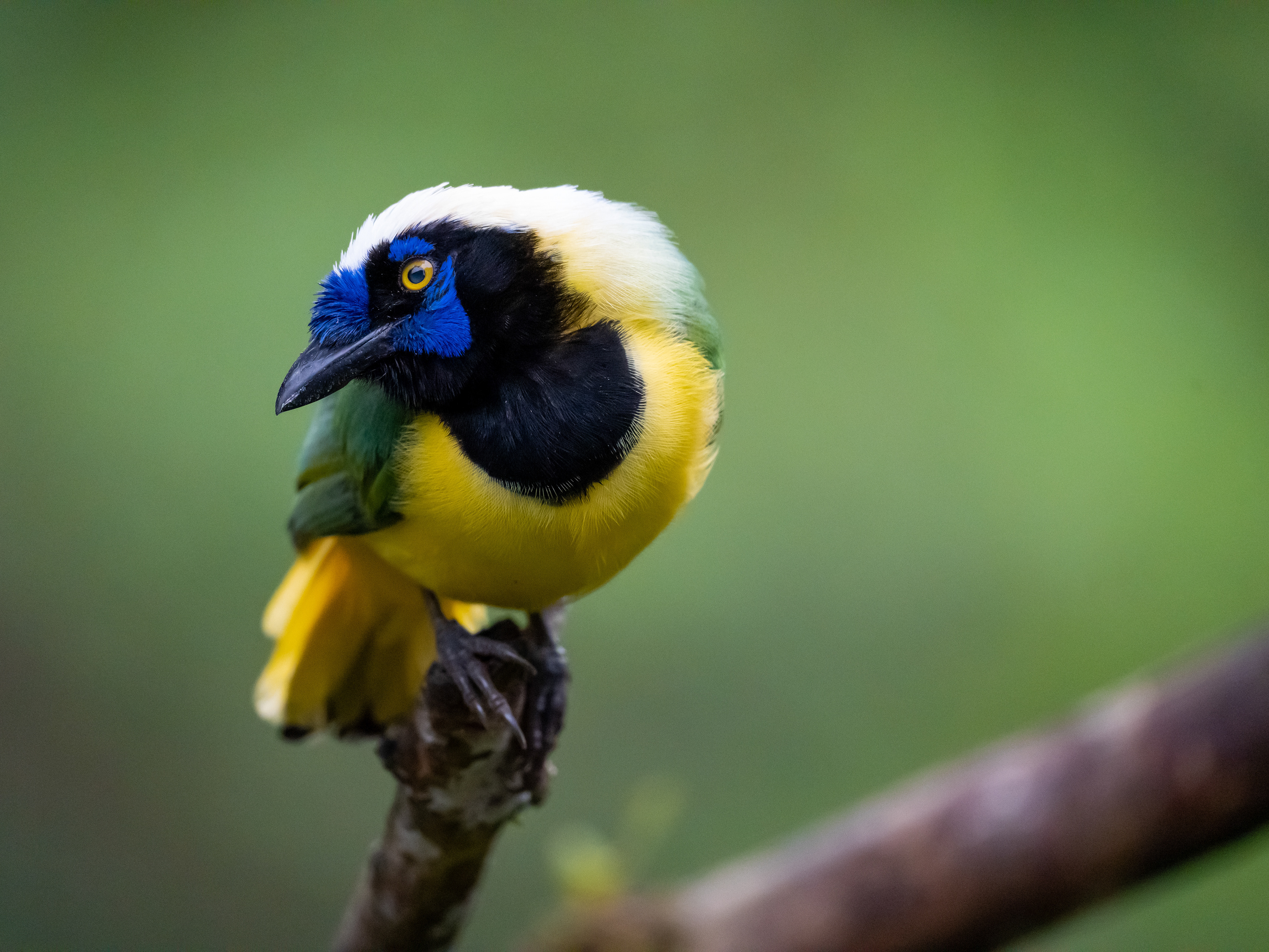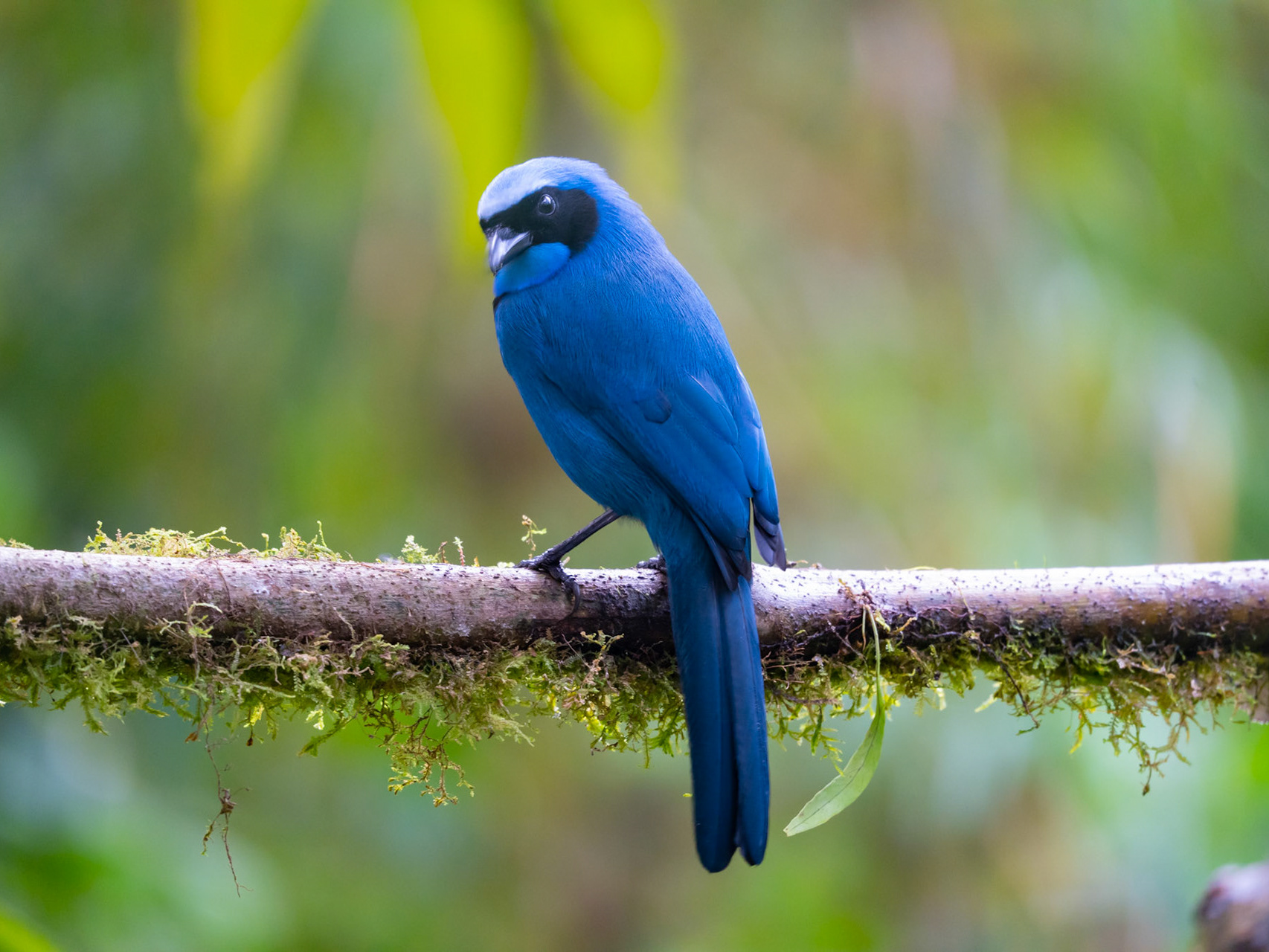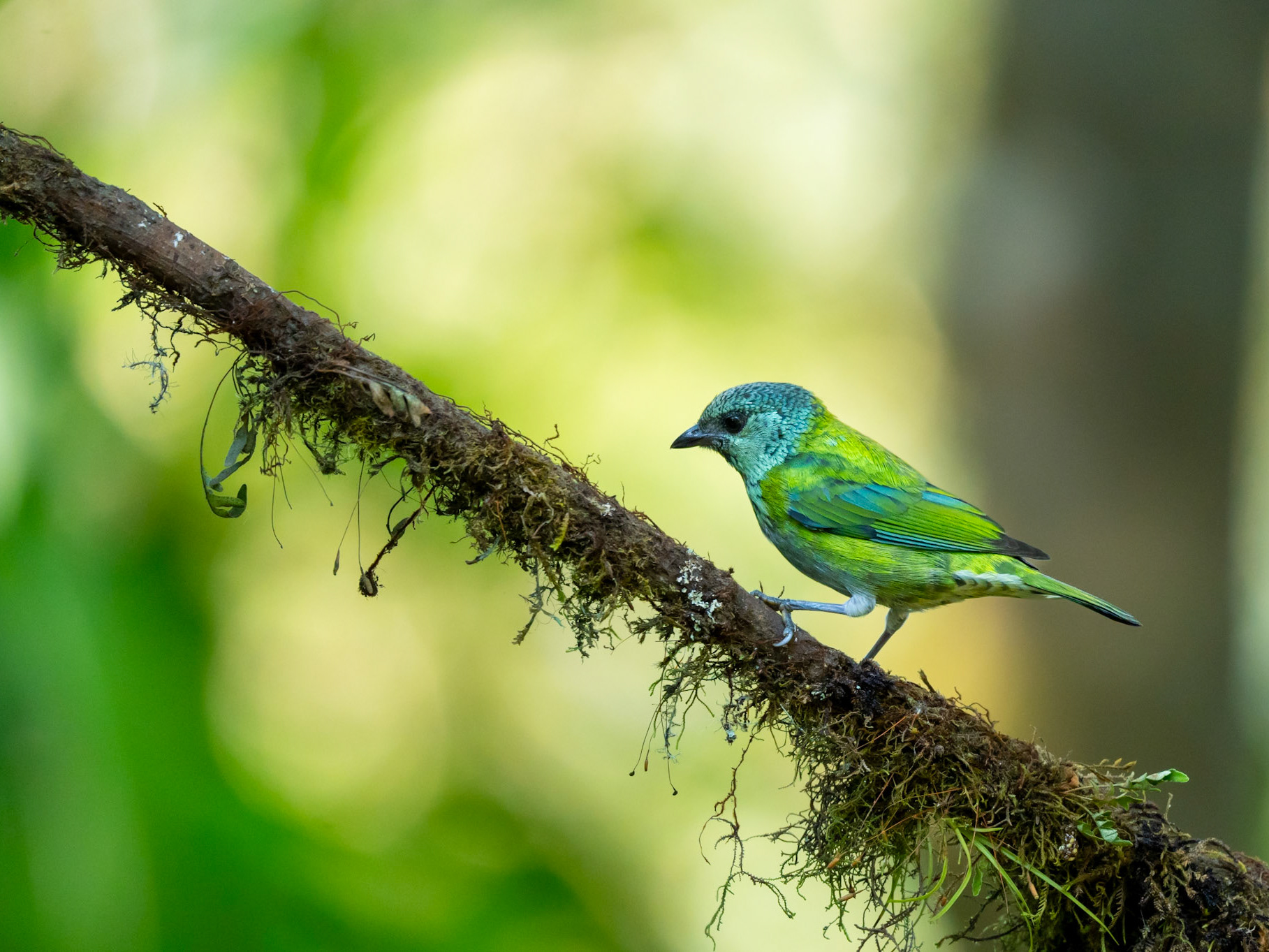
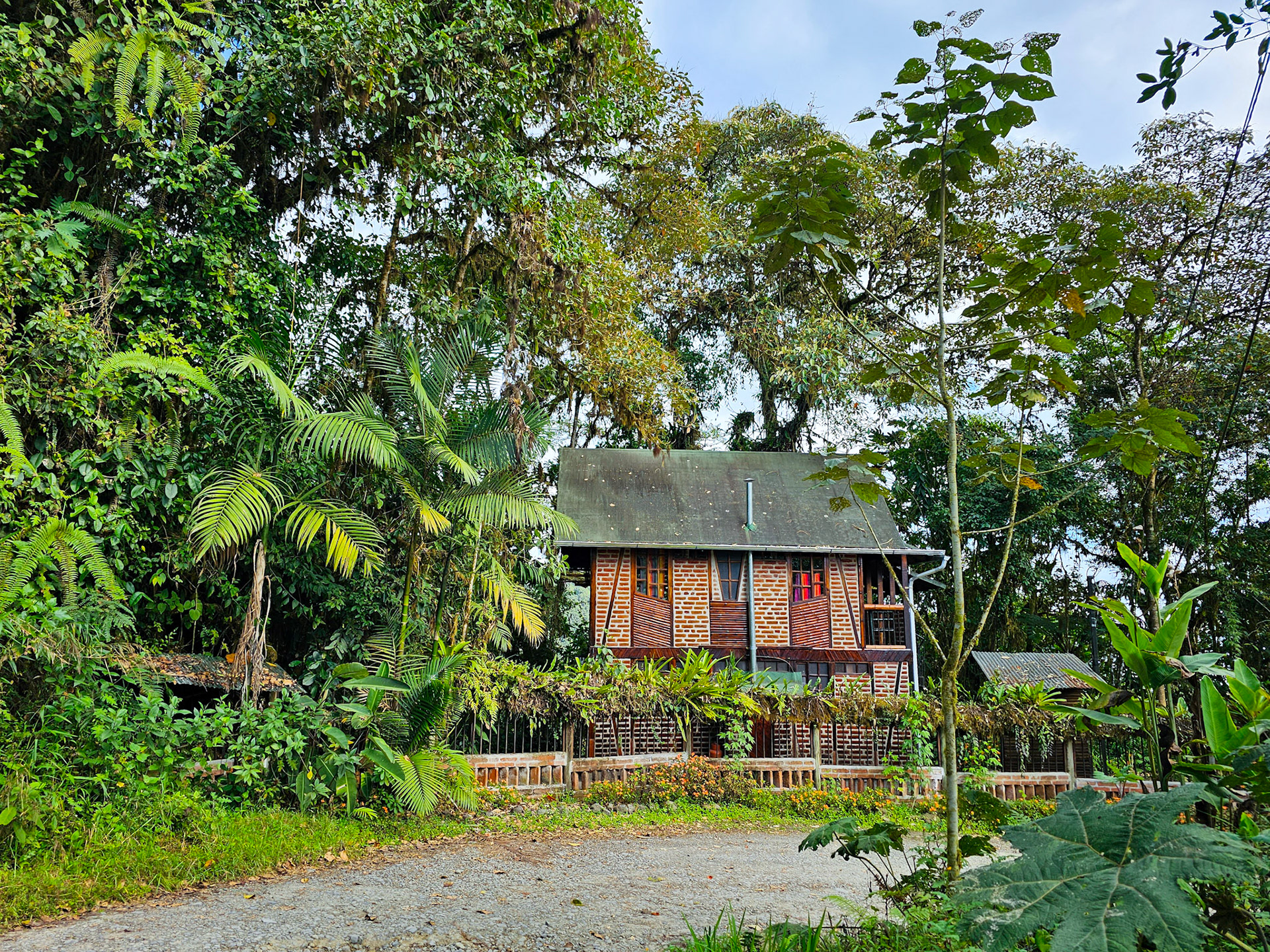
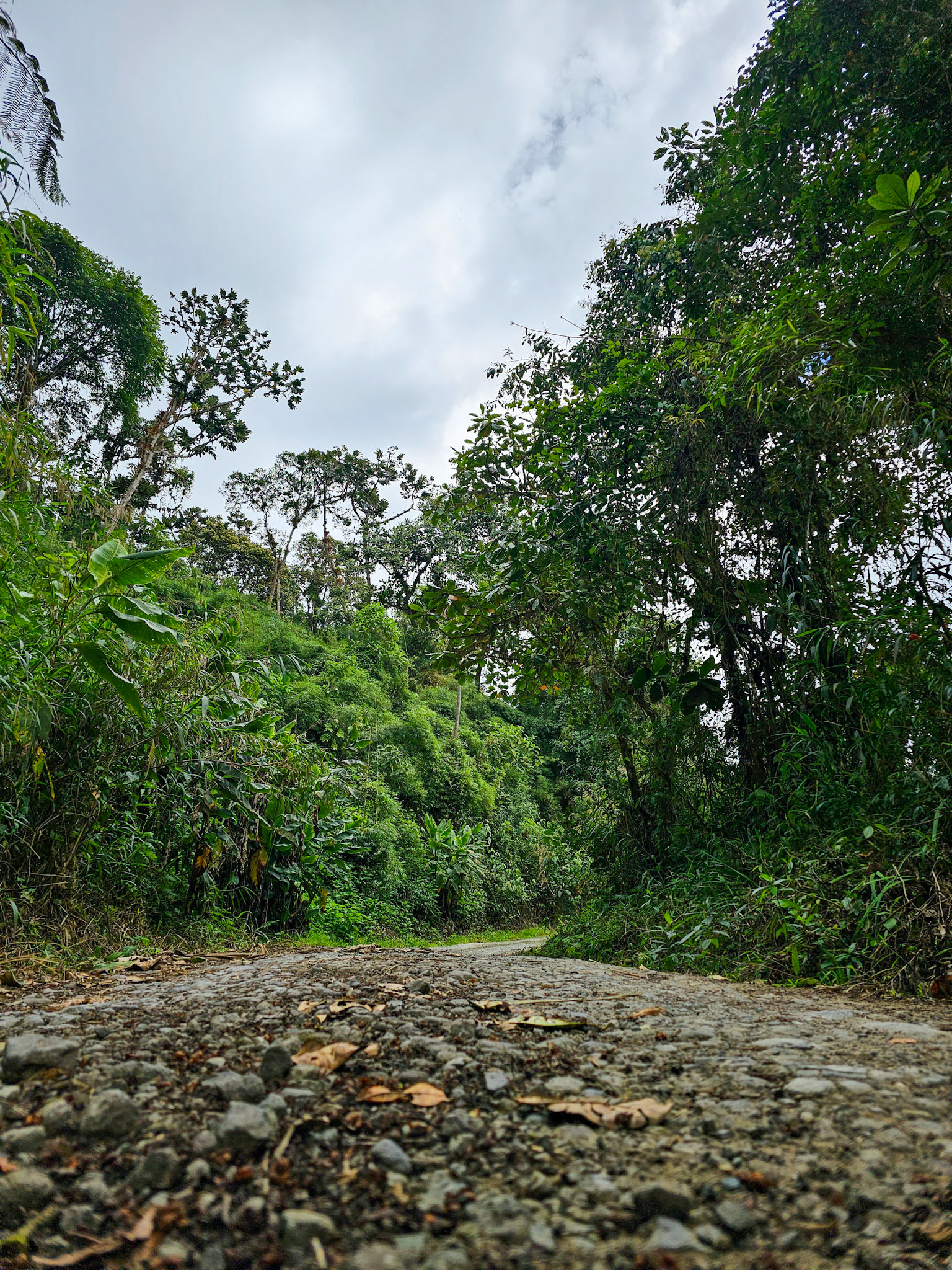
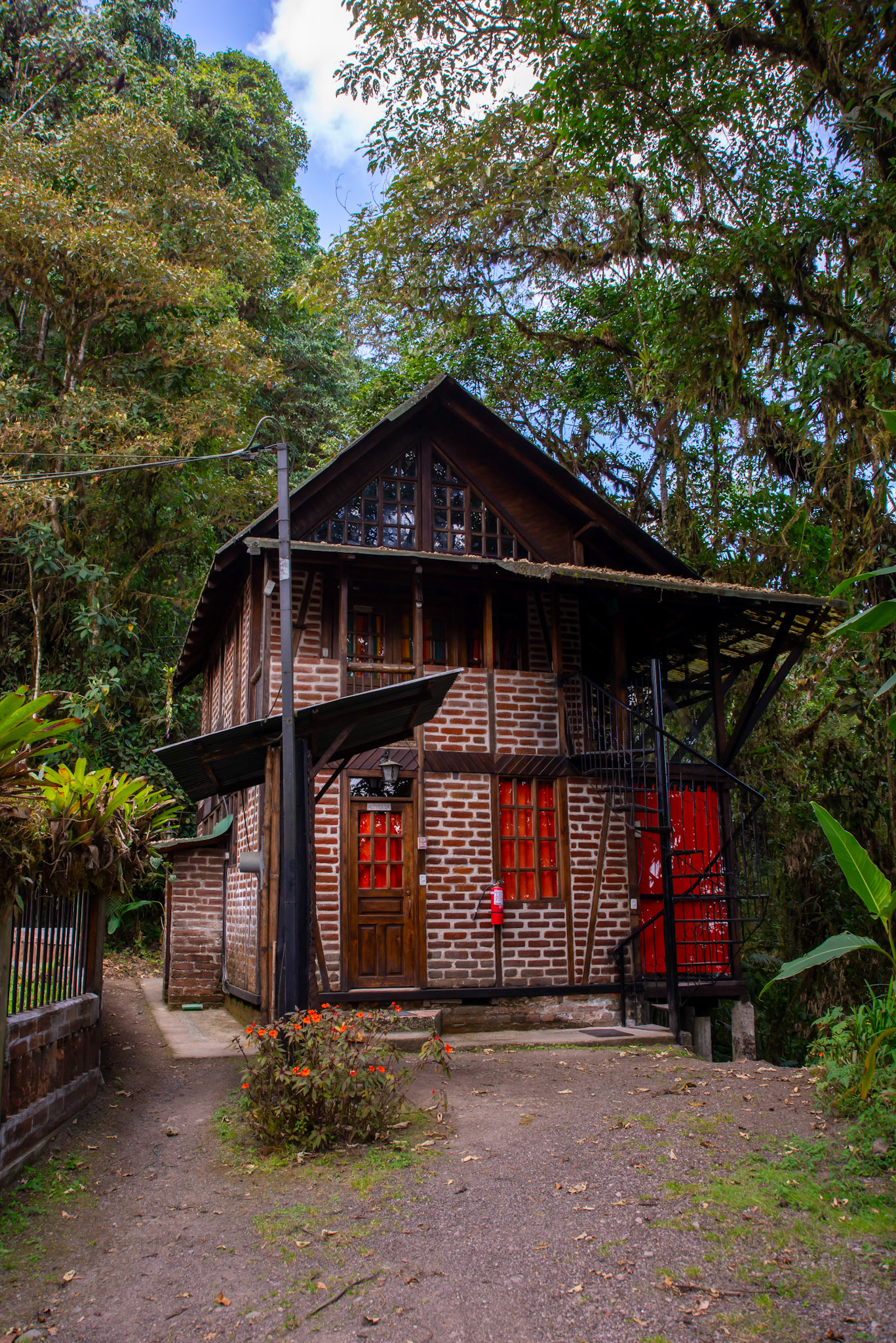
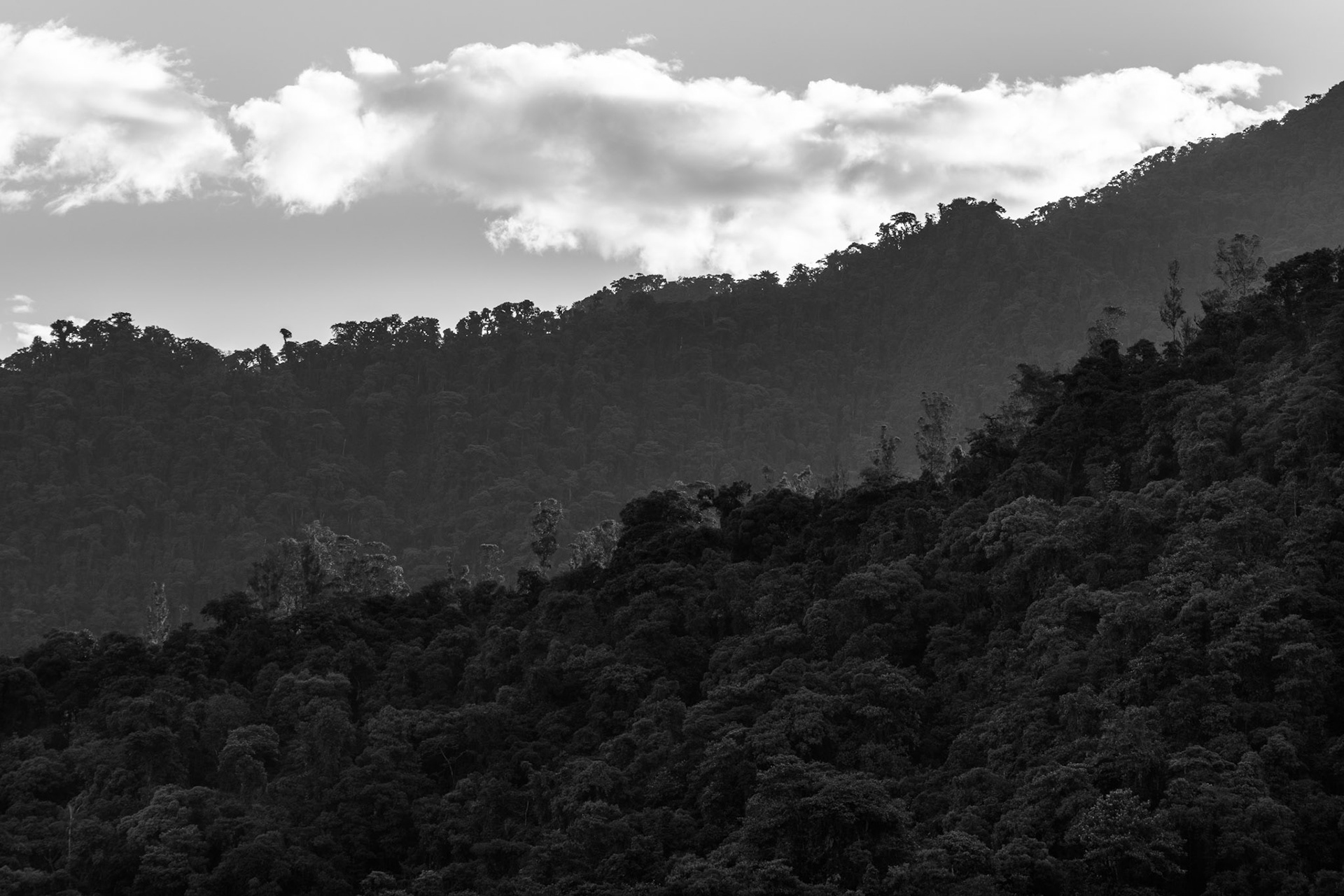
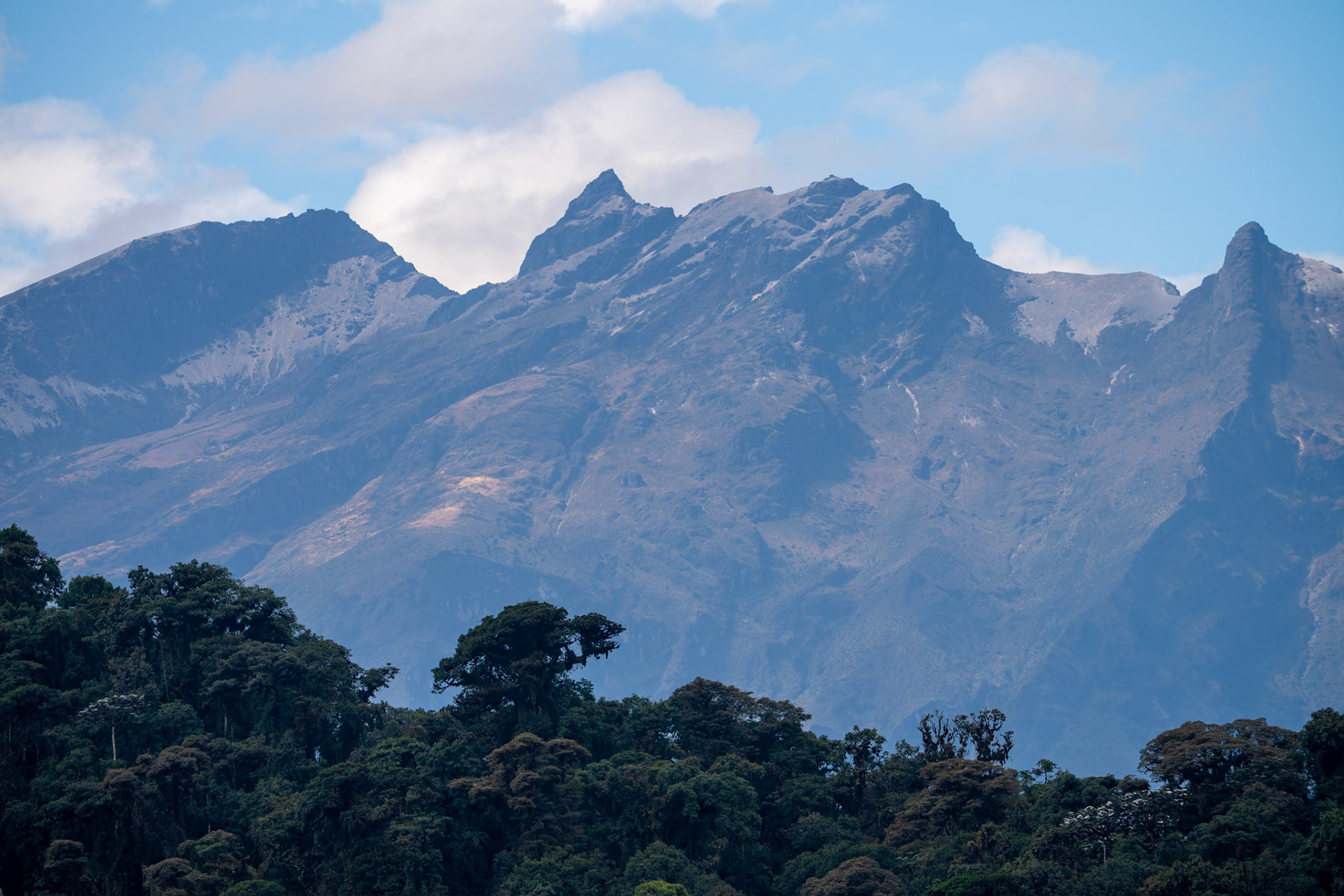
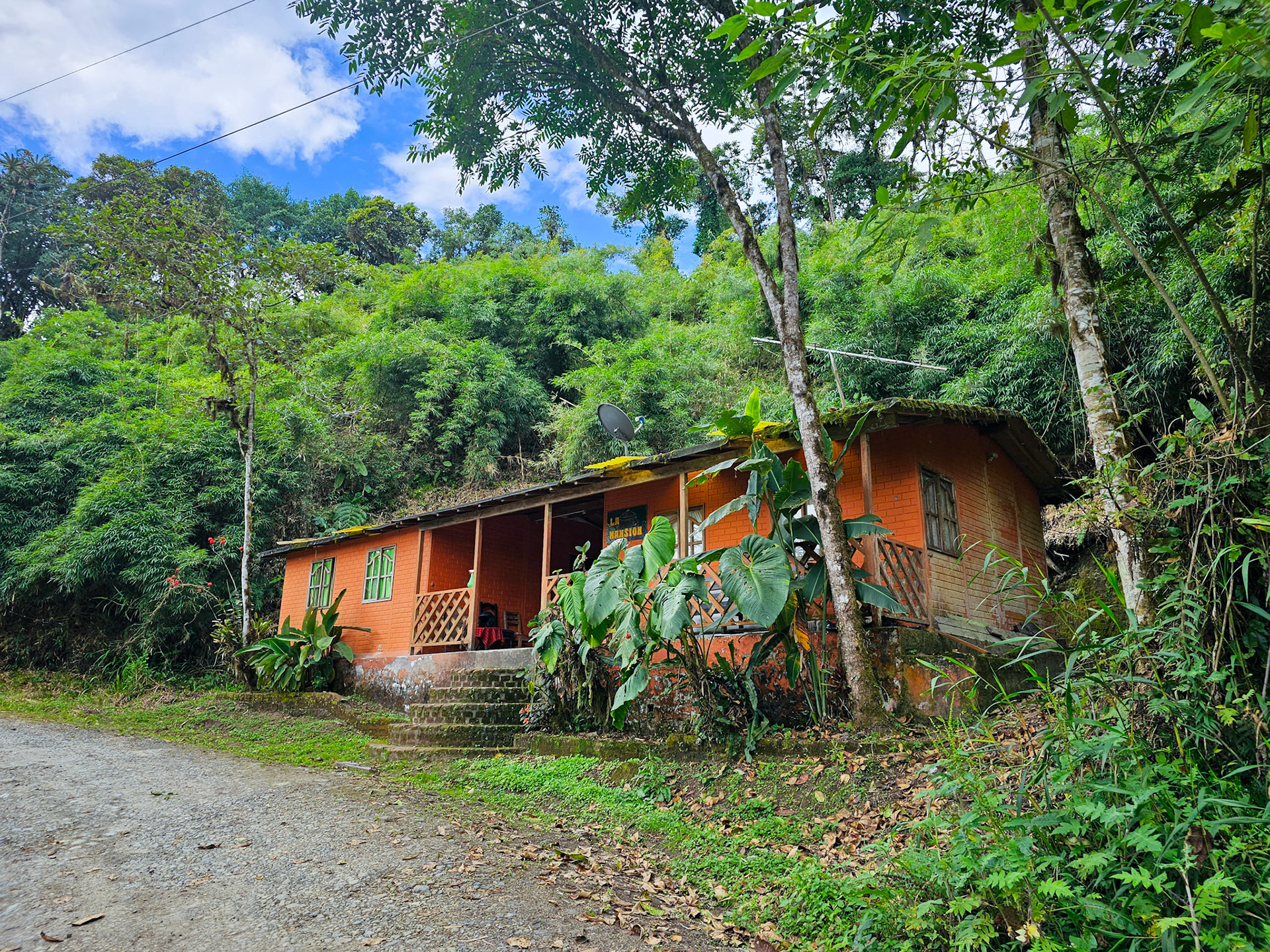
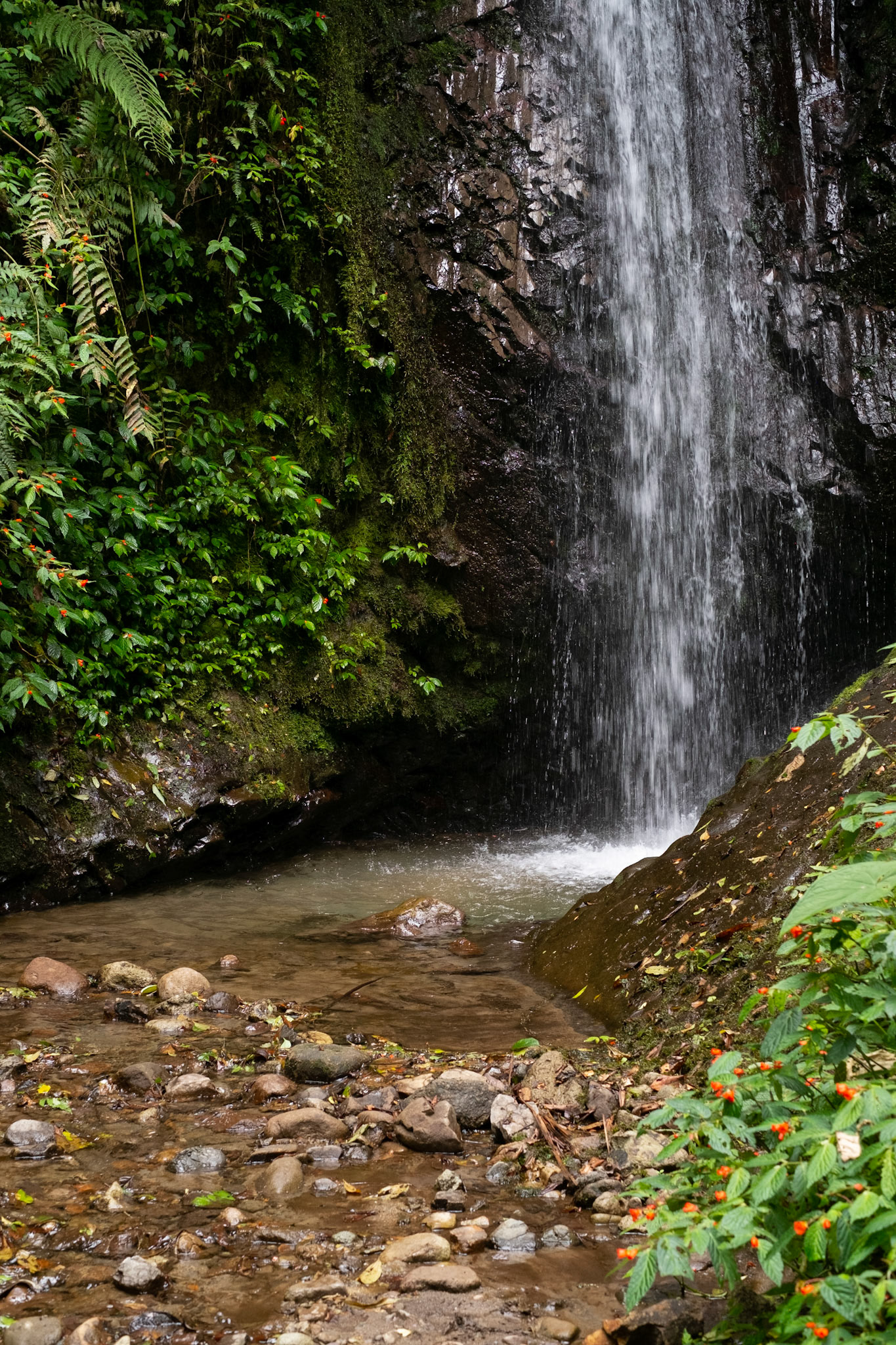

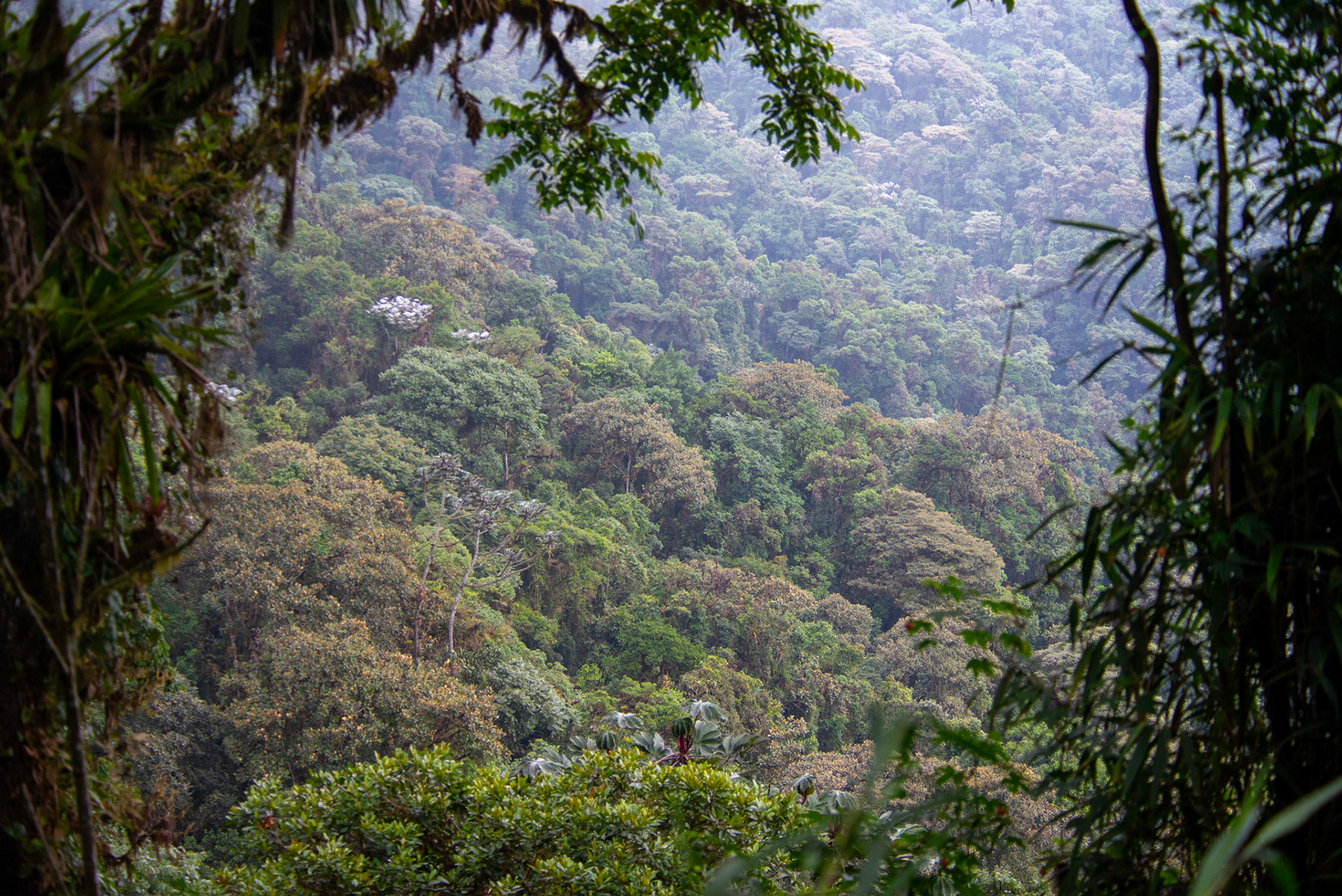
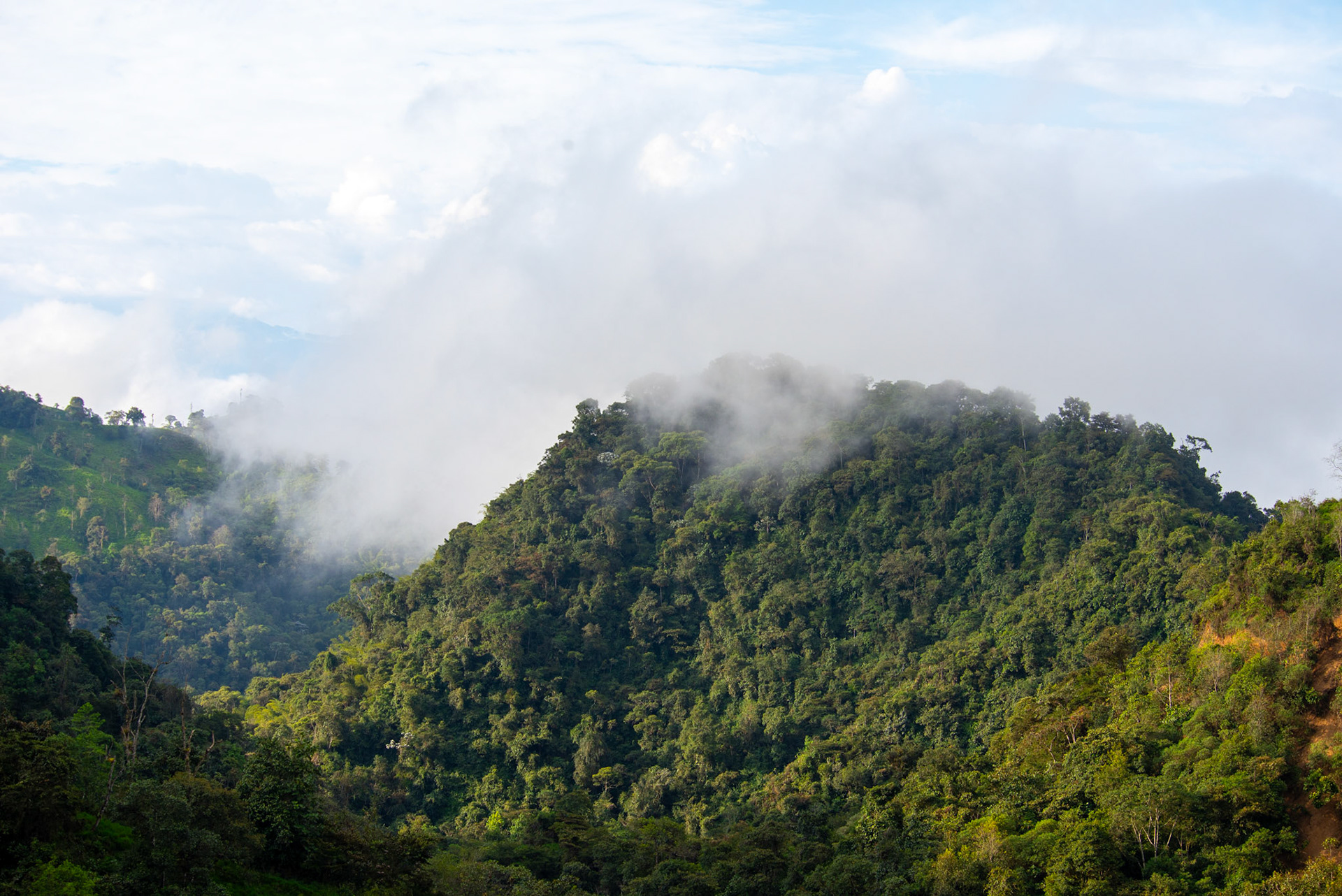
The Bellavista Cloud Forest Reserve, located in Tandayapa Valley, Ecuador, is a pristine and biodiverse natural sanctuary that offers a unique and immersive experience for nature enthusiasts and eco-tourists. Nestled within the lush cloud forest of the Andes Mountains, this reserve is renowned for its incredible array of flora and fauna, providing a haven for both researchers and visitors seeking to connect with nature.
Location
Lodging and Hiking
Bellavista Cloud Forest Lodge is an eco-friendly lodge located in the heart of the cloud forest in Tandayapa Valley, Ecuador. It is renowned for providing visitors with an immersive experience in one of the most biodiverse and captivating environments in the world.
Bellavista offers a network of well-marked trails that wind through the cloud forest, allowing visitors to immerse themselves in the beauty of the natural surroundings. Hiking through the misty forest, visitors can experience the vibrant flora, listen to the melodious calls of birds, and maybe even catch a glimpse of elusive wildlife.
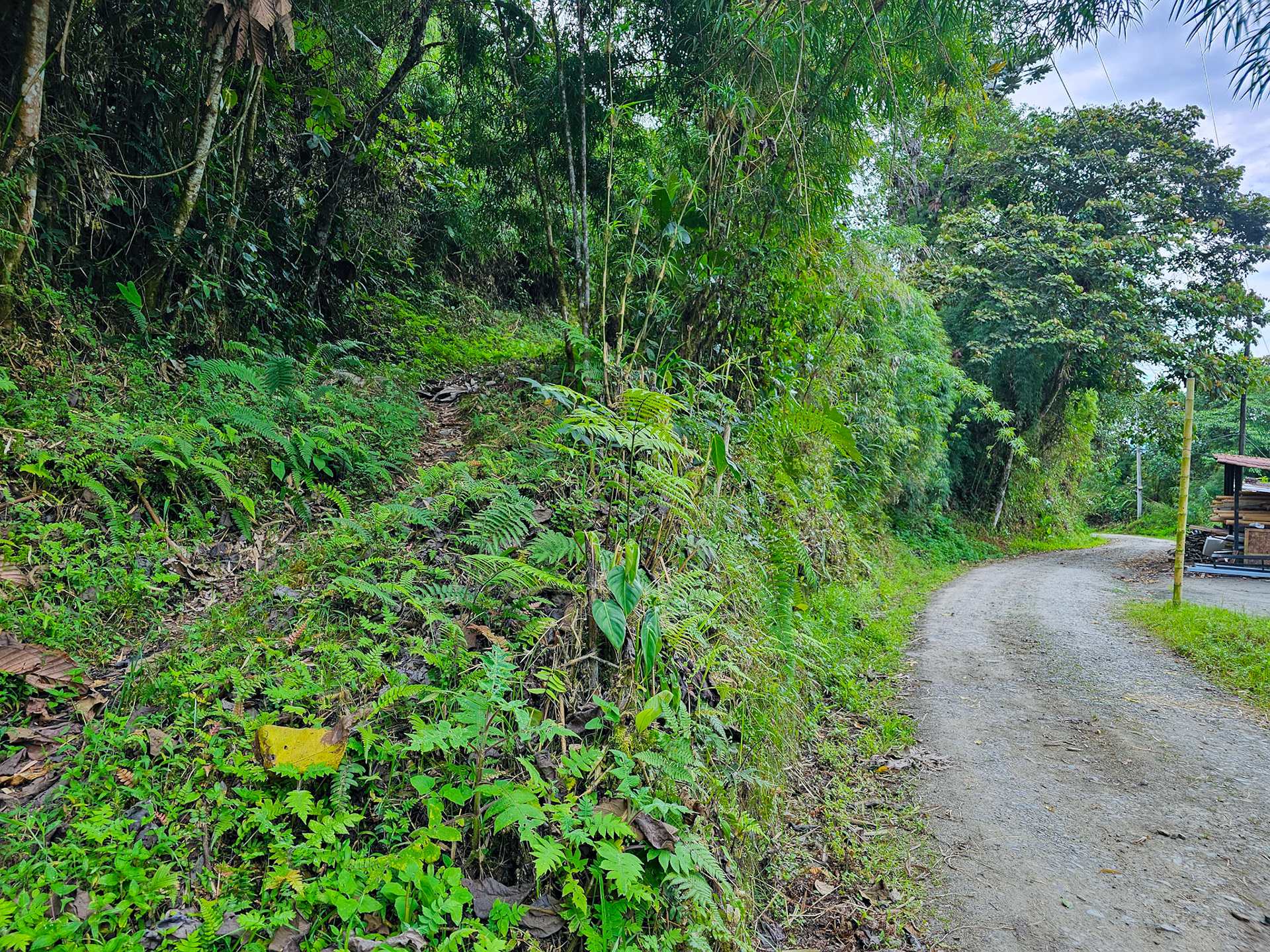

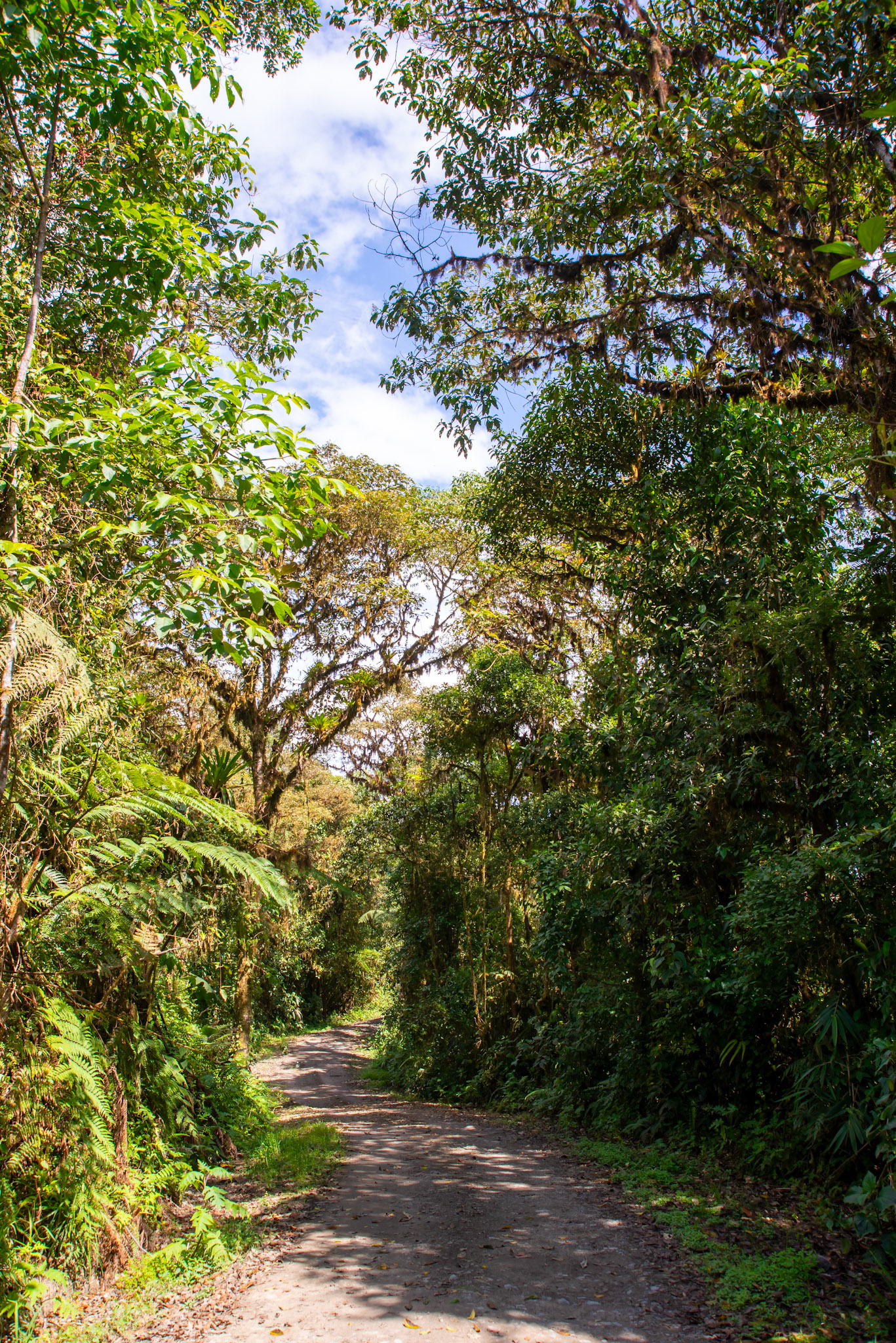
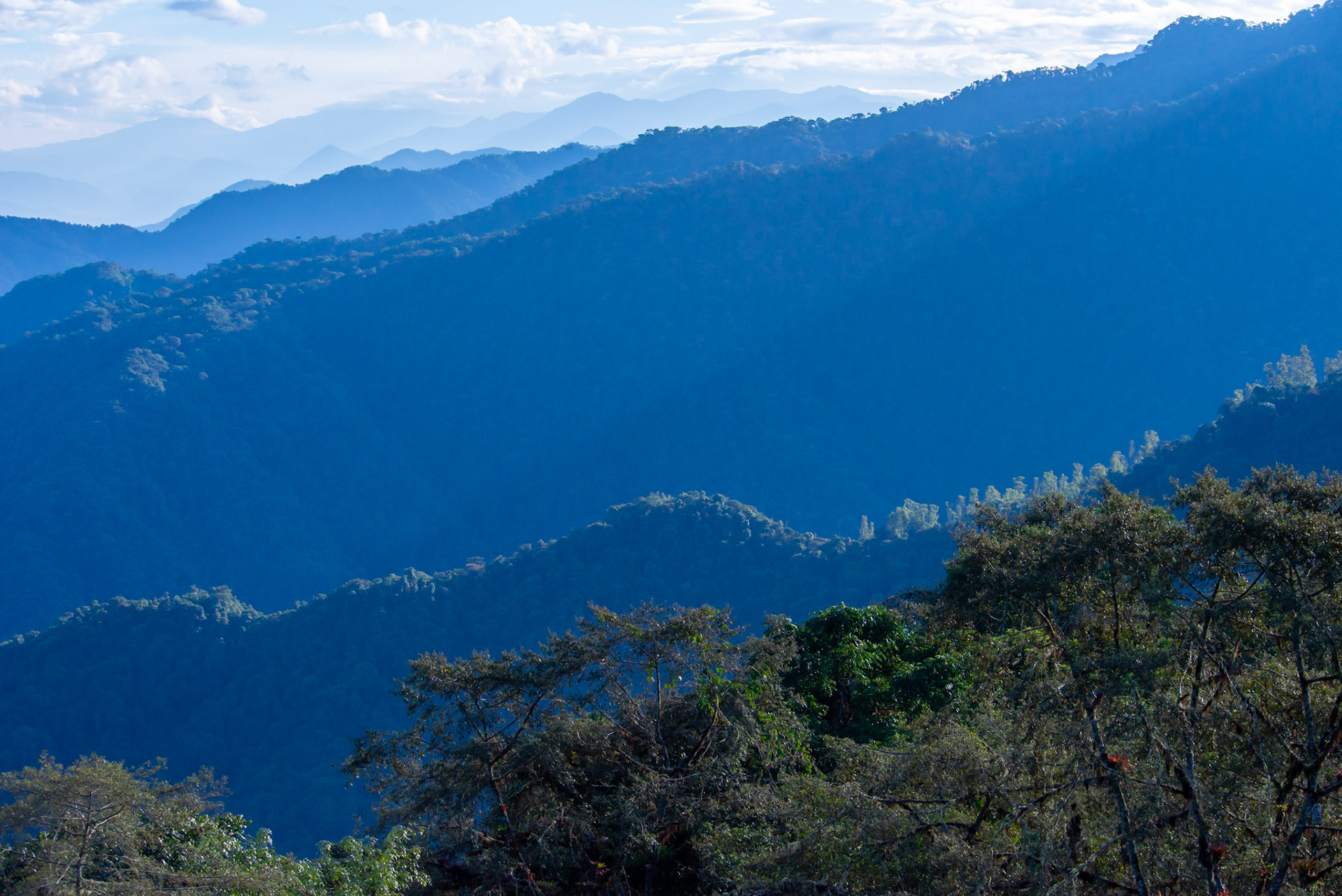
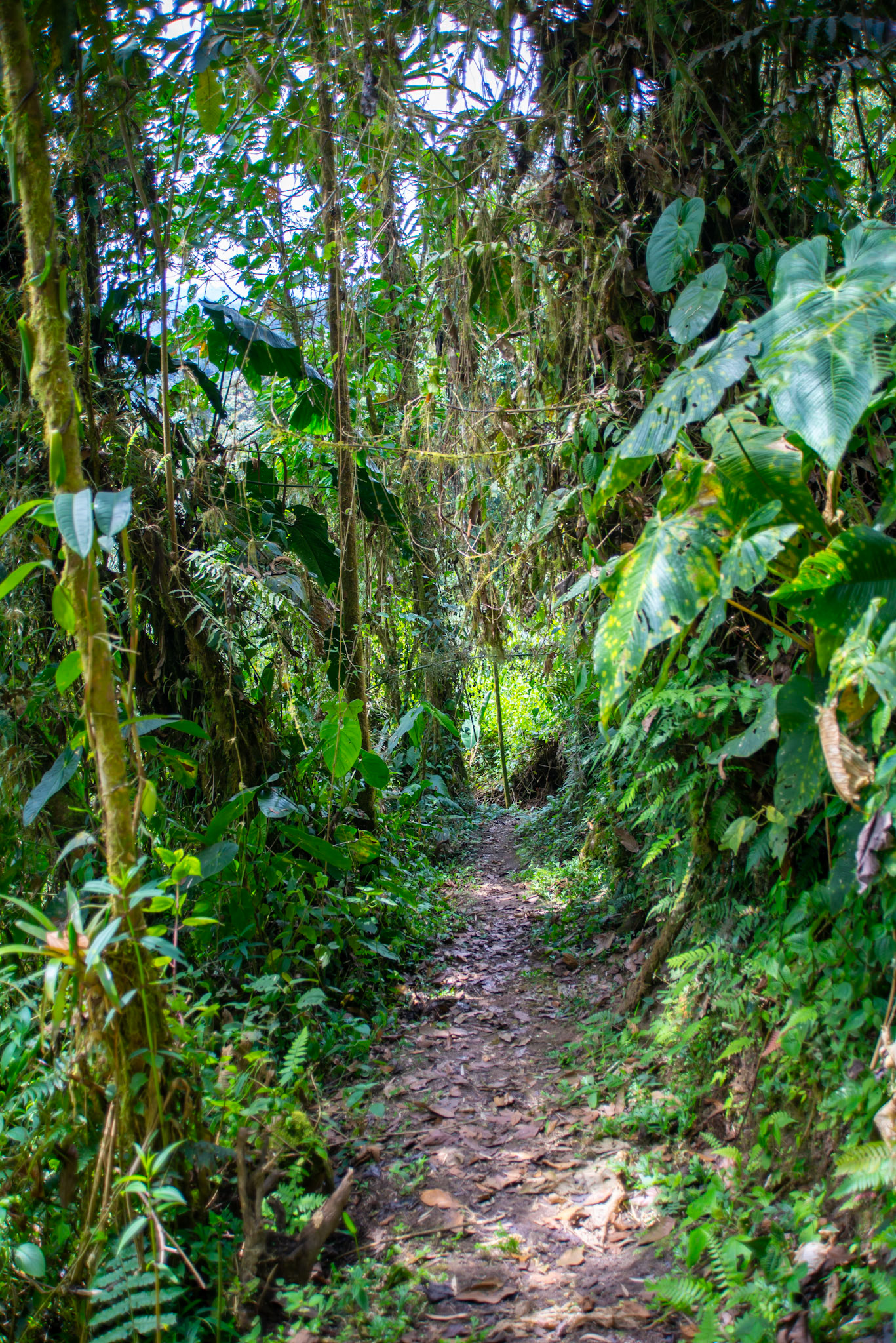
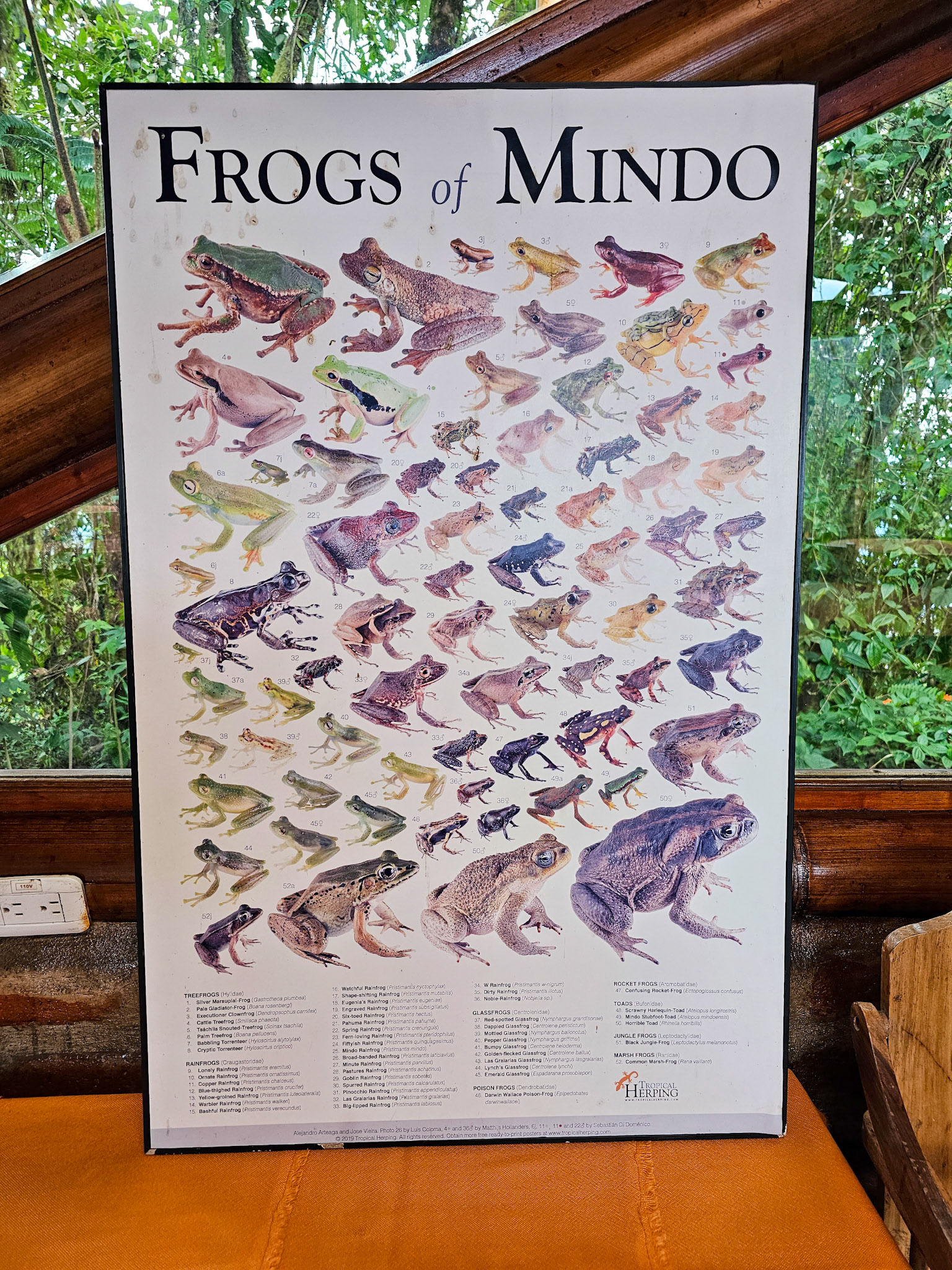


Biodiversity and Birdwatching
Bellavista Reserve is celebrated for its extraordinary biodiversity, boasting a wide range of plant and animal species. The cloud forest is a biodiverse paradise, home to numerous species of orchids, bromeliads, mosses, and ferns. It's also a haven for avian enthusiasts, as the area is abundant with colorful birds, including toucans, tanagers, and hummingbirds.
One of the main attractions of Bellavista Reserve is its exceptional birdwatching opportunities. The reserve hosts a significant number of bird species, making it a hotspot for birdwatchers. The famed Andean Cock-of-the-Rock, a vibrant orange and black bird, is a star attraction here. The hummingbird feeders set up throughout the reserve provide incredible opportunities to observe these dazzling, fast-flying creatures up close.
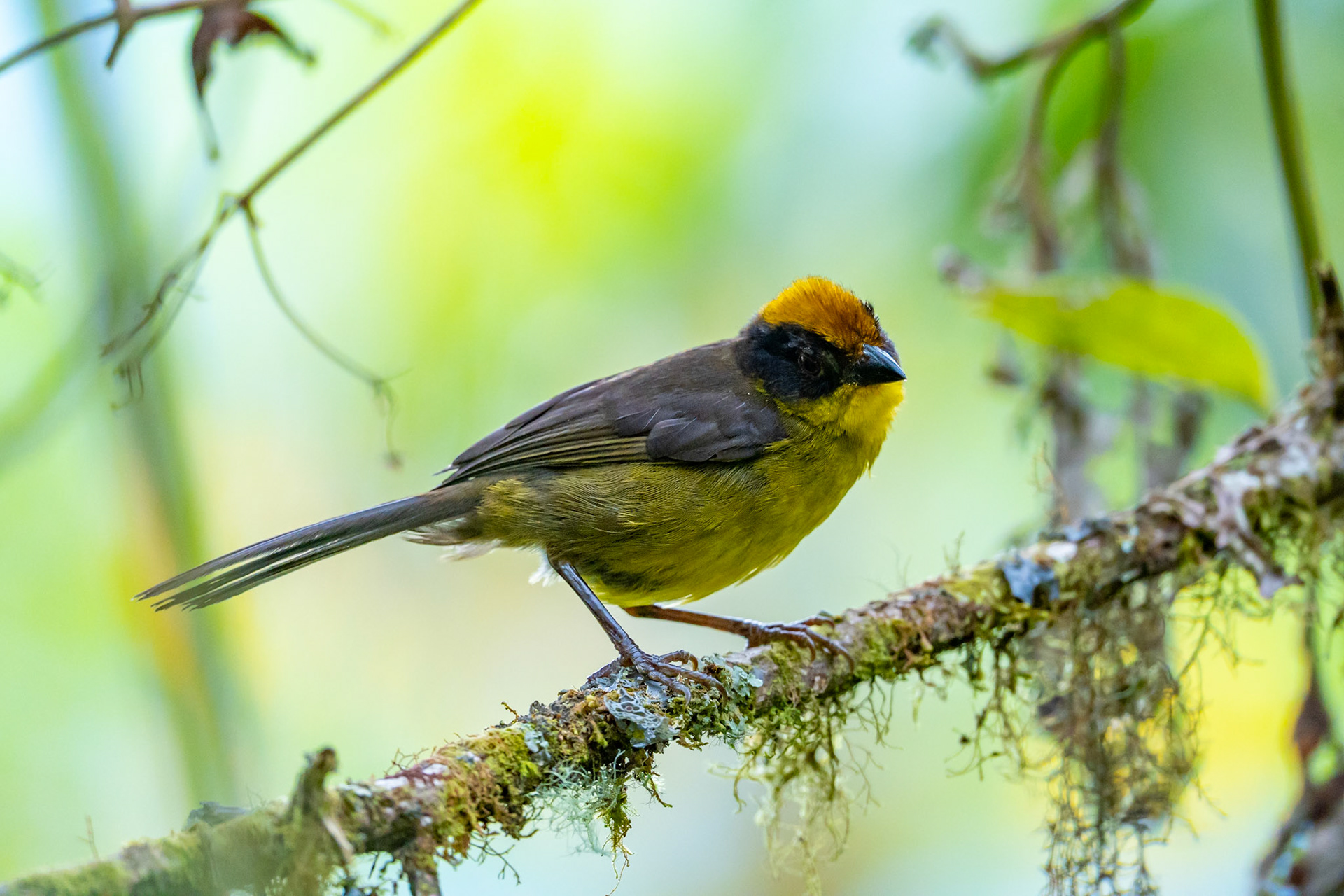
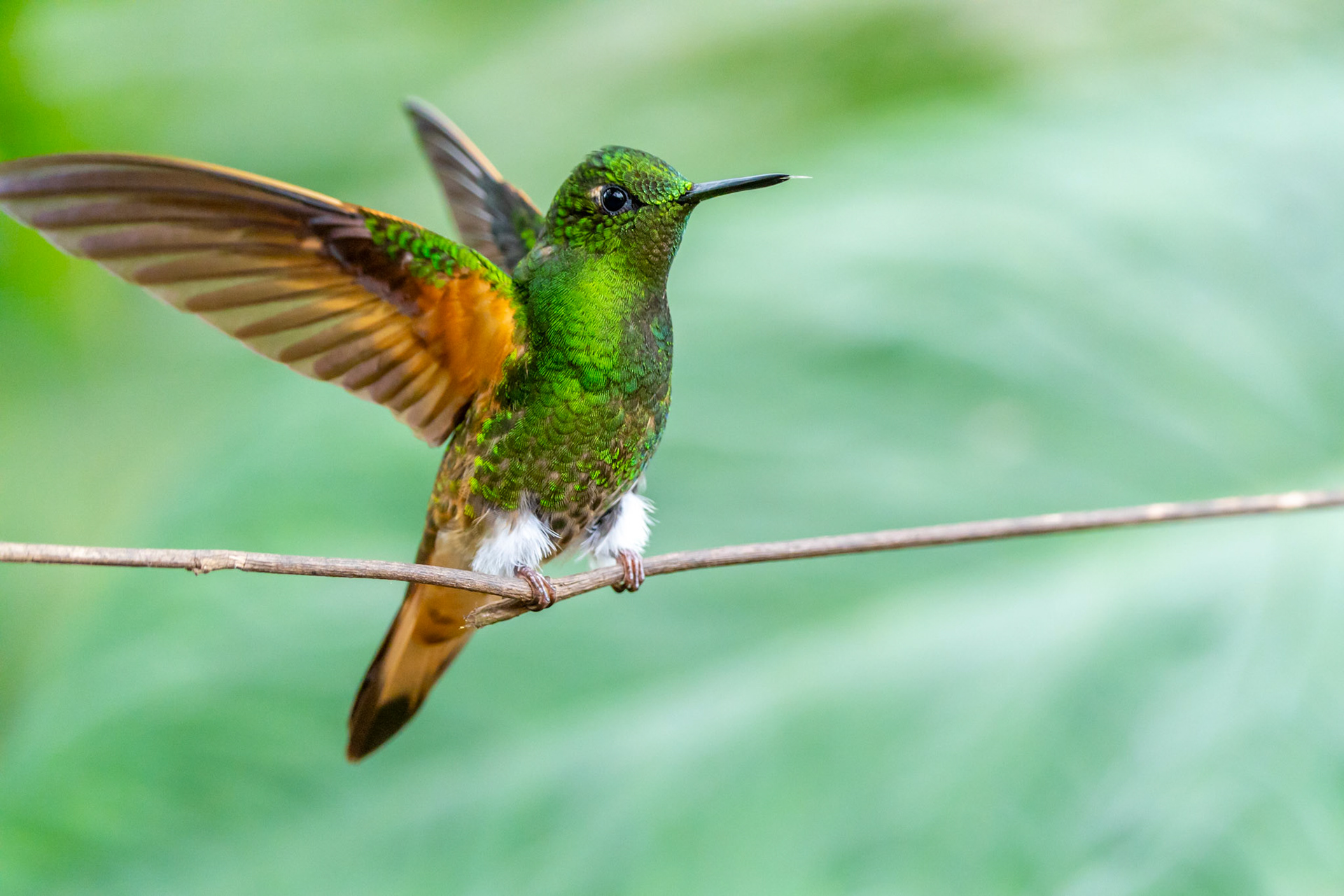
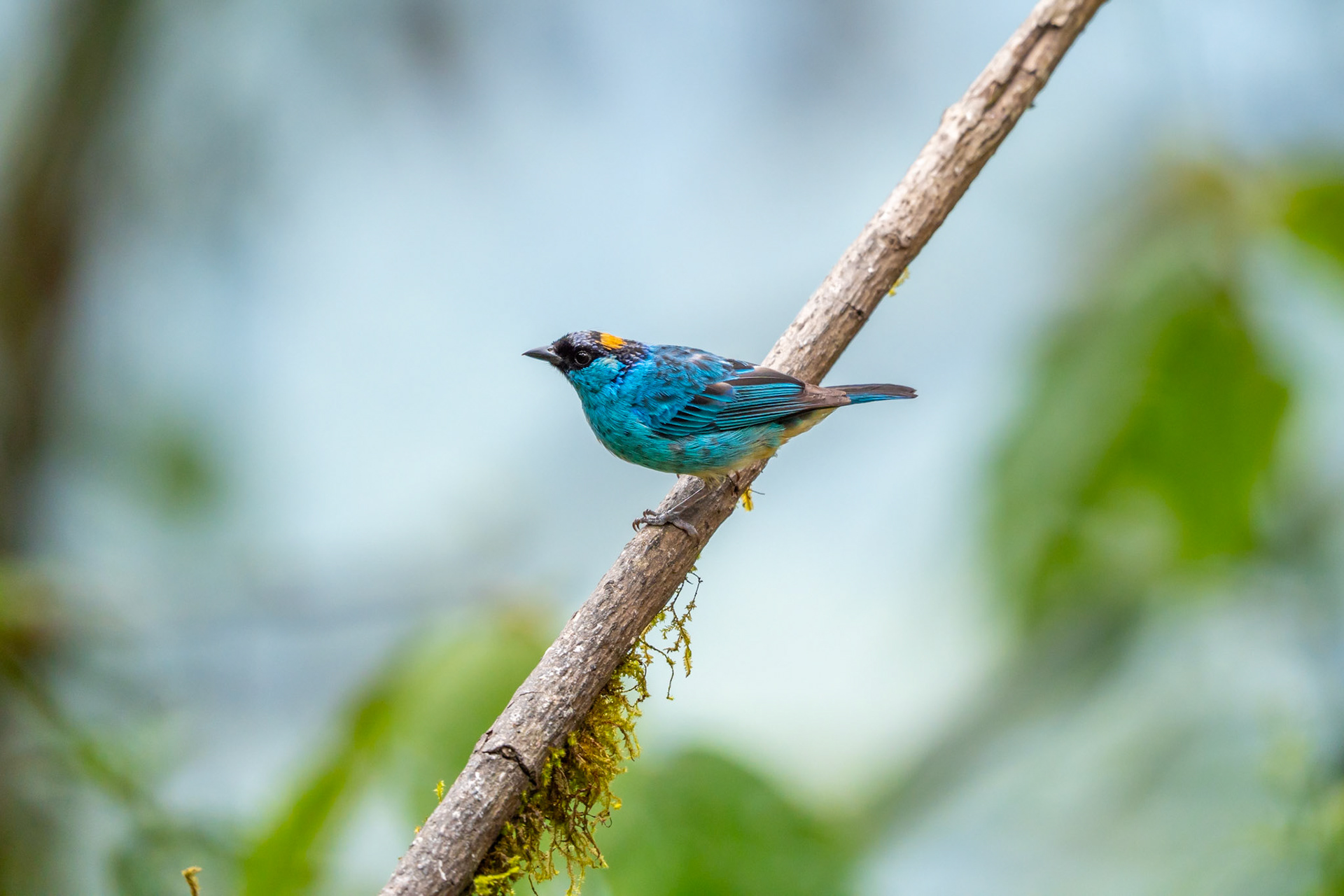
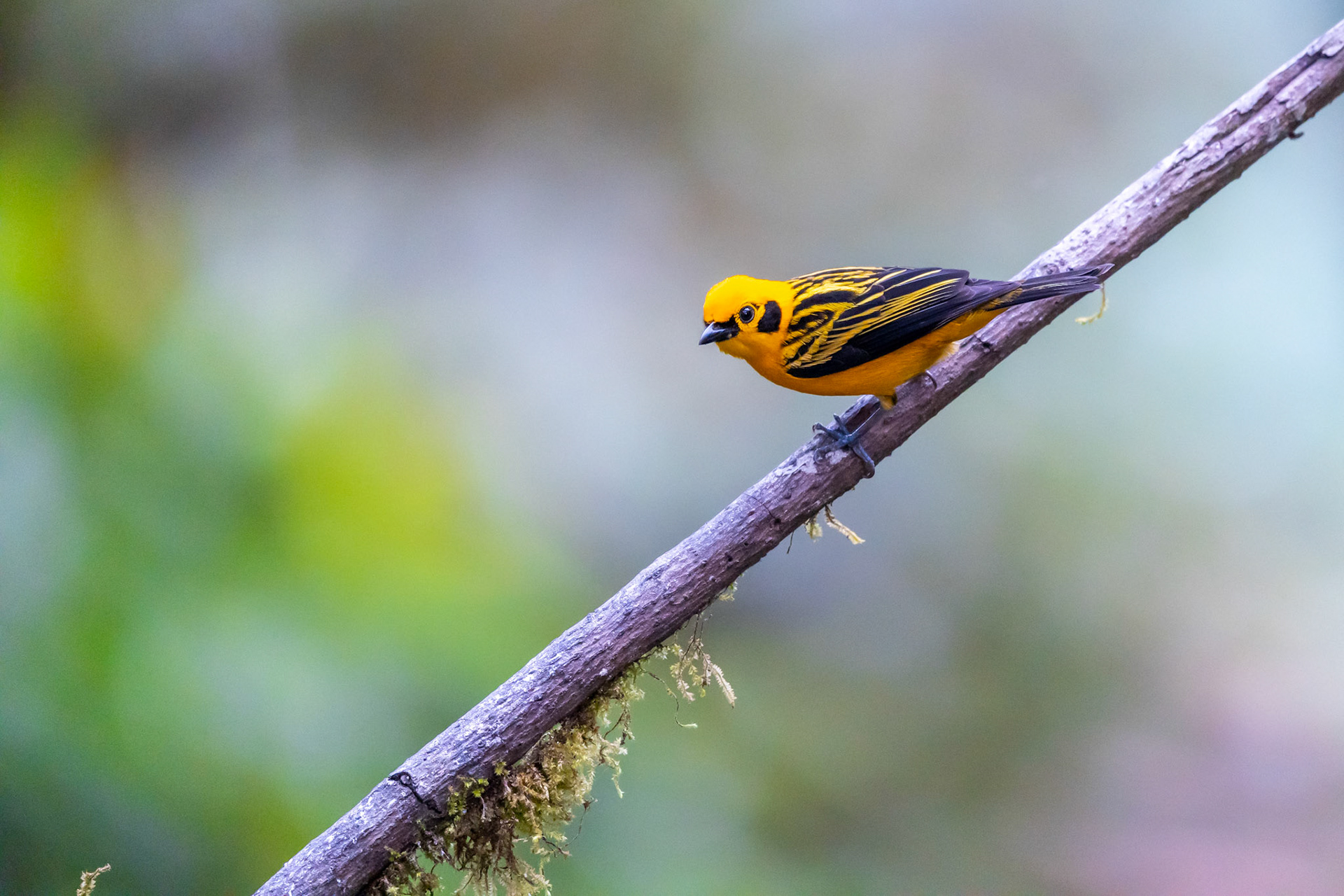
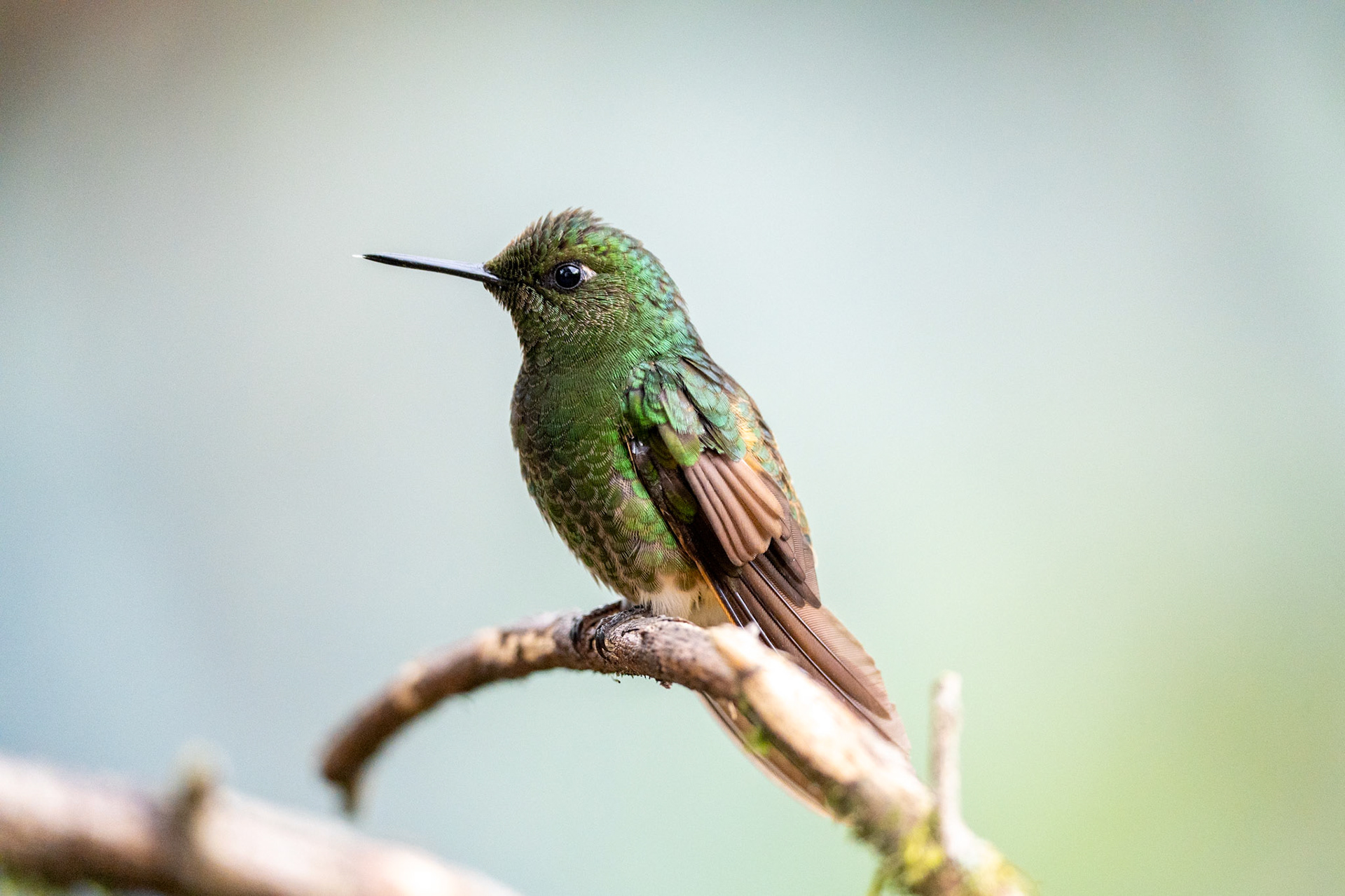
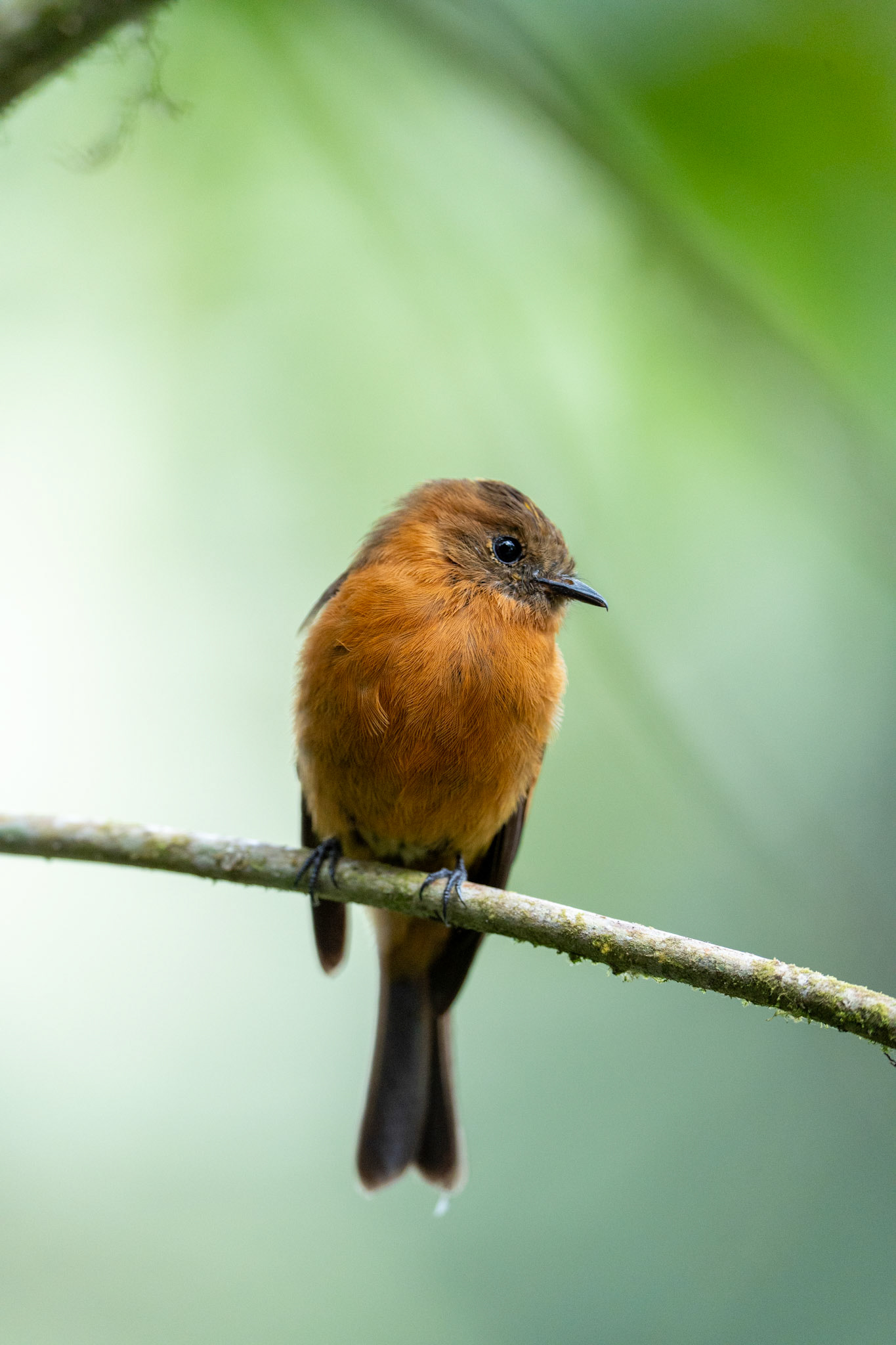
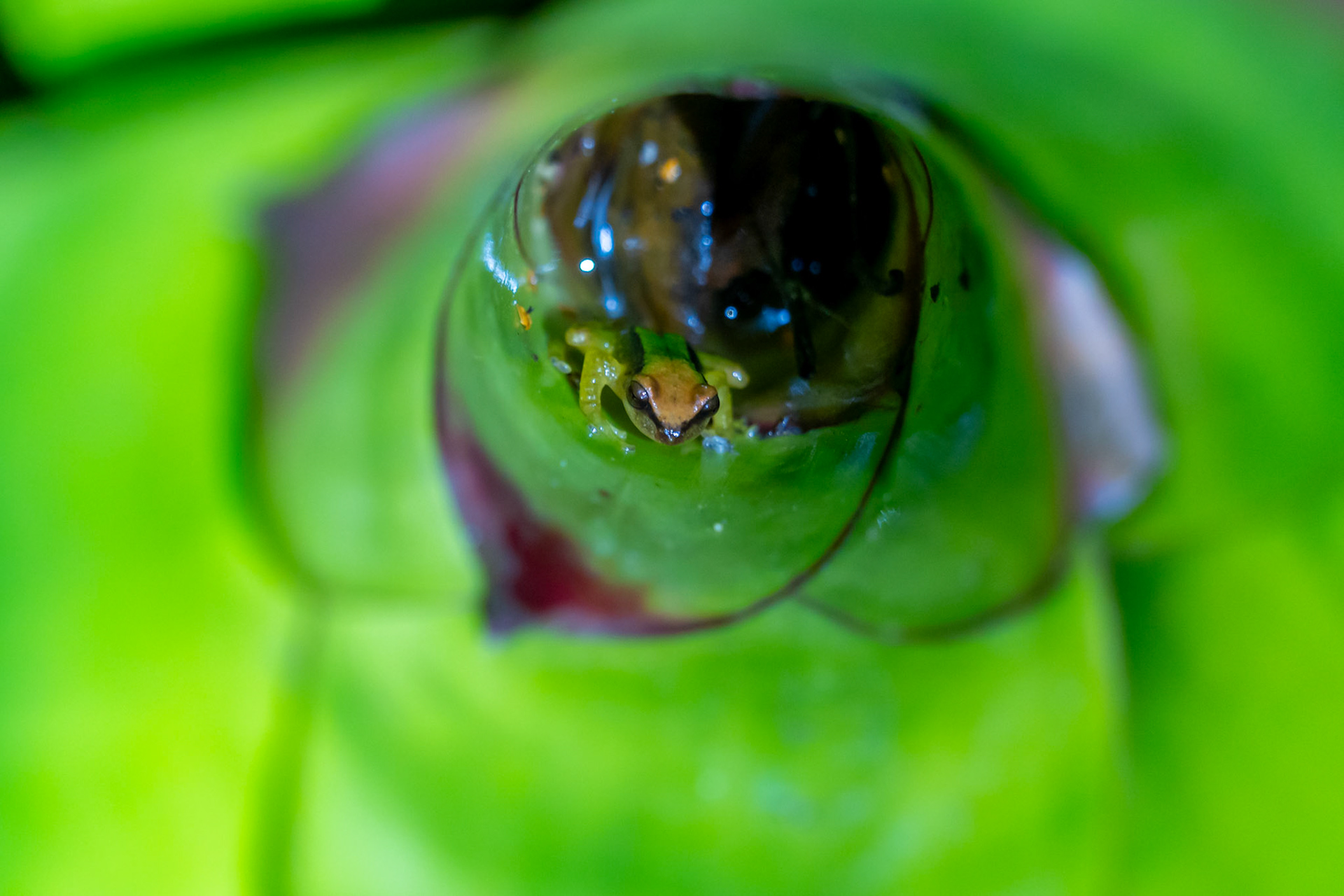
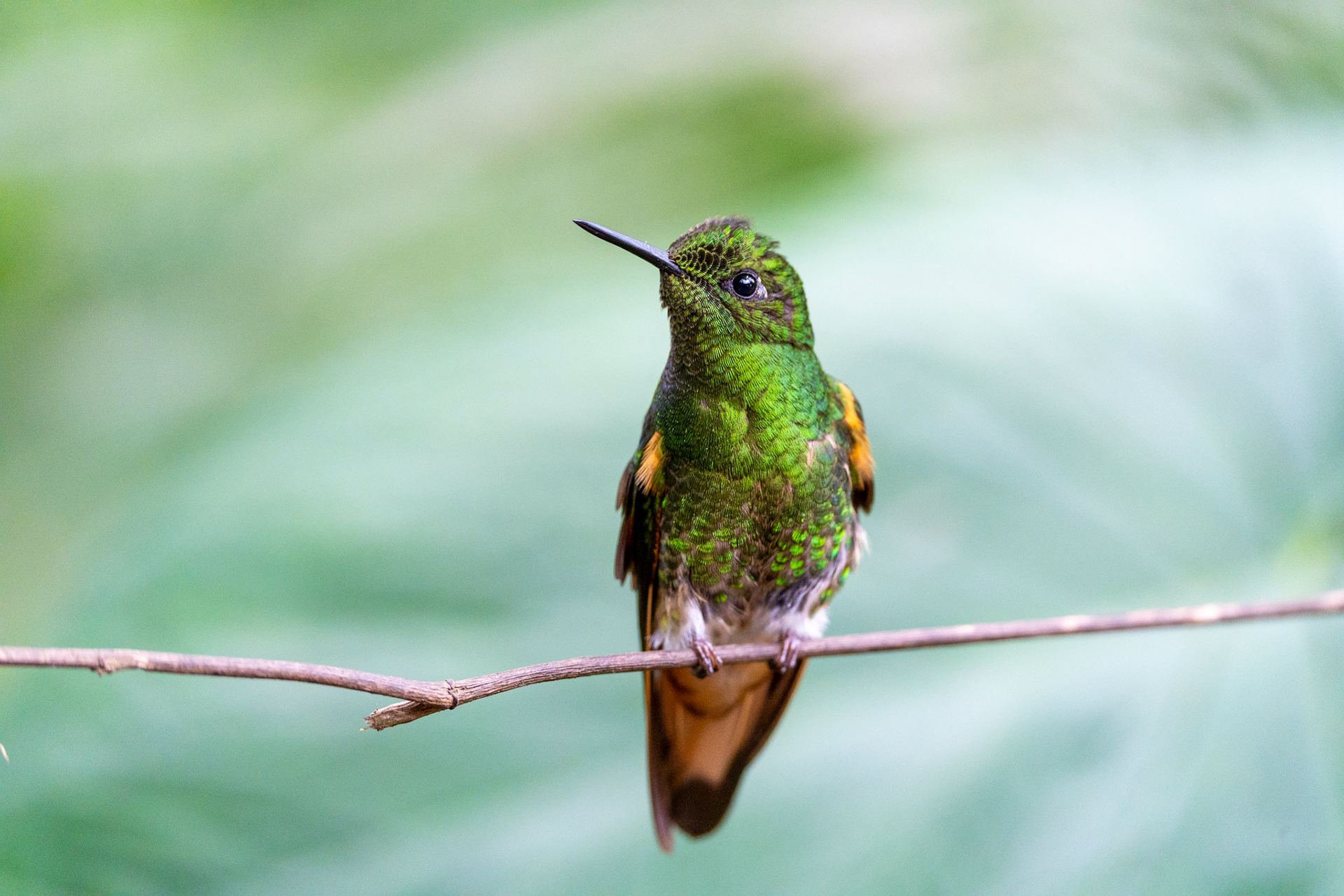

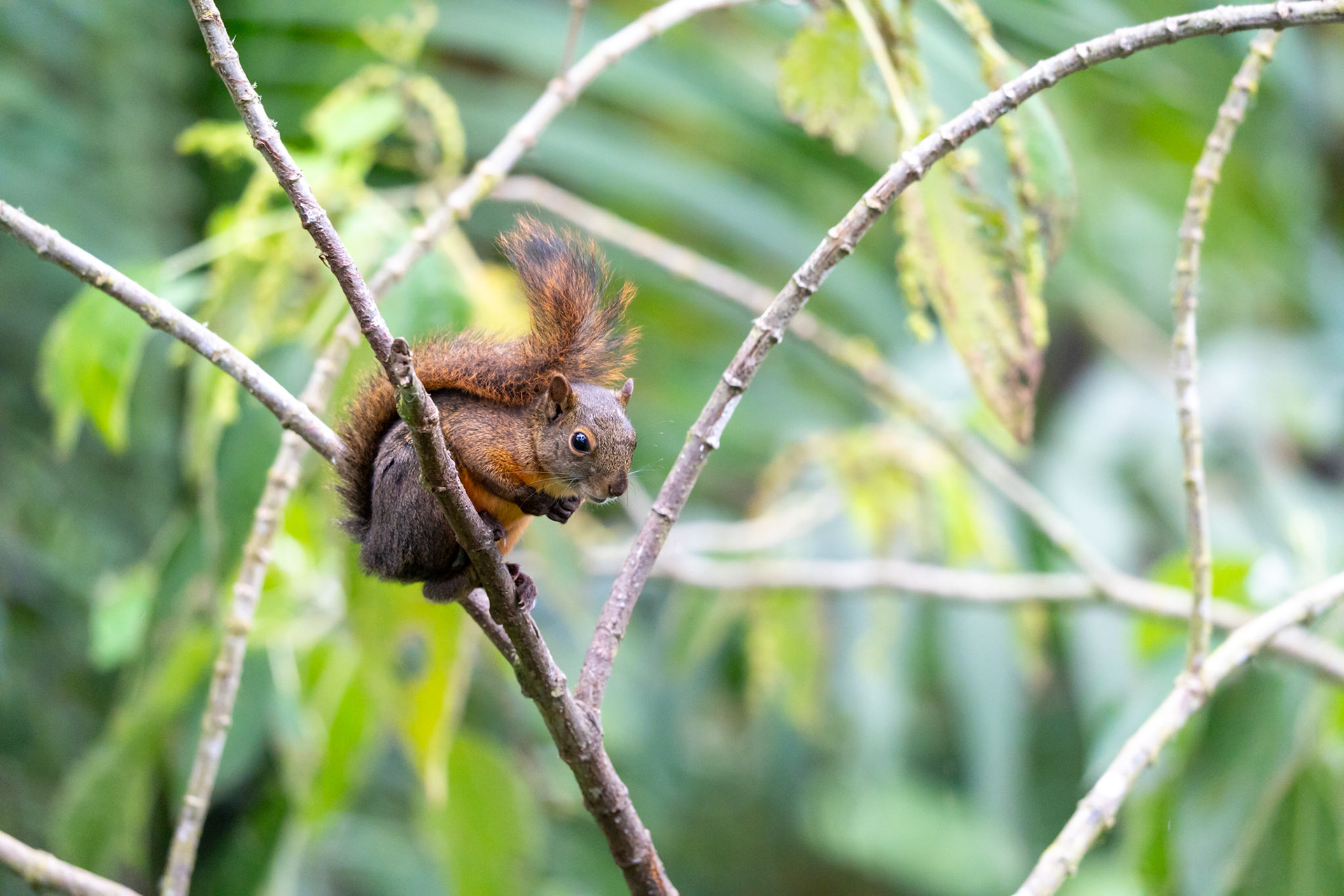
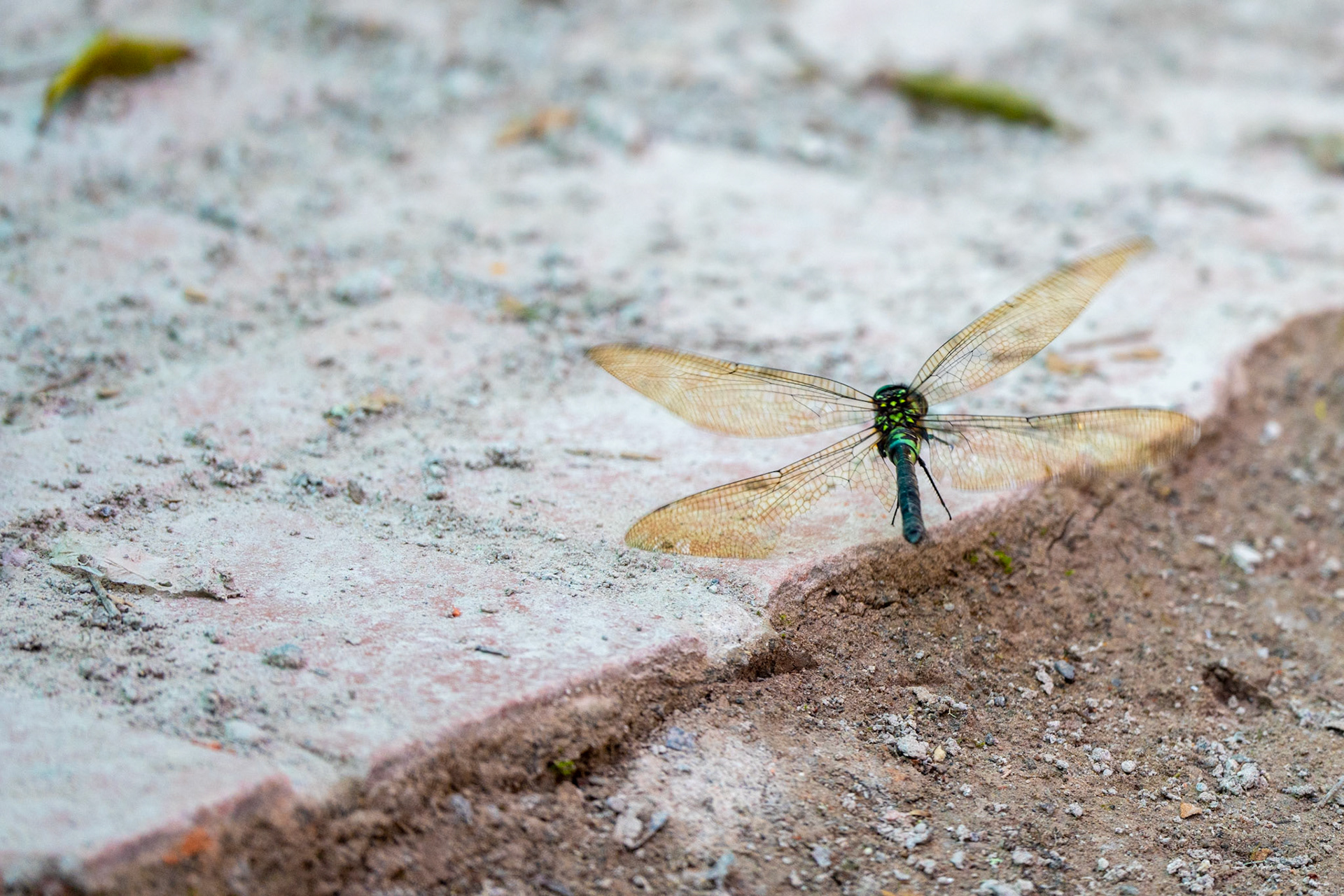
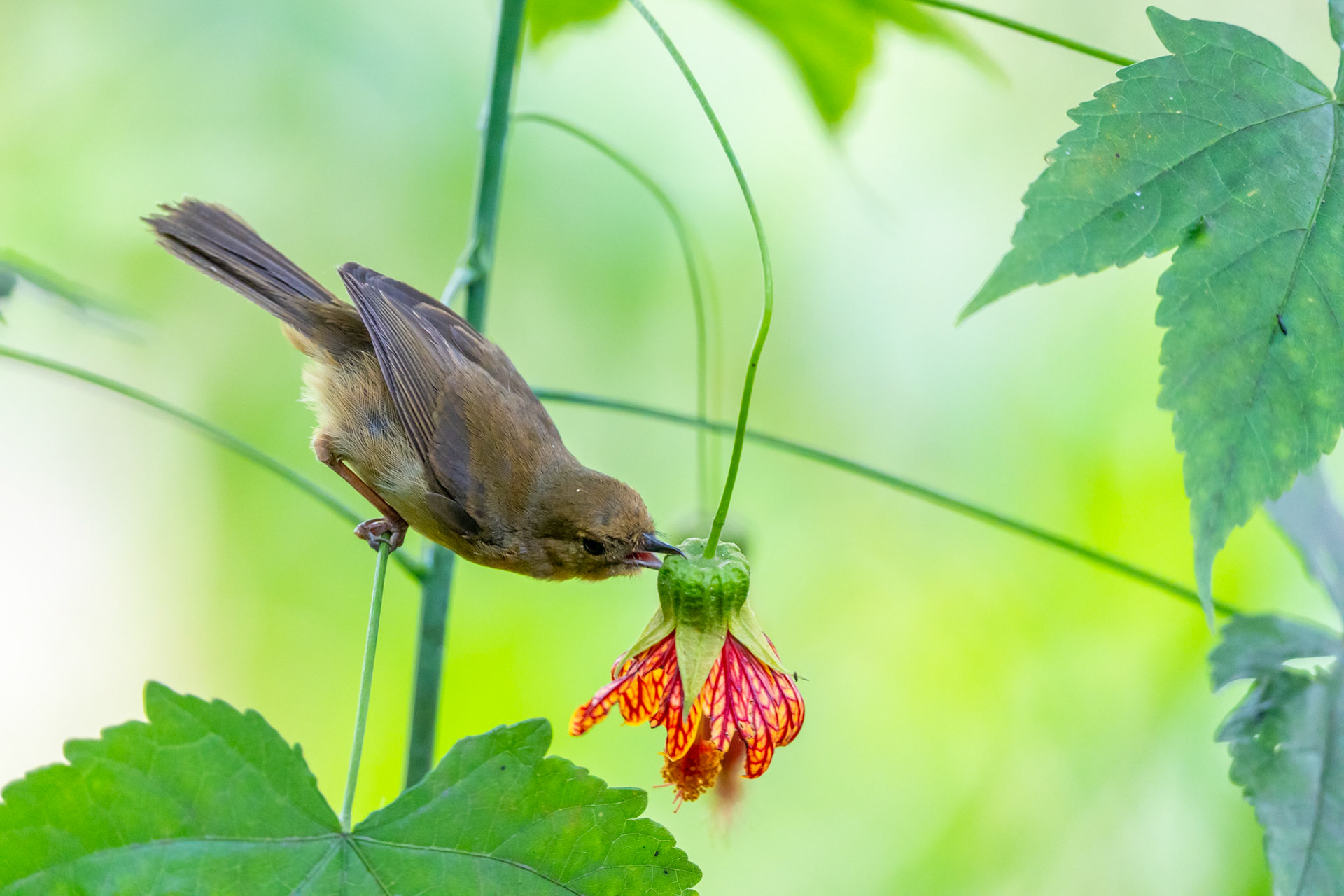
Golden-headed Quetzal
The golden-headed quetzal (Pharomachrus auriceps), also known as the golden-headed paradise quetzal, is a striking and brilliantly colored bird that belongs to the trogon family. It is predominantly found in the cloud forests and montane forests of South America, particularly in the countries of Colombia, Ecuador, and Venezuela.
Golden-headed quetzals are often observed perched on branches within the forest canopy. They are agile and acrobatic fliers, capable of quickly maneuvering through the trees. These birds have a distinctive call, often described as a series of loud, melodious whistles.
Overall, the golden-headed quetzal is a symbol of the beauty and diversity of South American avifauna, captivating birdwatchers and naturalists with its stunning appearance and captivating behavior.
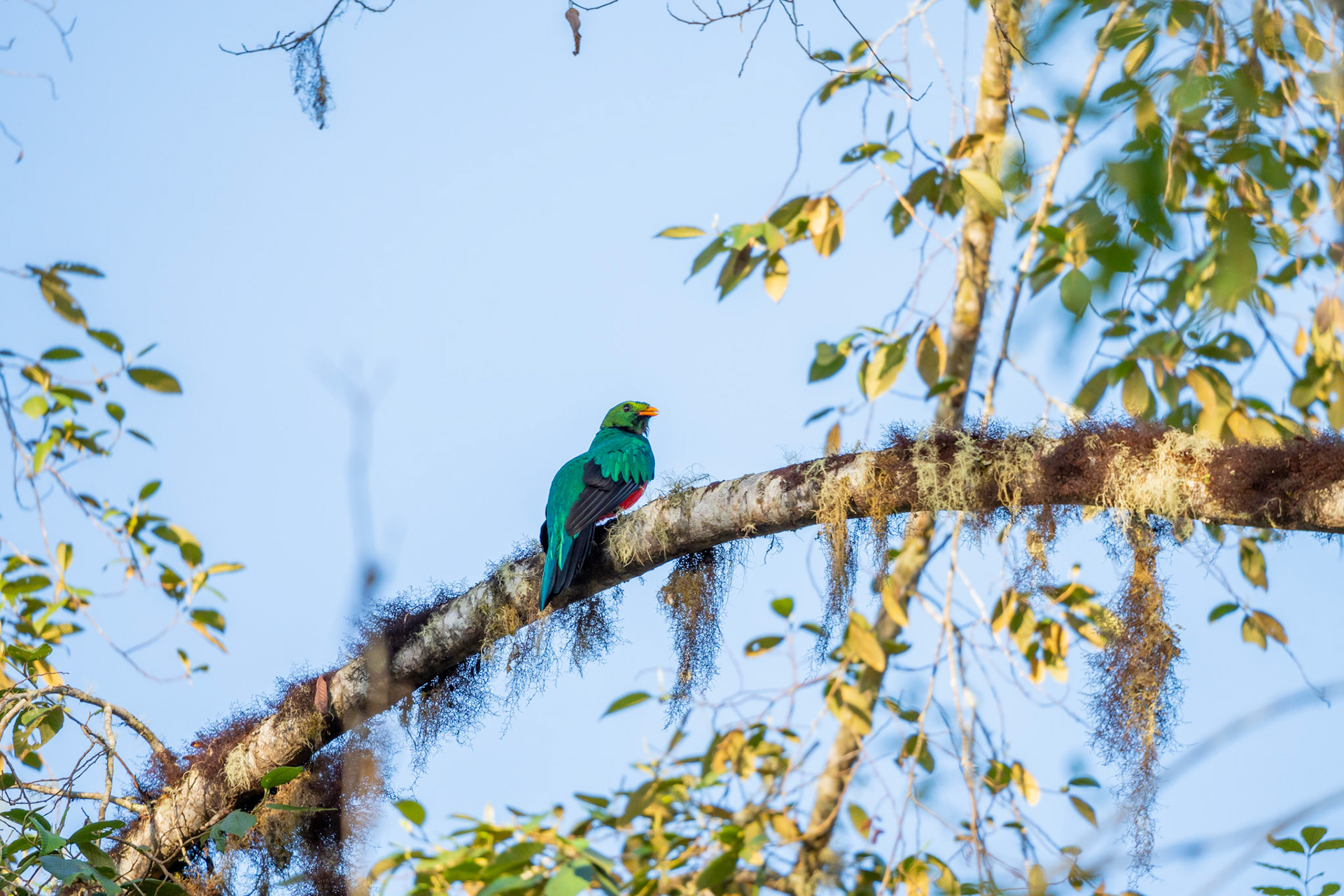
Woodcreepers and Treerunners
Montane woodcreepers typically have a slender and elongated body, adapted for their unique feeding behavior of climbing tree trunks and branches in search of insects and other invertebrates. They have a slightly down-curved bill, aiding them in prying insects from bark and crevices. Their plumage varies, often featuring shades of brown, rufous, and streaks or spots that provide excellent camouflage in the forested environment.
Montane woodcreepers are insectivorous, primarily foraging on tree trunks, branches, and leaves for insects, spiders, and other arthropods. Their foraging technique involves climbing up and down trees, probing crevices and bark with their bills in search of prey. They may also glean insects from foliage or catch them mid-air during short flights.
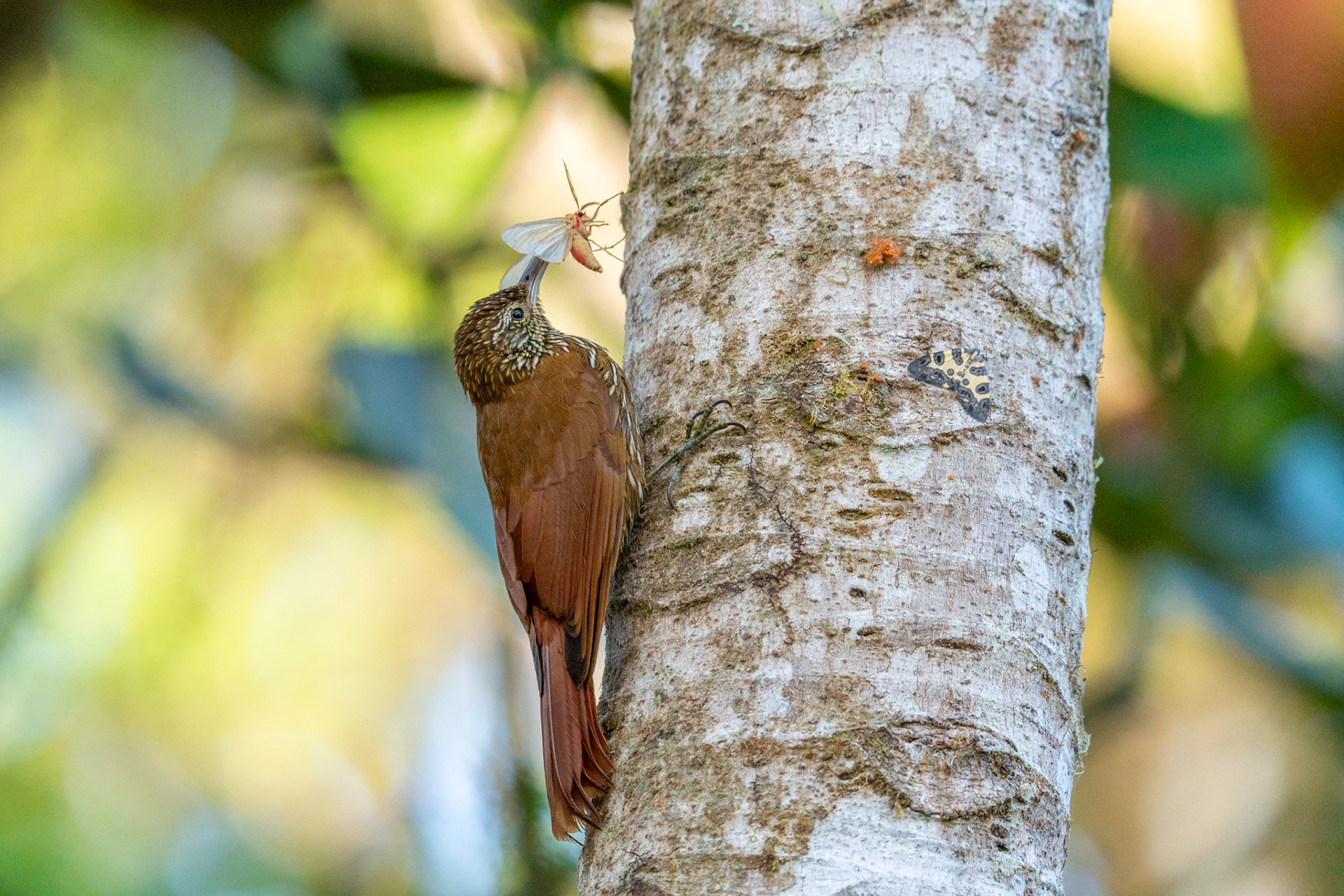
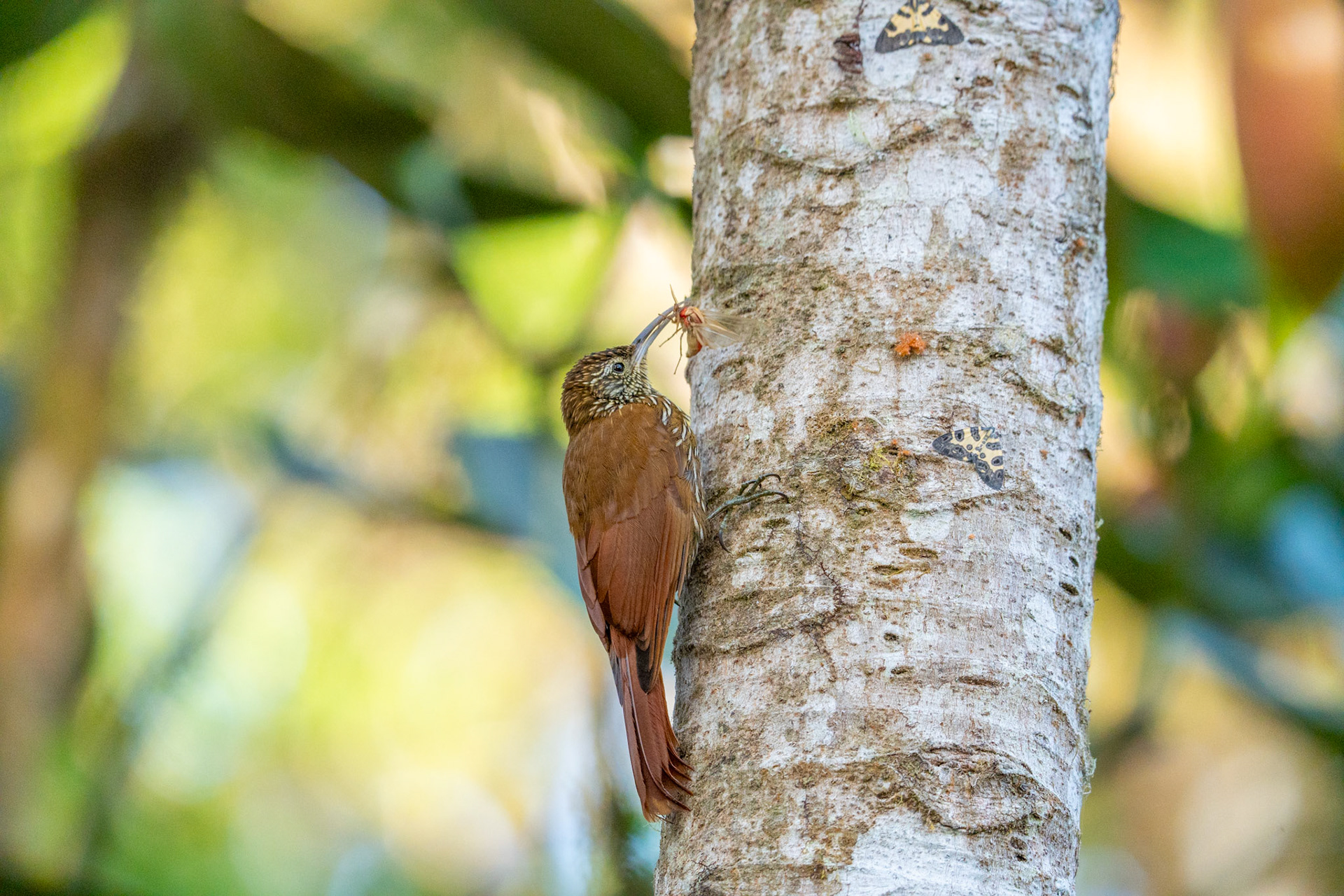
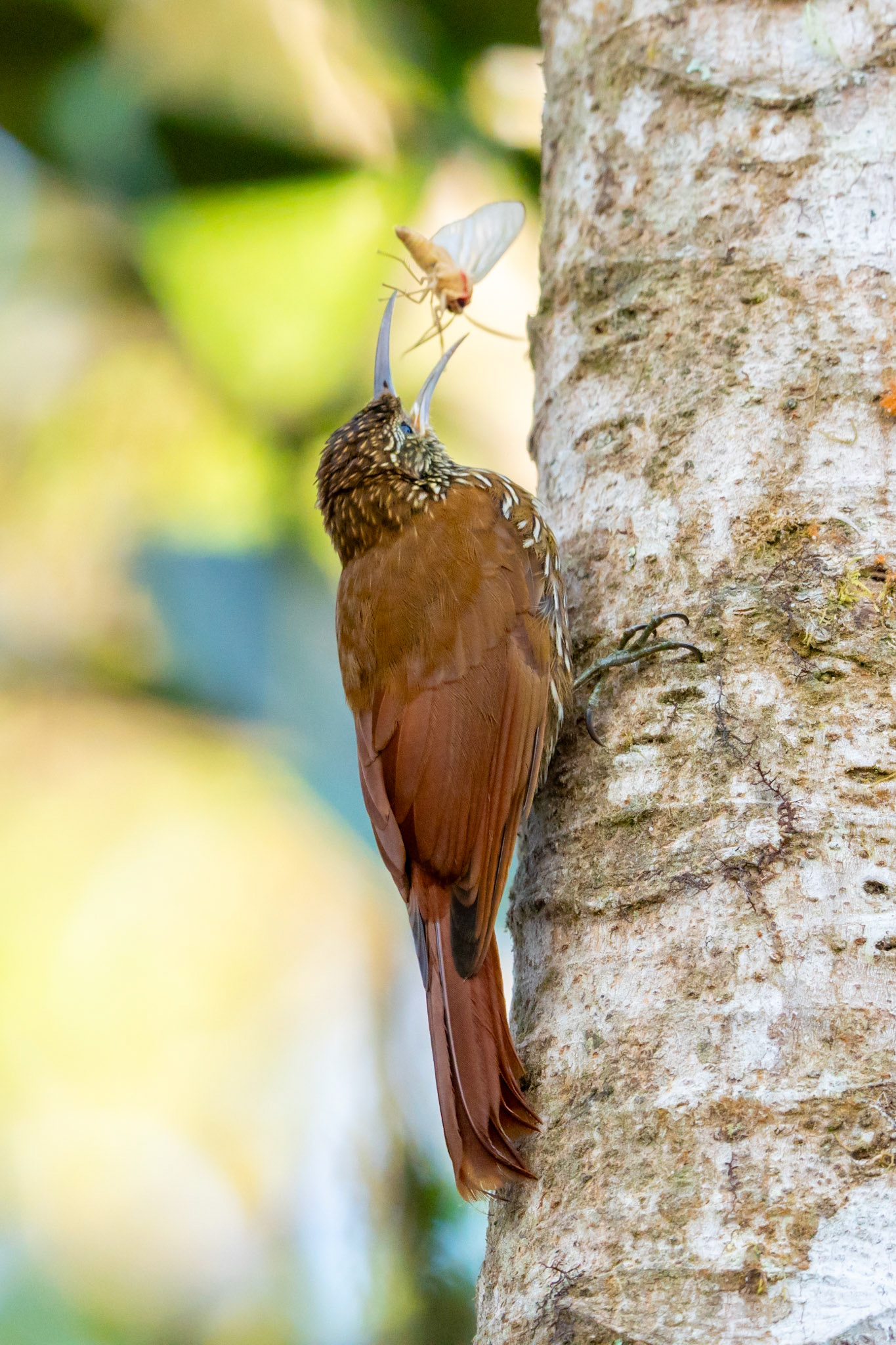
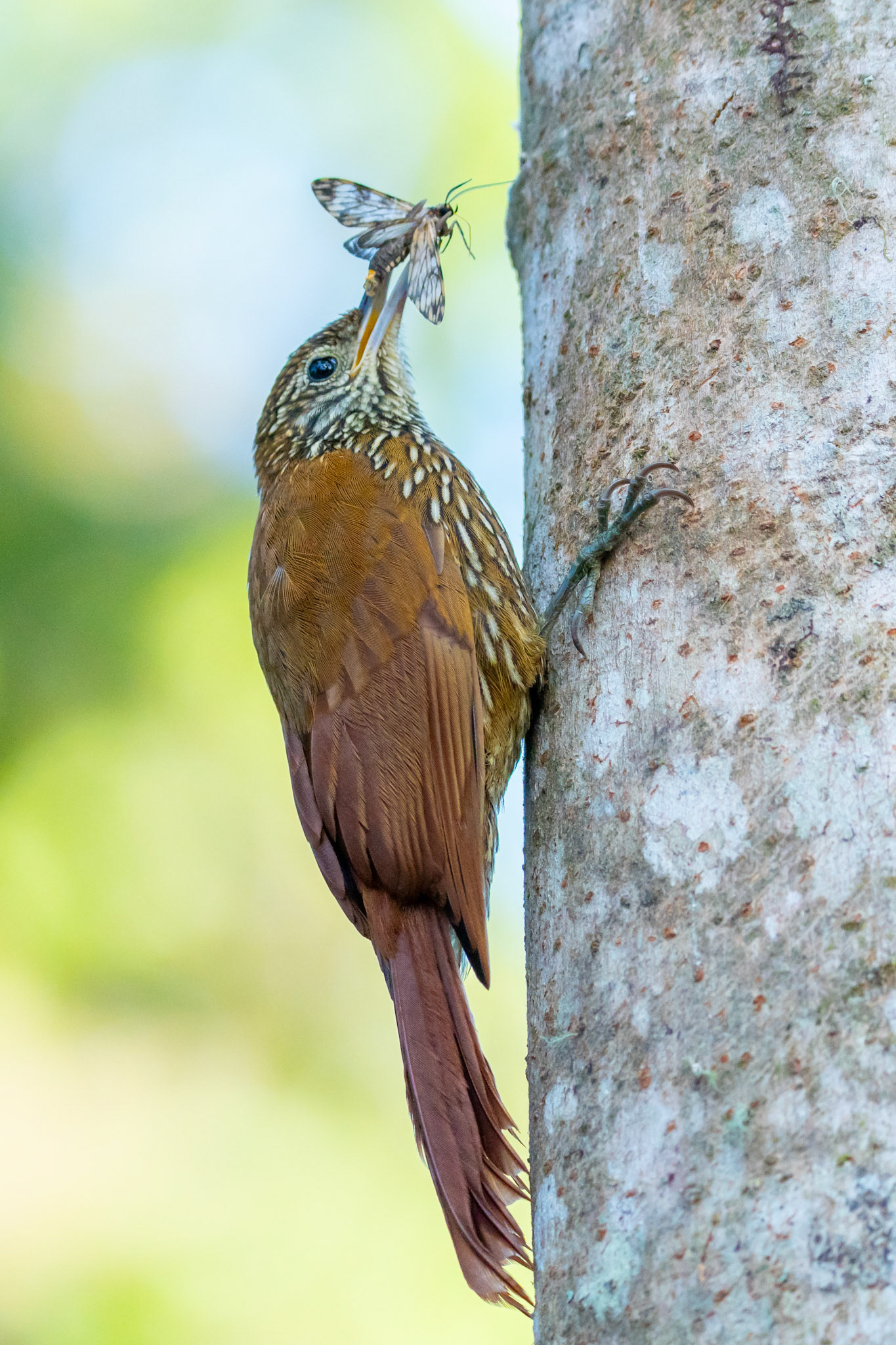
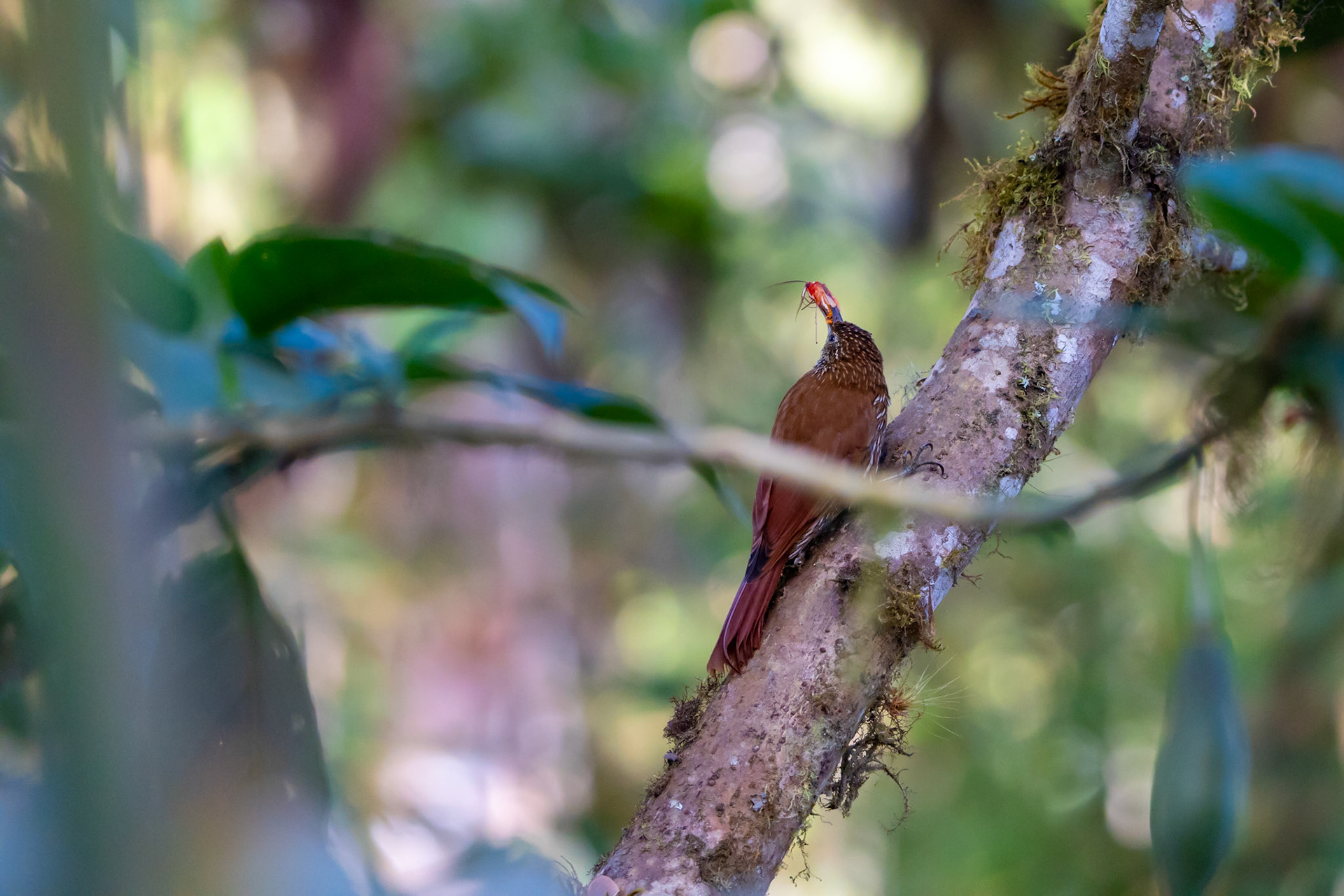
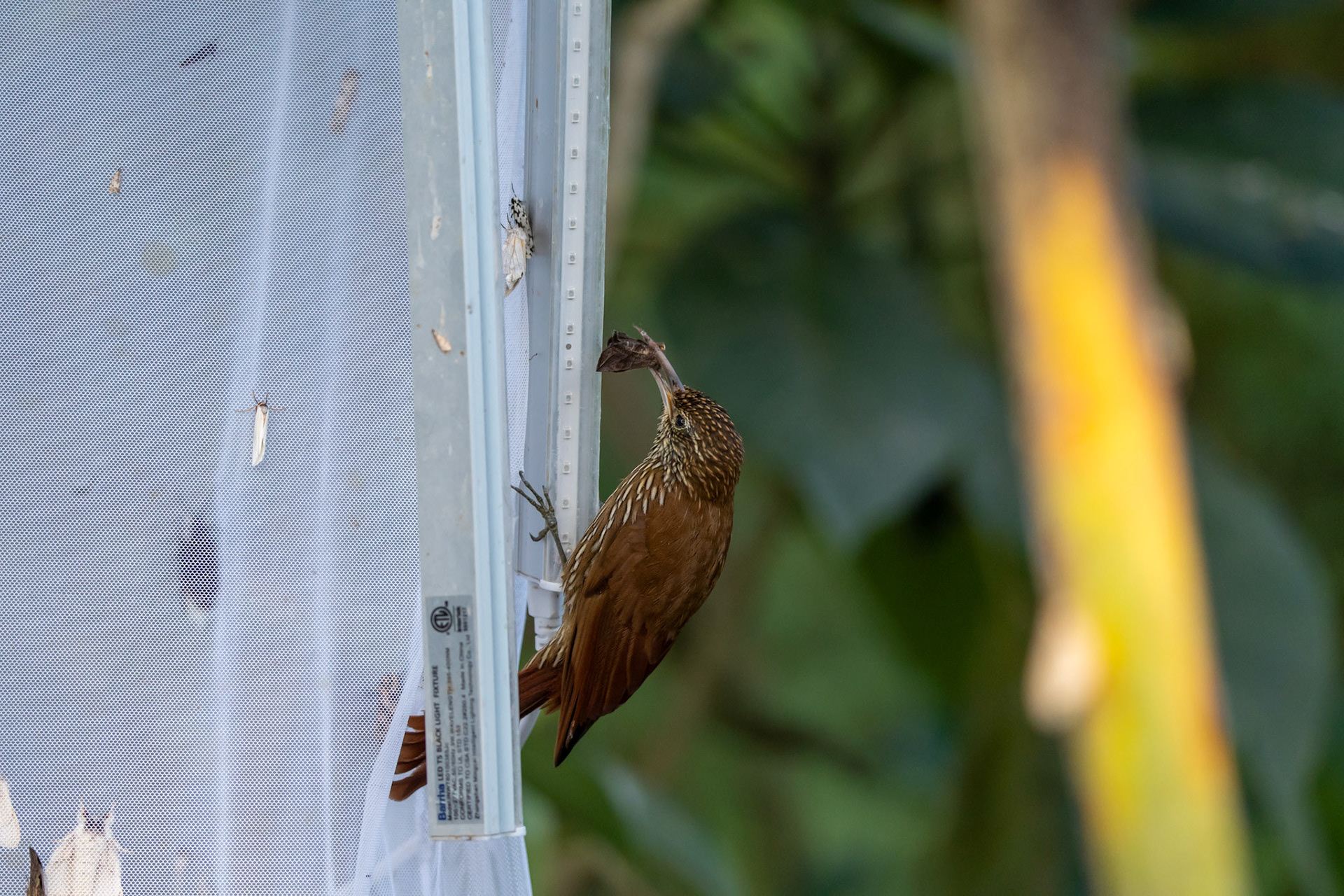
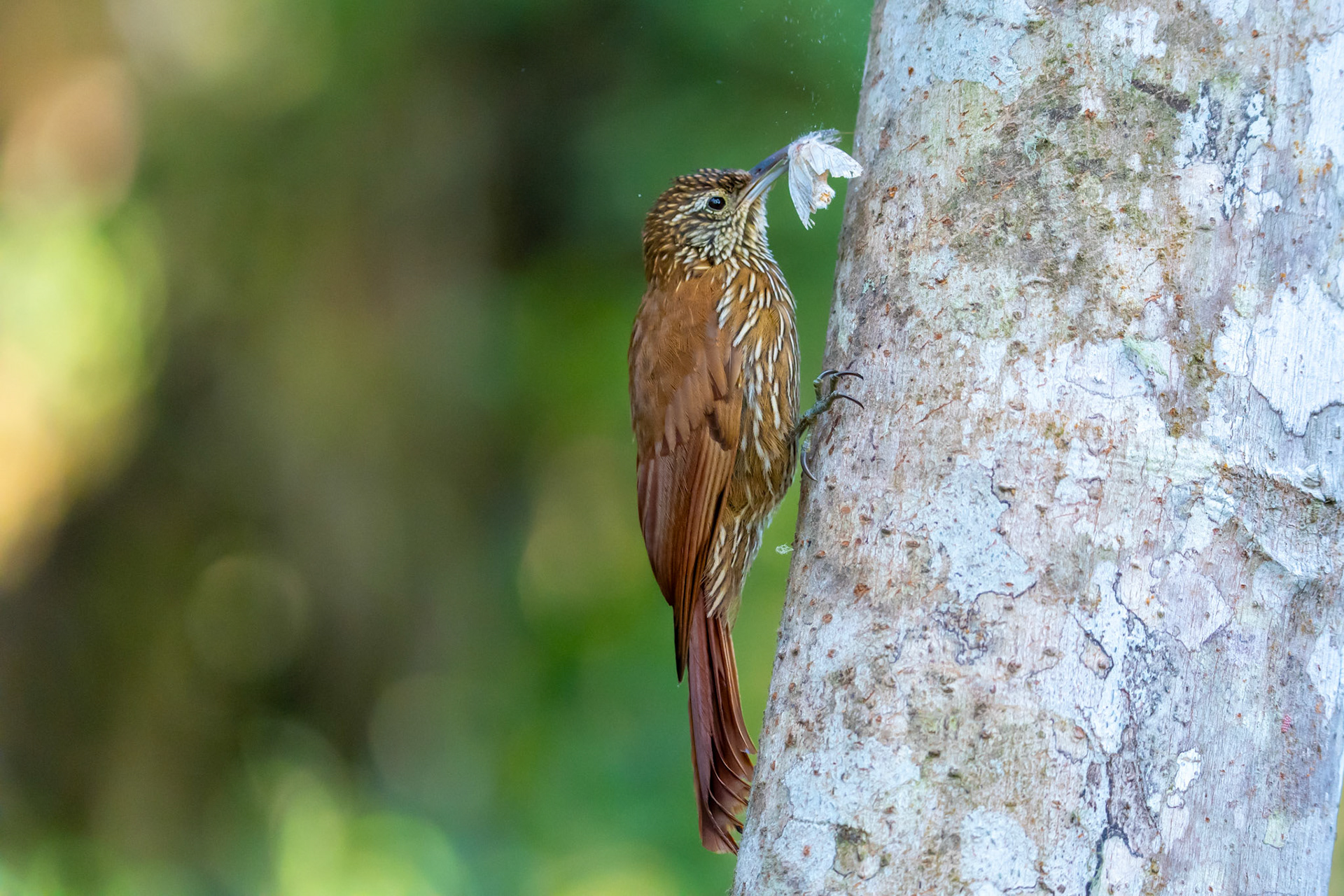
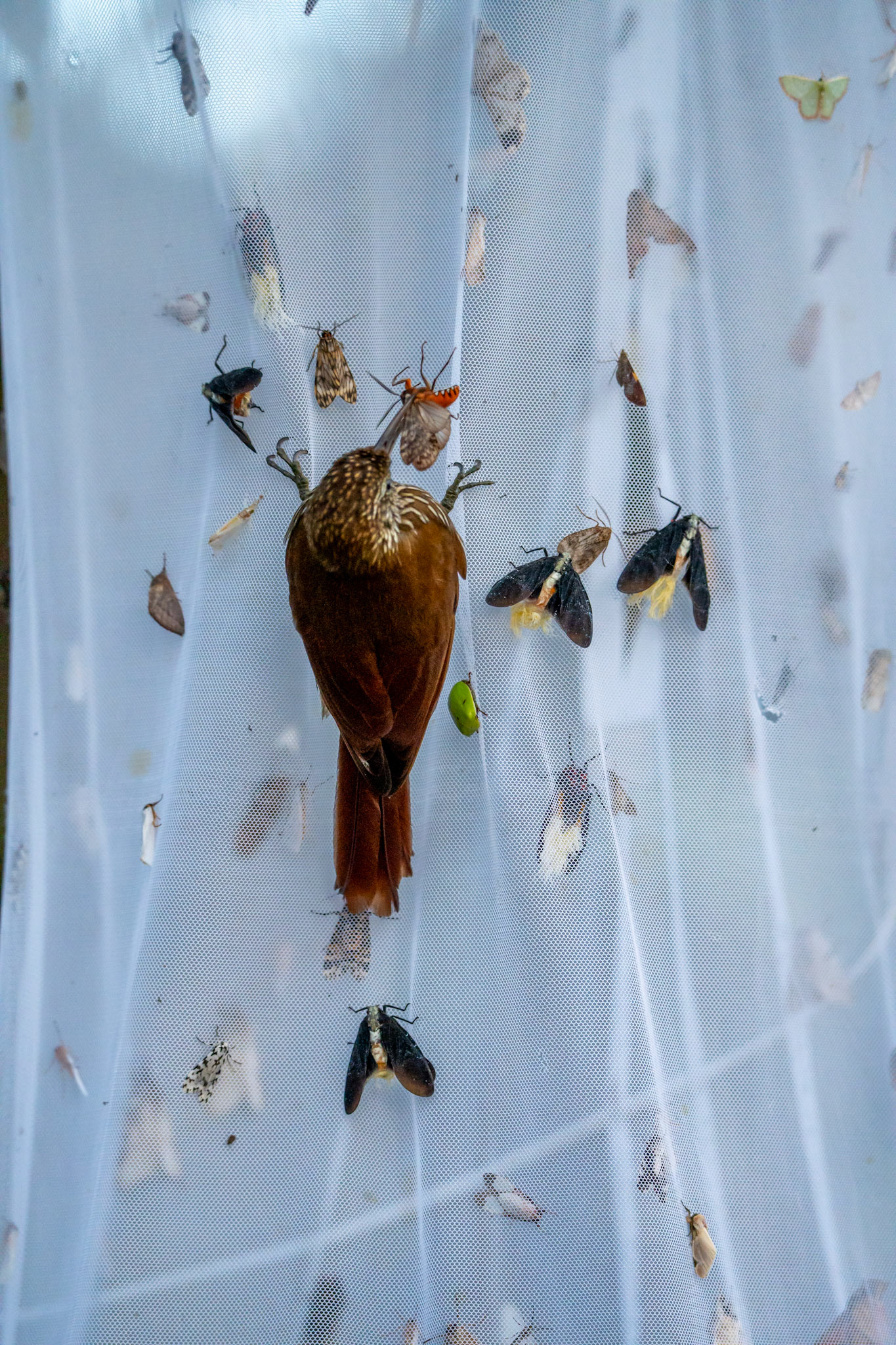
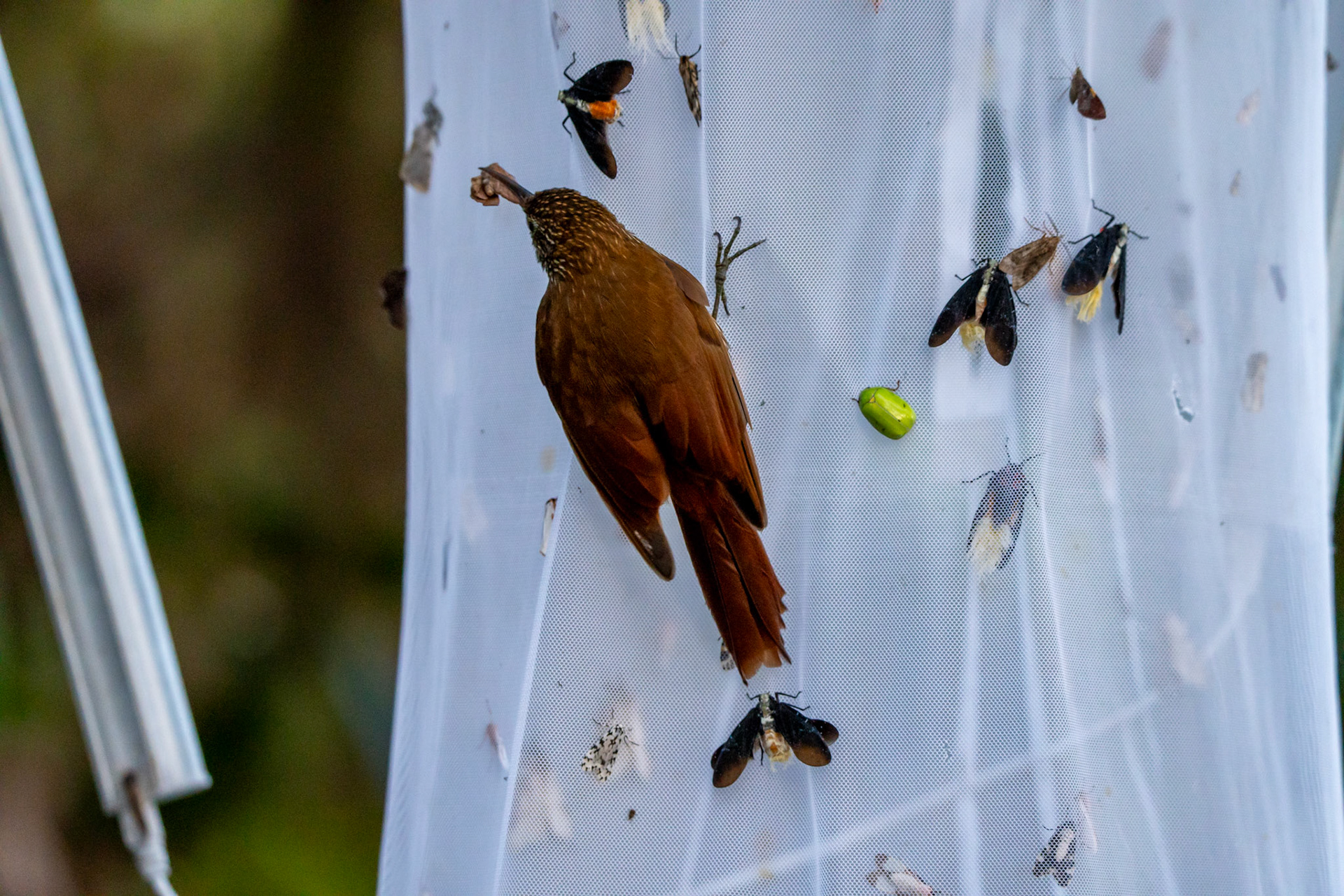
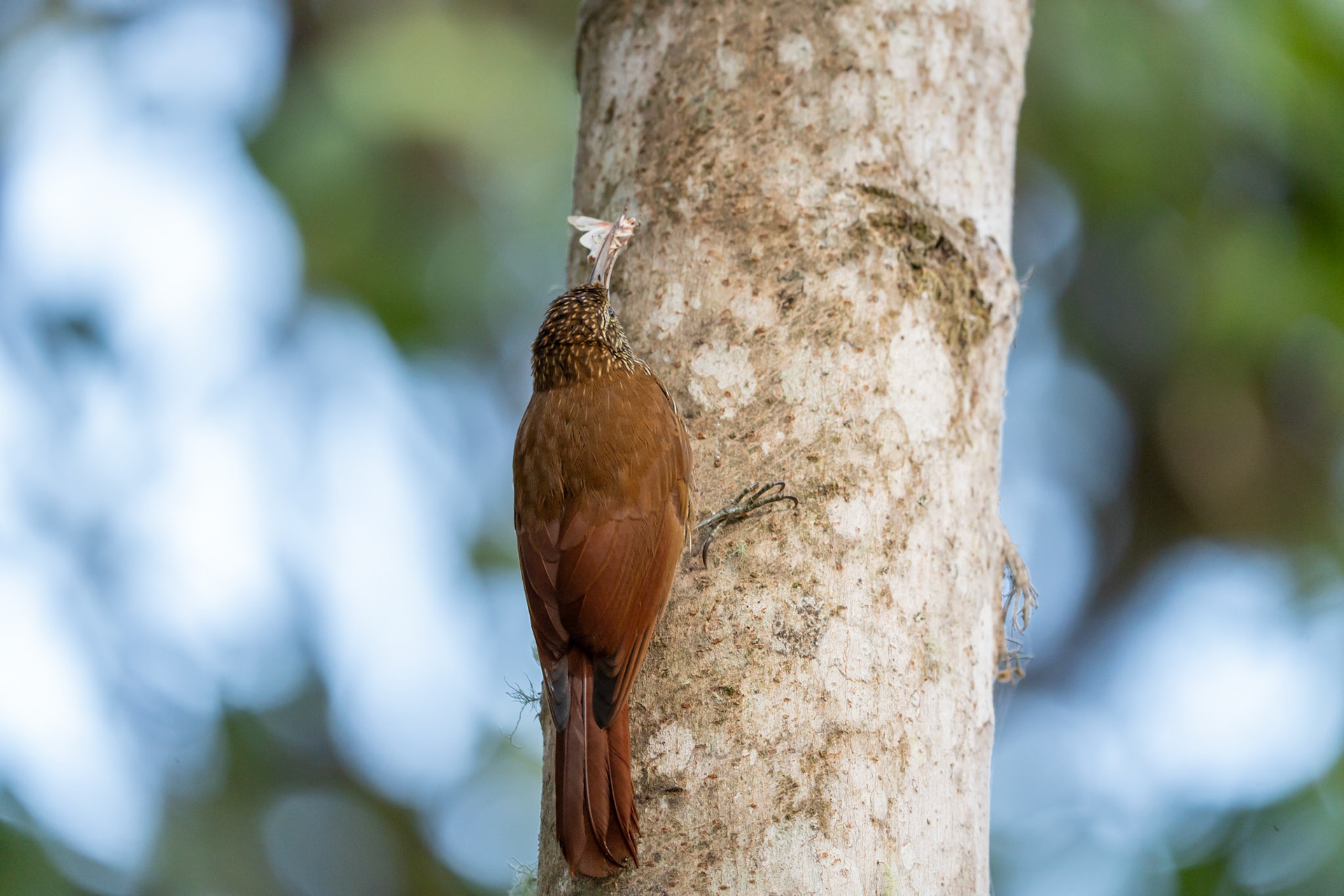
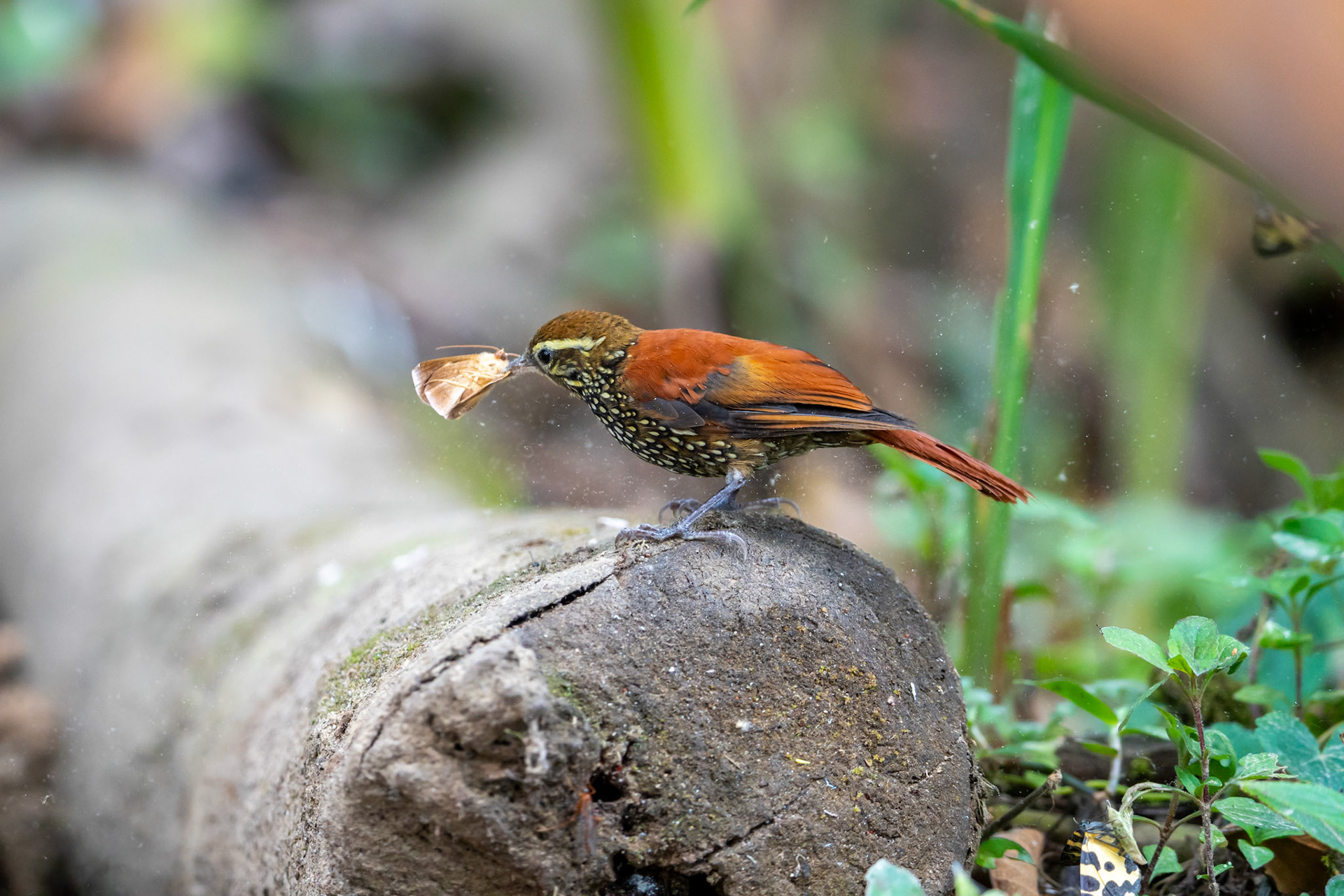
Tanagers, Warblers, and Flycatchers
One of the vibrant and diverse bird families found in this area is the tanagers (Thraupidae). Tanagers are a colorful group of birds known for their striking plumage, varied behaviors, and melodious songs. It is easy to spot Blue-winged Mountain Tanager, Golden-naped Tanager, Flamed-faced Tanager, and Golden Tanager.
The Cinnamon Flycatcher is aptly named for its warm cinnamon-brown coloration, which extends across its upperparts, wings, and tail. Its underparts are paler, often tinged with a hint of orange. The belly and throat can range from creamy-white to pale yellow. The eyes are dark, and the bill is slender and dark in color. This bird is relatively small, measuring around 12.5 to 13 cm (4.9 to 5.1 inches) in length.
The Slate-throated Redstart exhibits a remarkable contrast of colors. The upperparts of this bird are primarily black, while the underparts, throat, and face are a brilliant scarlet or fiery orange-red, depending on the region and the individual. Its throat is slate-gray or black, providing a striking contrast to the bright colors. The wings and tail may also have some white markings.
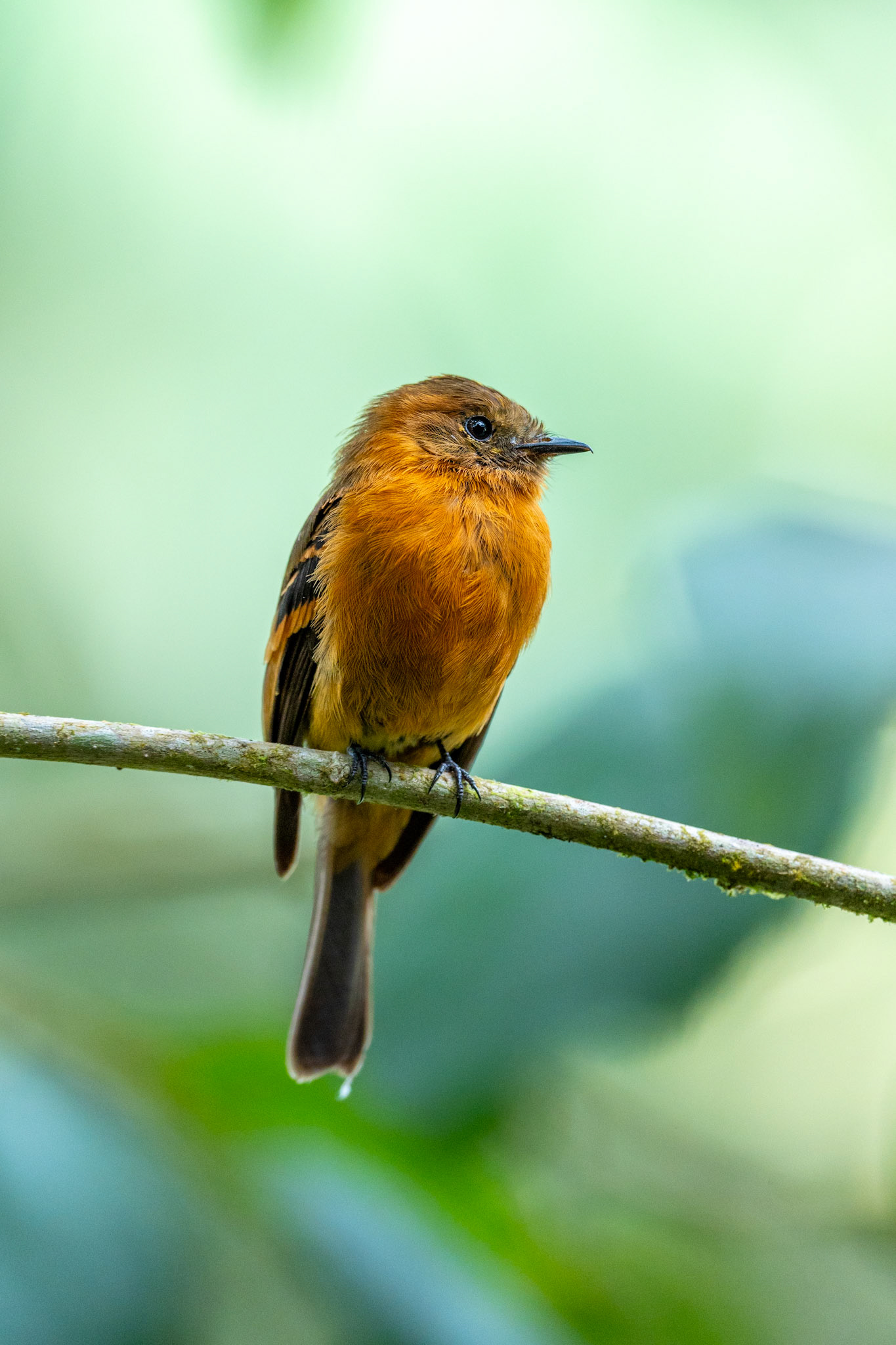
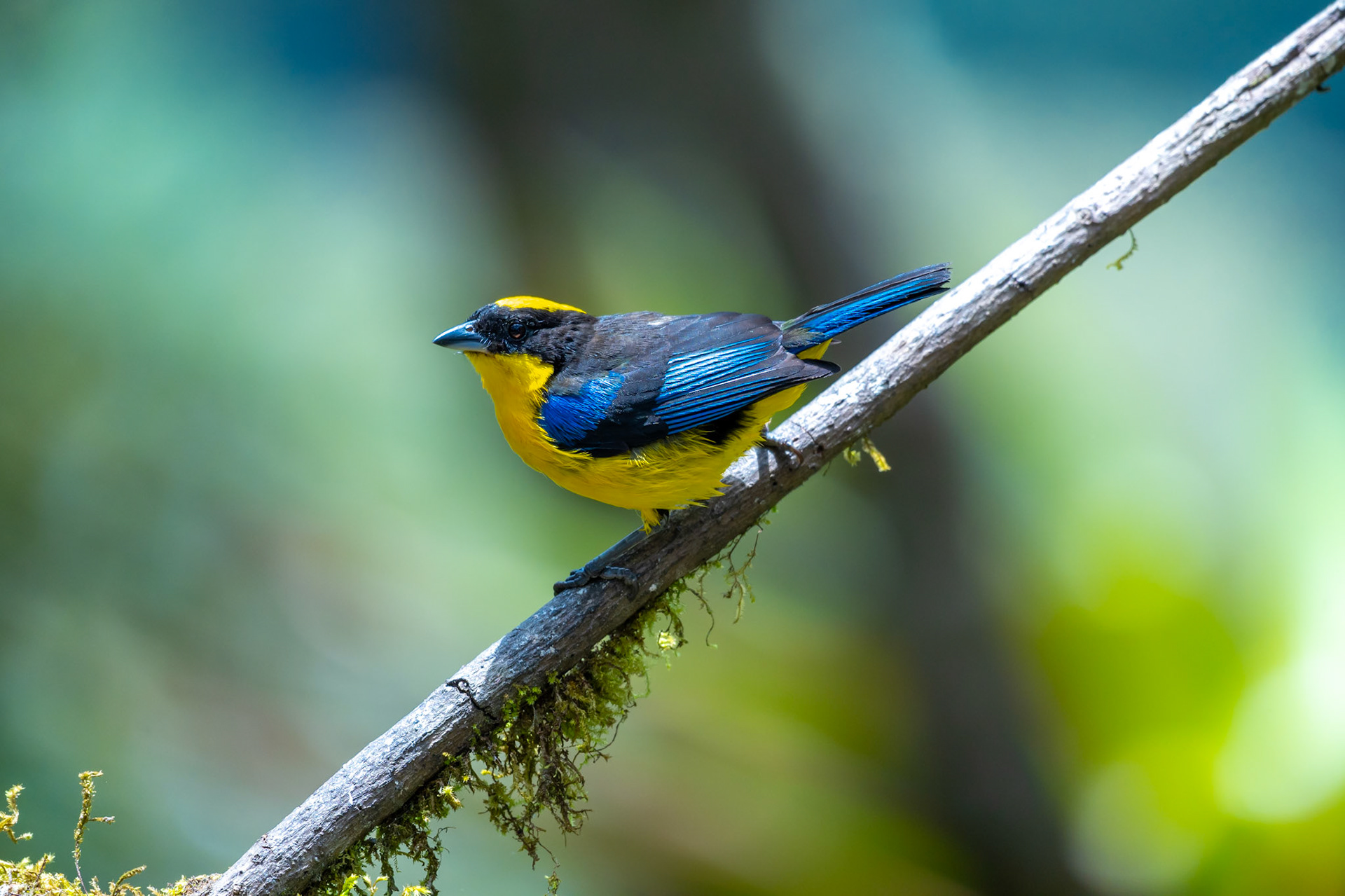
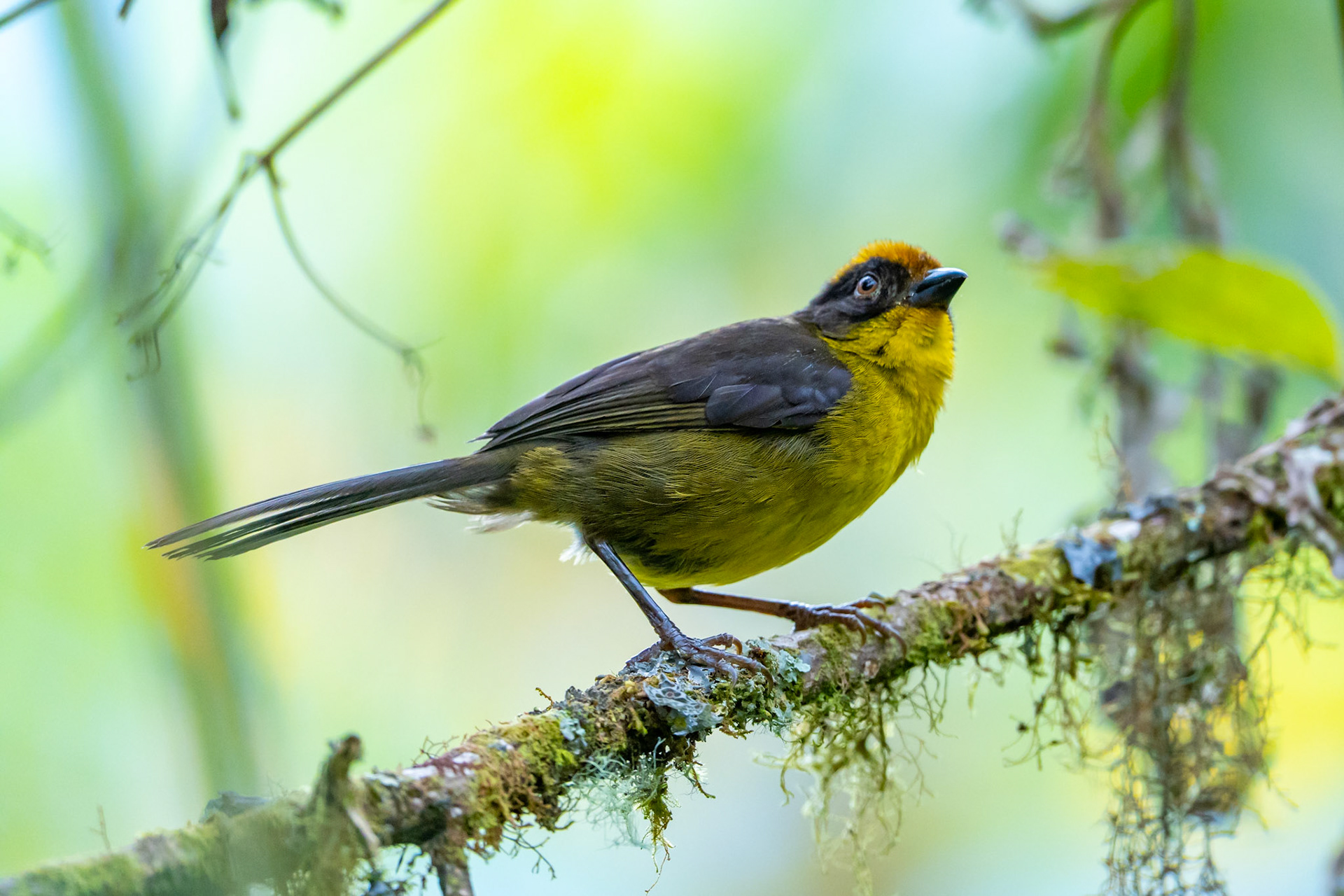
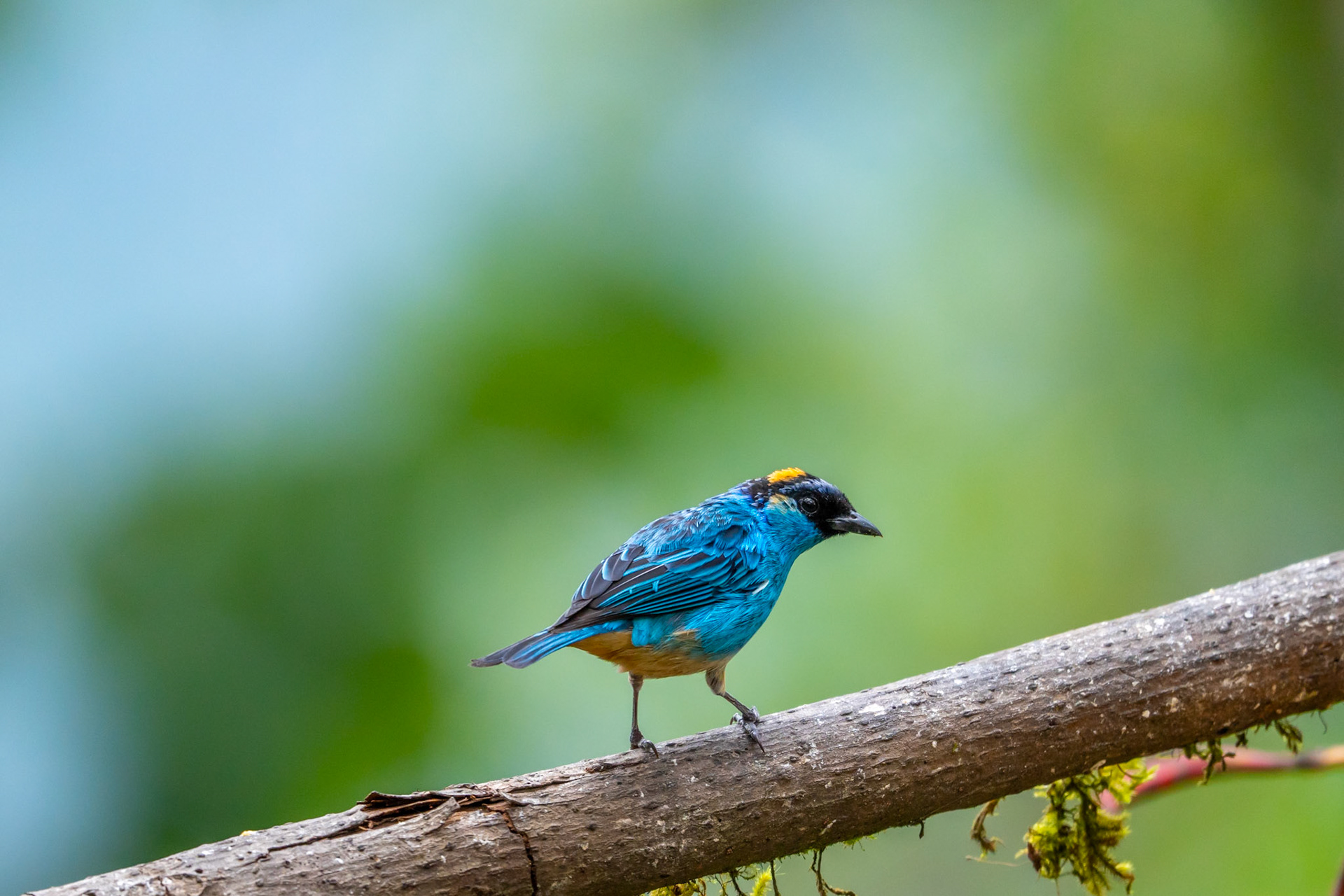
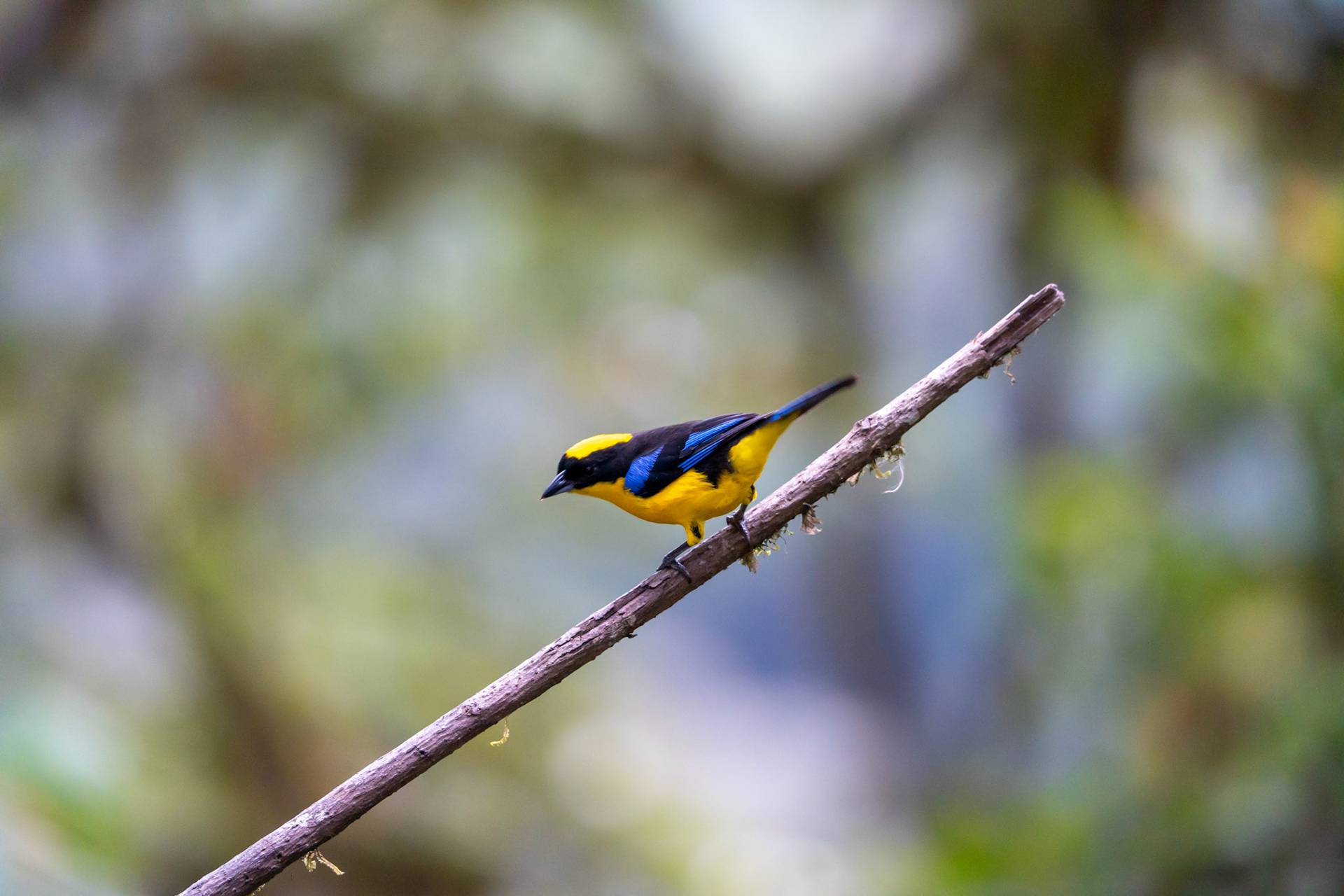
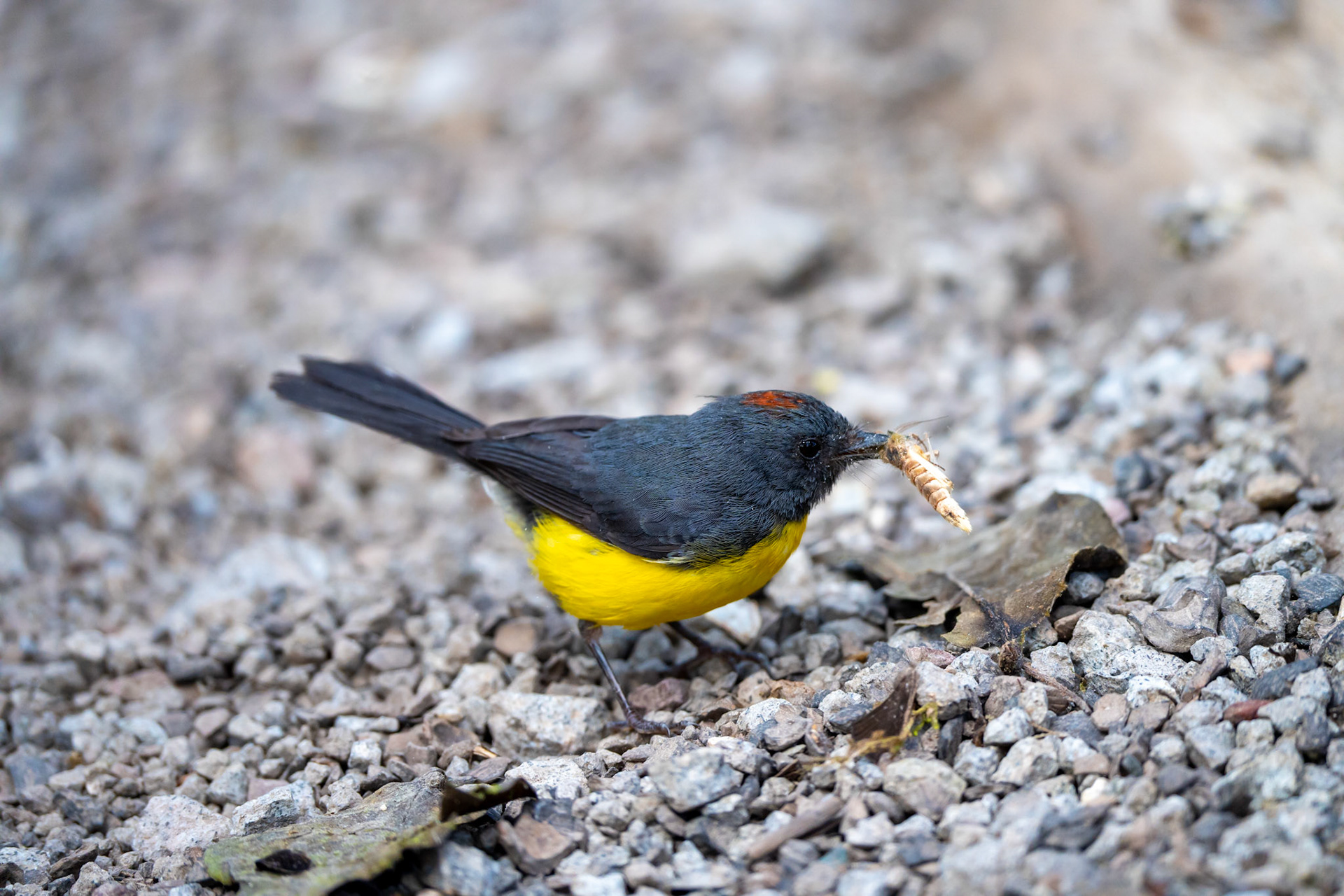

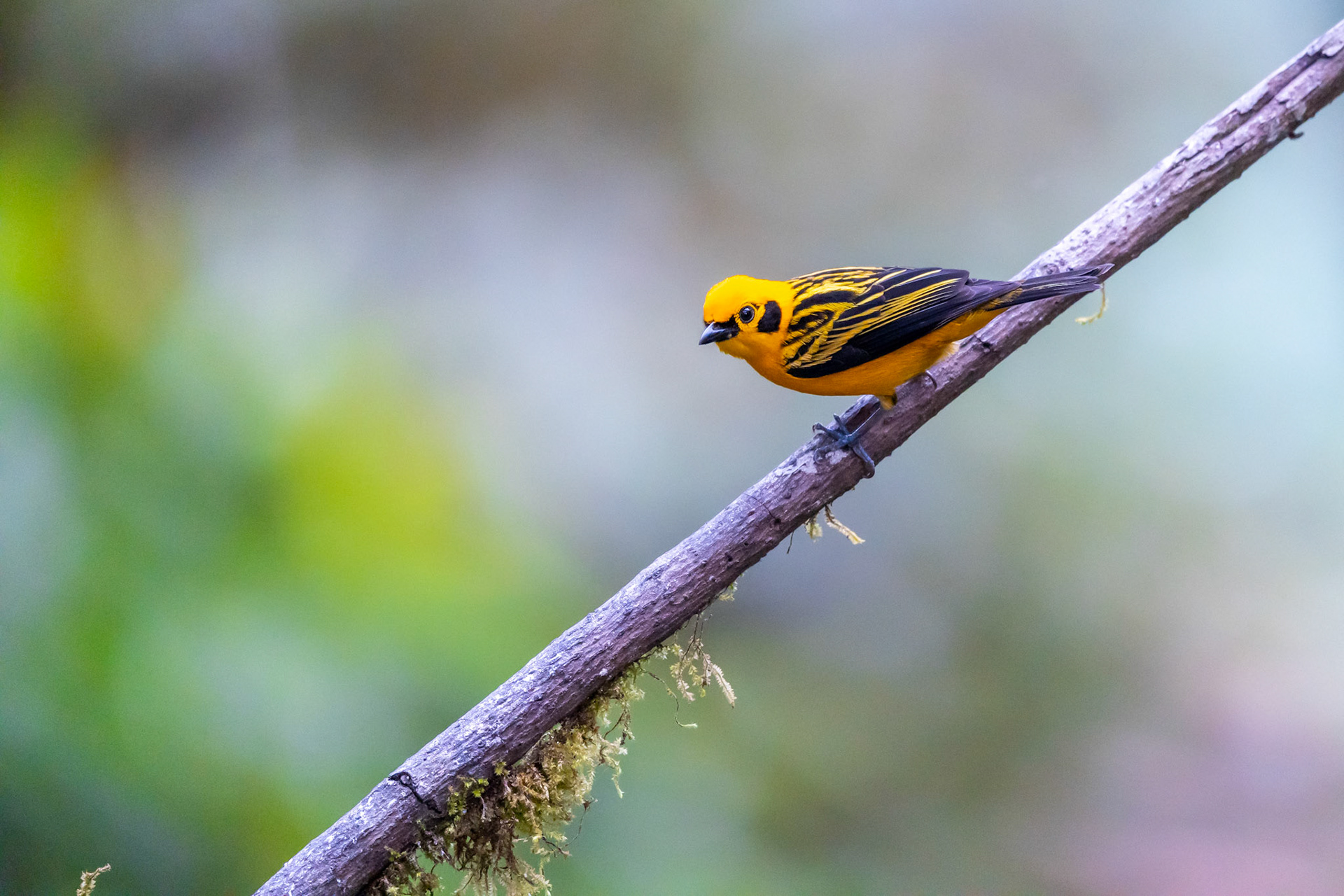
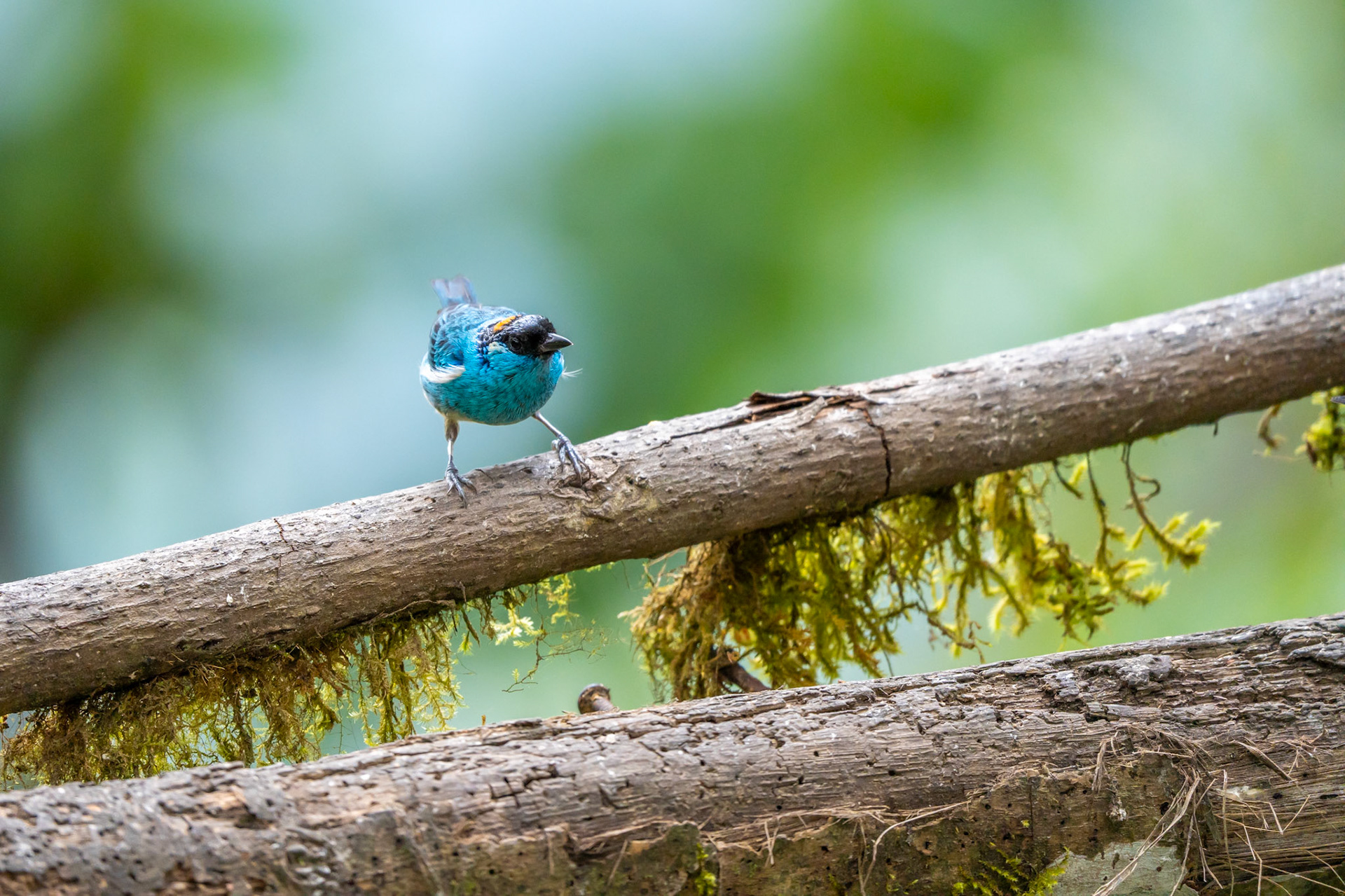
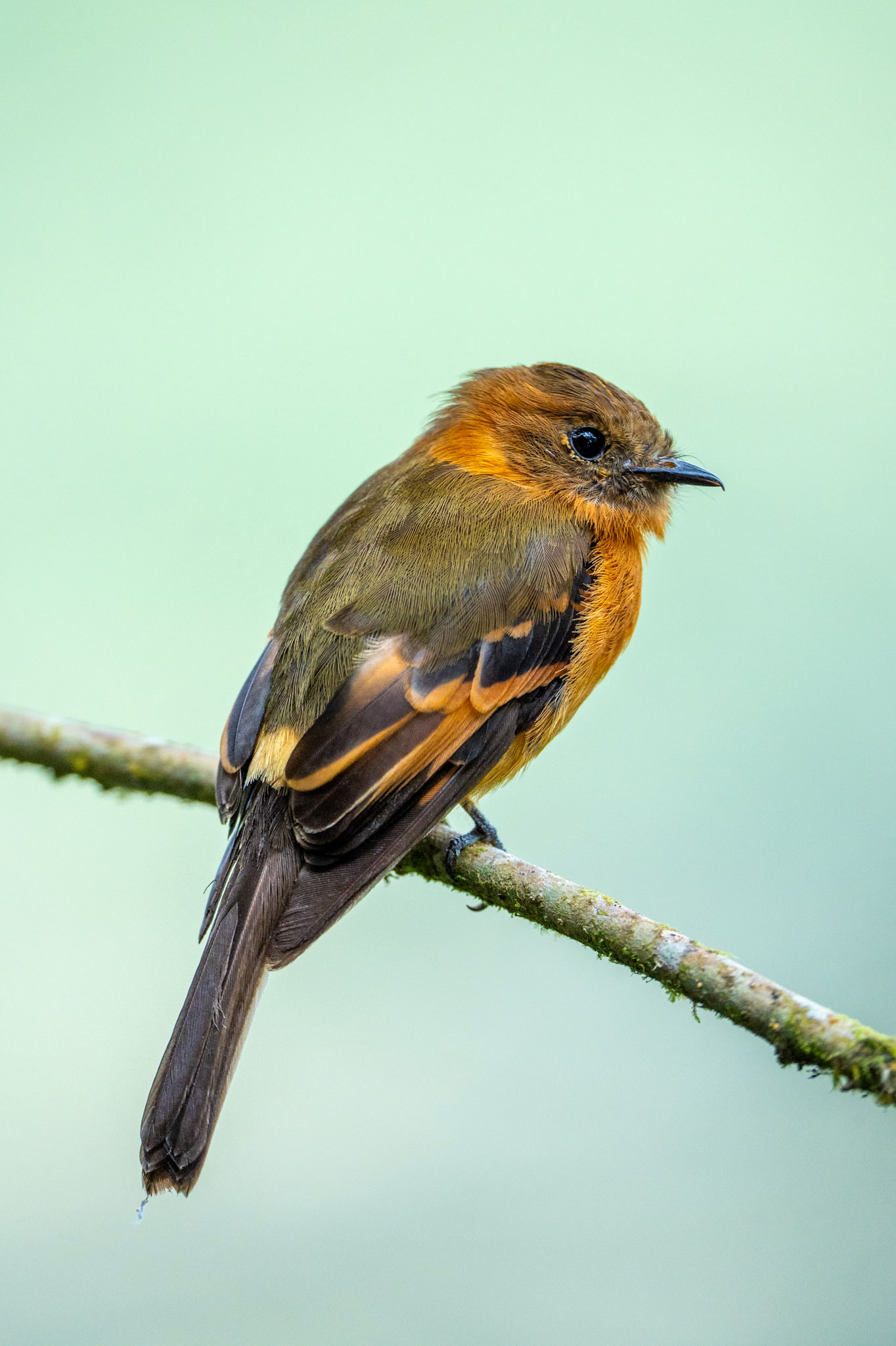
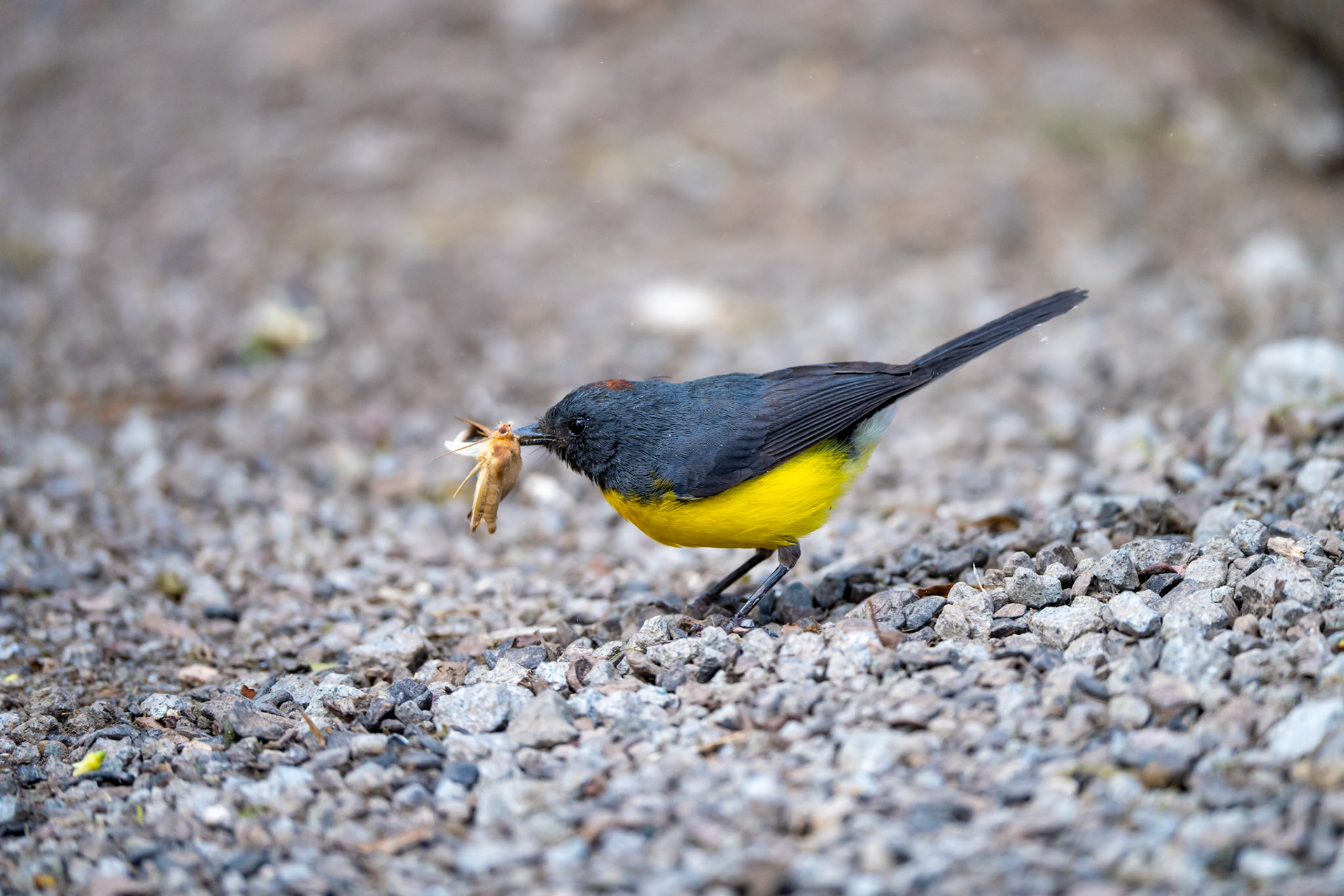
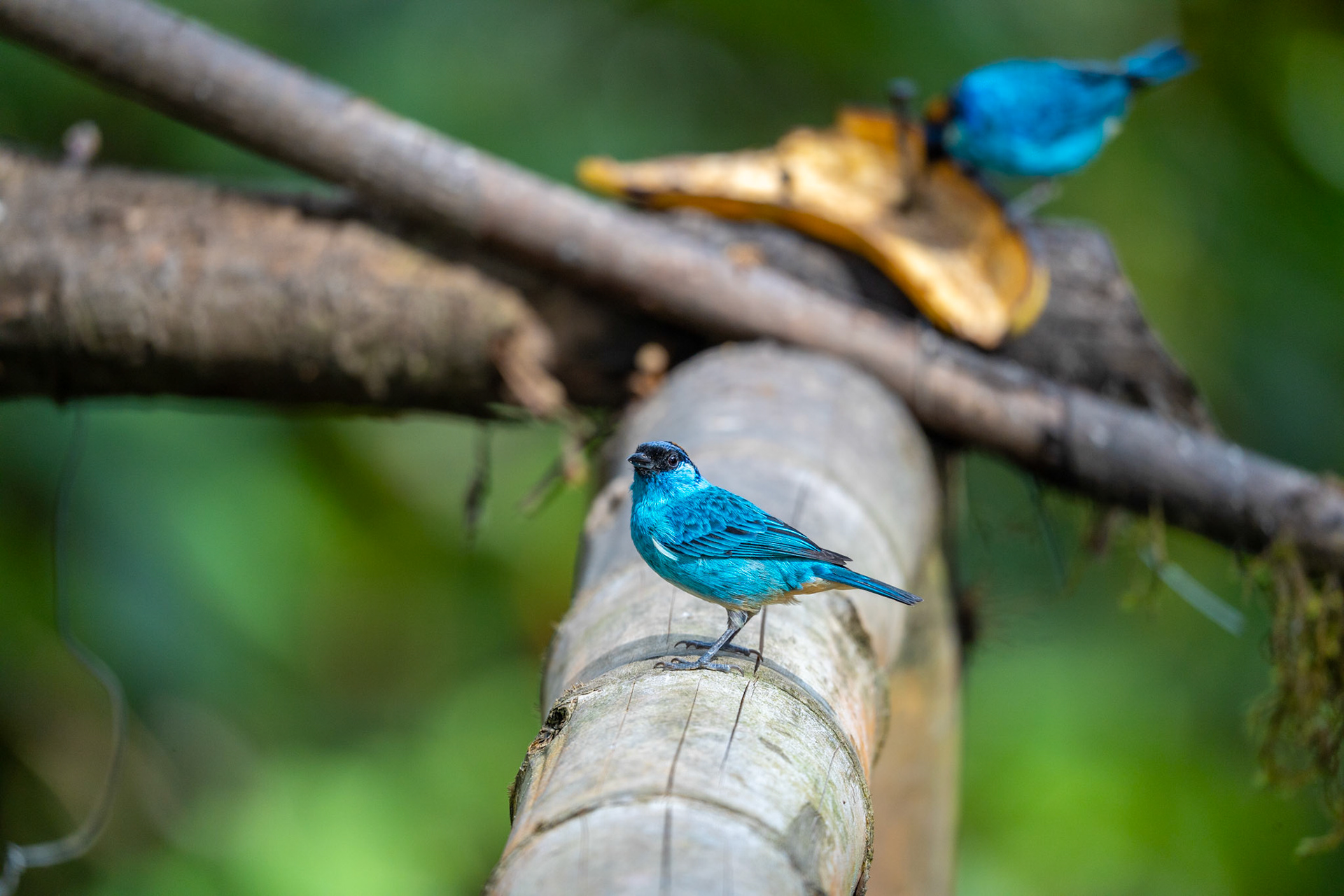
Squirrel Cuckoo
The Squirrel Cuckoo is a charismatic and unique bird that is known for its squirrel-like behavior, as it hops and runs through the branches and foliage of trees. It often uses its long tail for balance and stability. It is known for its distinct appearance, resembling a squirrel due to its long tail and distinctive behavior. This cuckoo species is native to various regions of the Americas.
The Squirrel Cuckoo is a medium-sized bird with a total length ranging from 38 to 46 cm (15 to 18 inches). Its most distinctive feature is its long, graduated tail, which can be as long as or even longer than its body. The plumage is primarily brown with shades of rufous, and the head features a bold black mask around the eyes, giving it a unique and striking appearance.
Squirrel Cuckoos primarily feed on insects and occasionally consume fruits. Their diet includes a variety of insects, such as caterpillars, ants, and grasshoppers, which they catch by foraging through the vegetation and foliage. They may also use their bill to flip leaves and bark to uncover hidden insects.
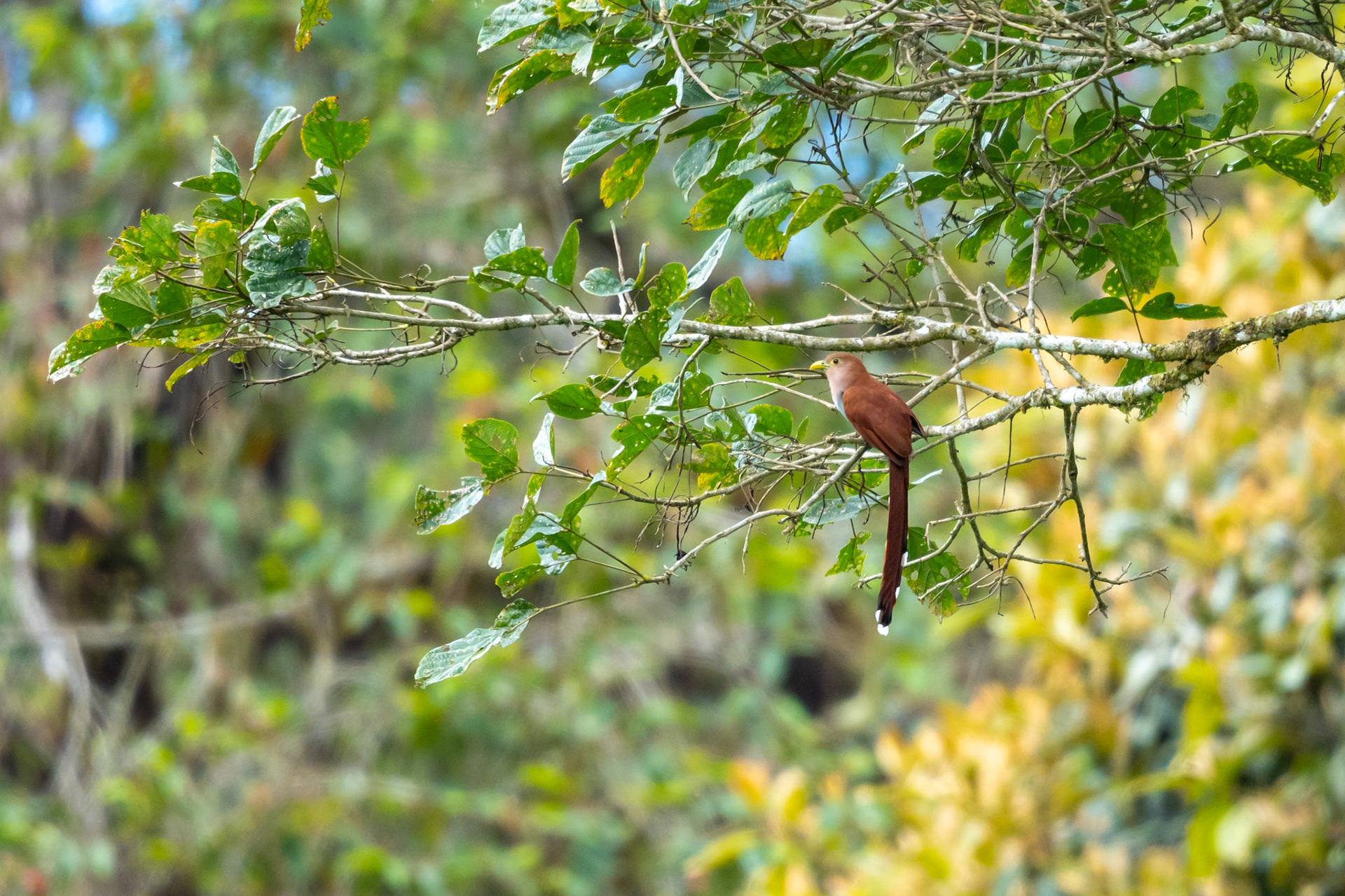
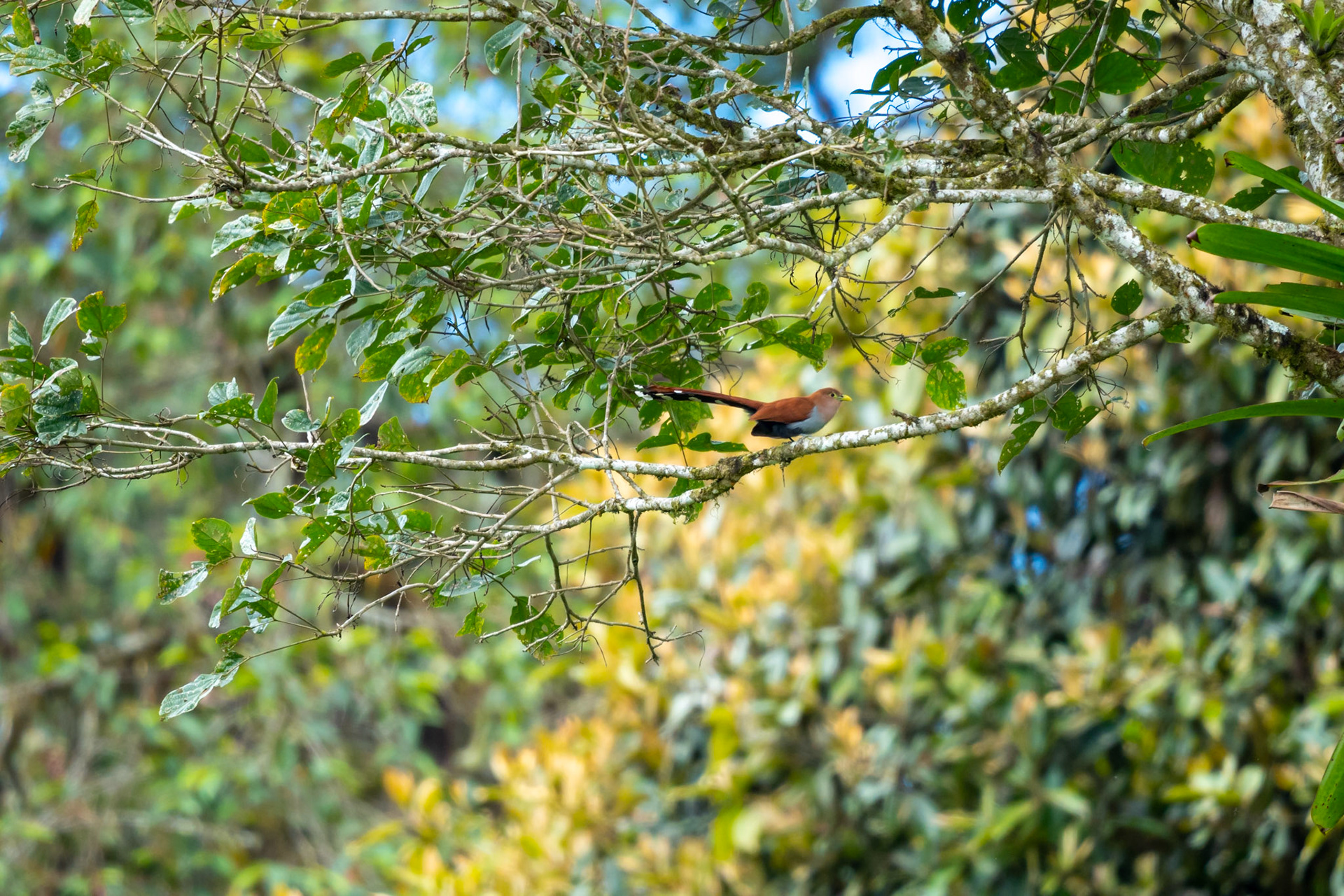
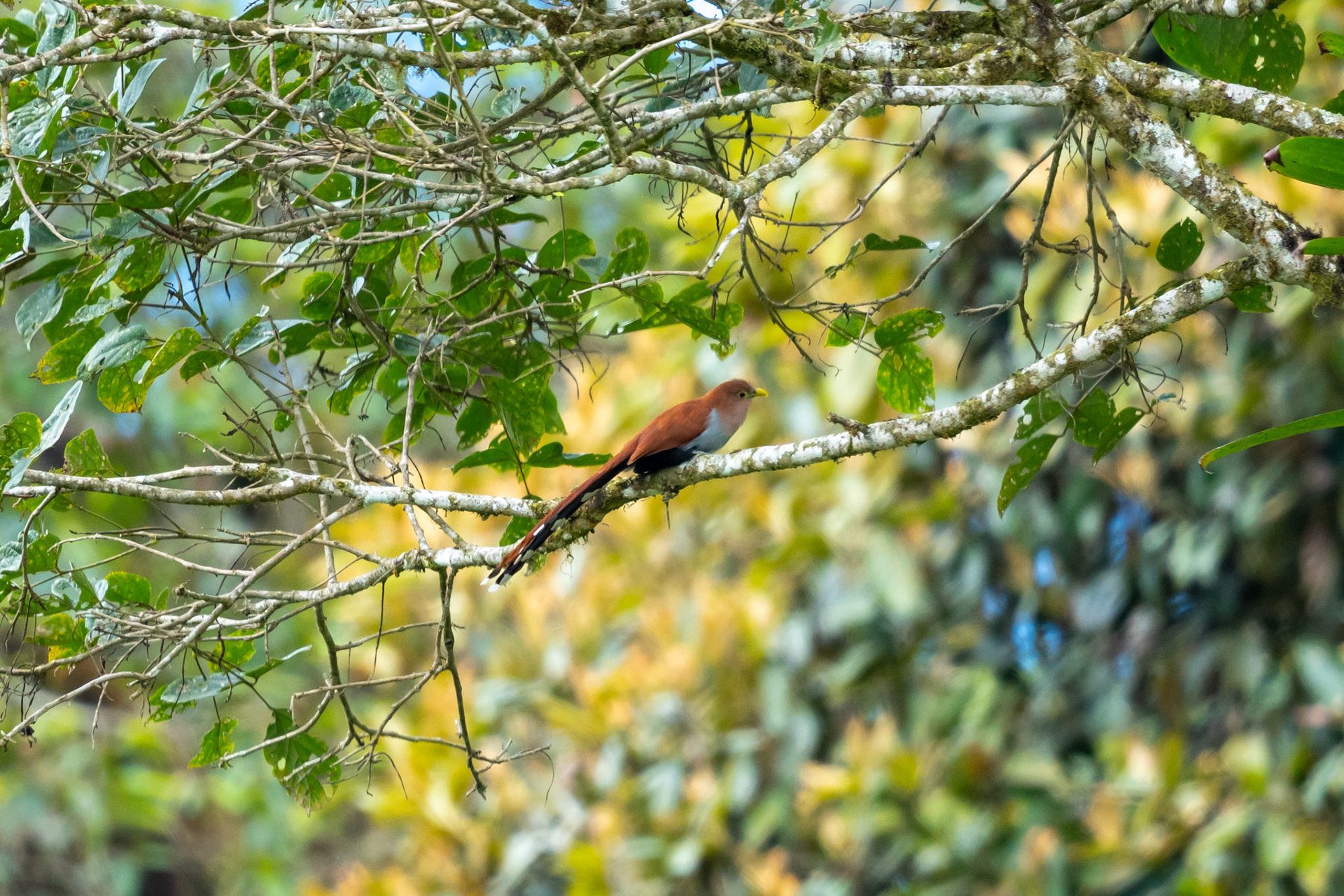
Taira
The taira, scientifically known as Eira barbara, is a carnivorous mammal native to Central and South America. It is a member of the weasel family (Mustelidae) and is often referred to as the tayra or tolomuco in different regions. The taira is an agile and versatile predator, adapted to various habitats, and holds a significant place in the ecosystems it inhabits.
The taira has a sleek, slender body with a long neck and legs, allowing for great agility and movement. It has short, dense fur that varies in color from dark brown to black, often with a lighter throat or chest. The head is small with rounded ears, and the tail is bushy and long, helping with balance and communication.
Tairas are opportunistic predators with a diverse diet. Their meals primarily consist of small mammals, birds, eggs, insects, and fruit. They are skilled climbers and spend a significant amount of time in trees, where they hunt for prey and forage for fruits.
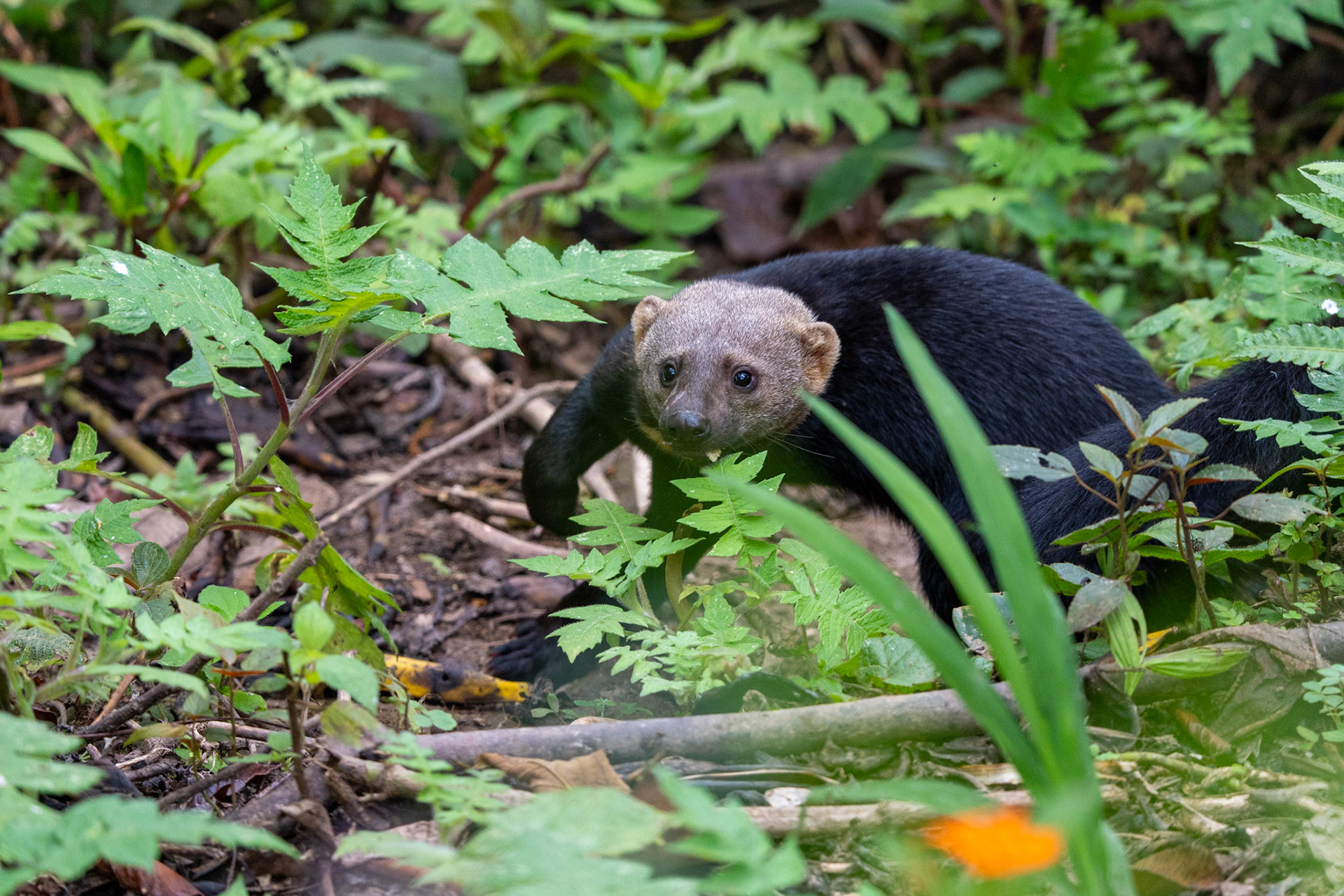
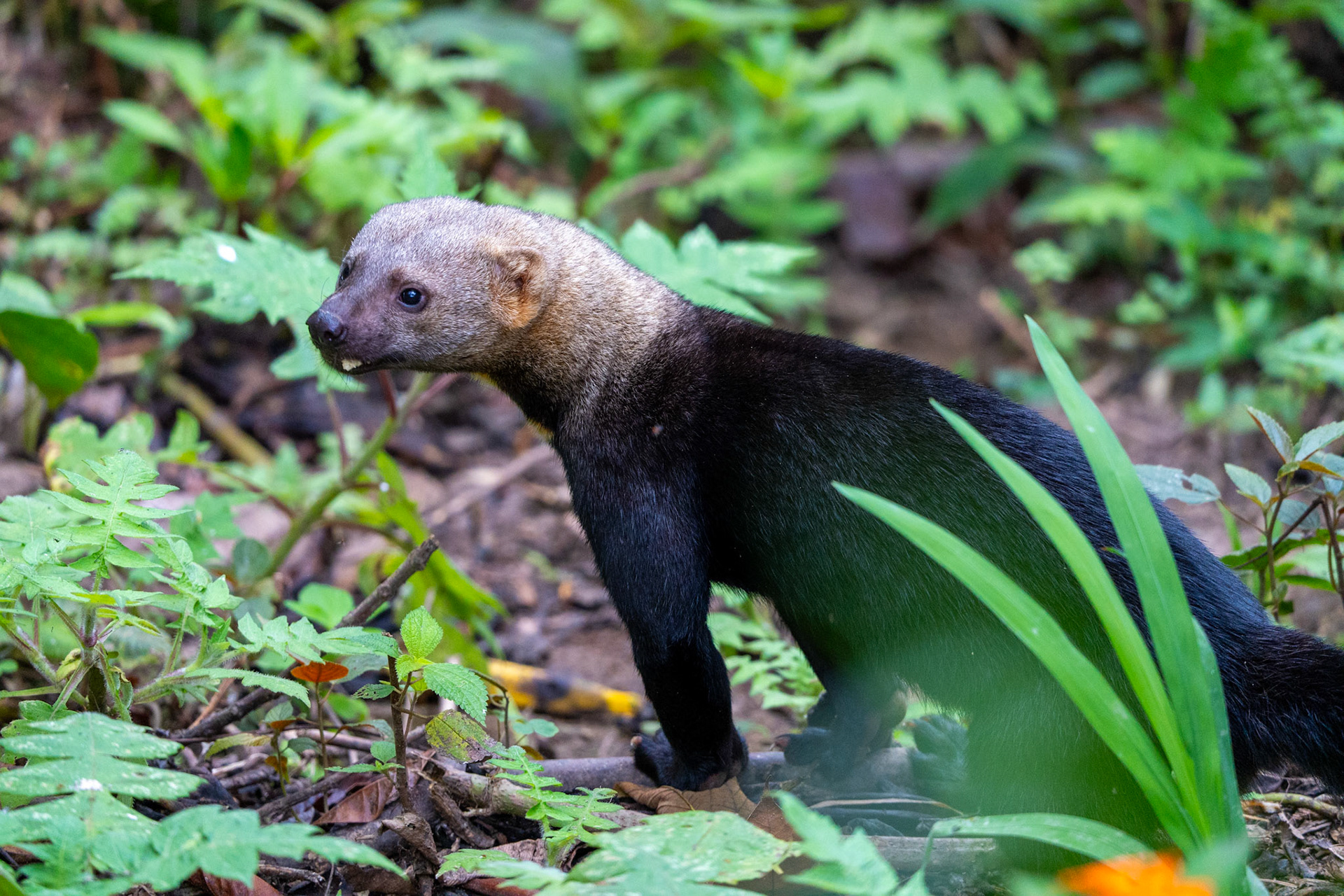
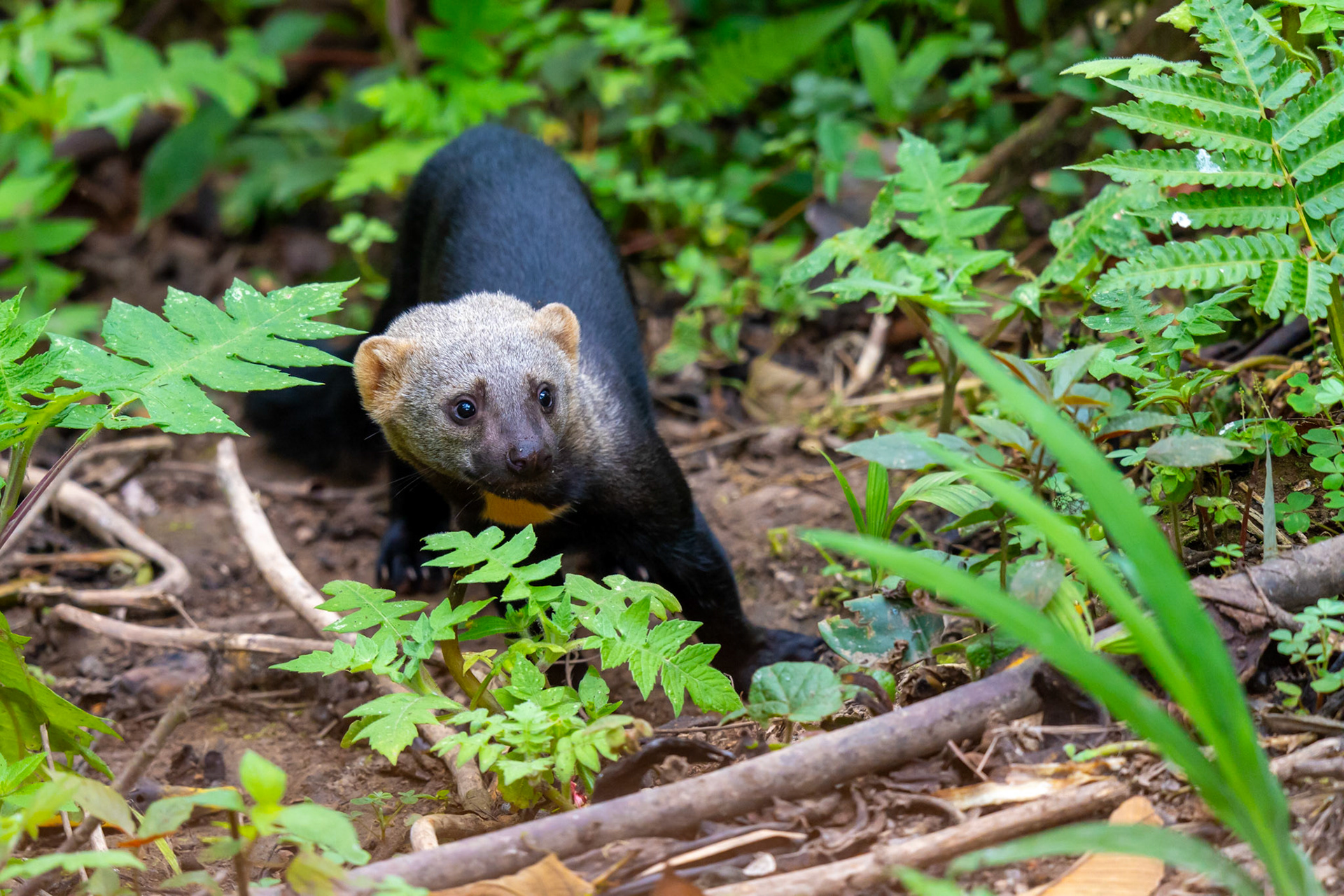
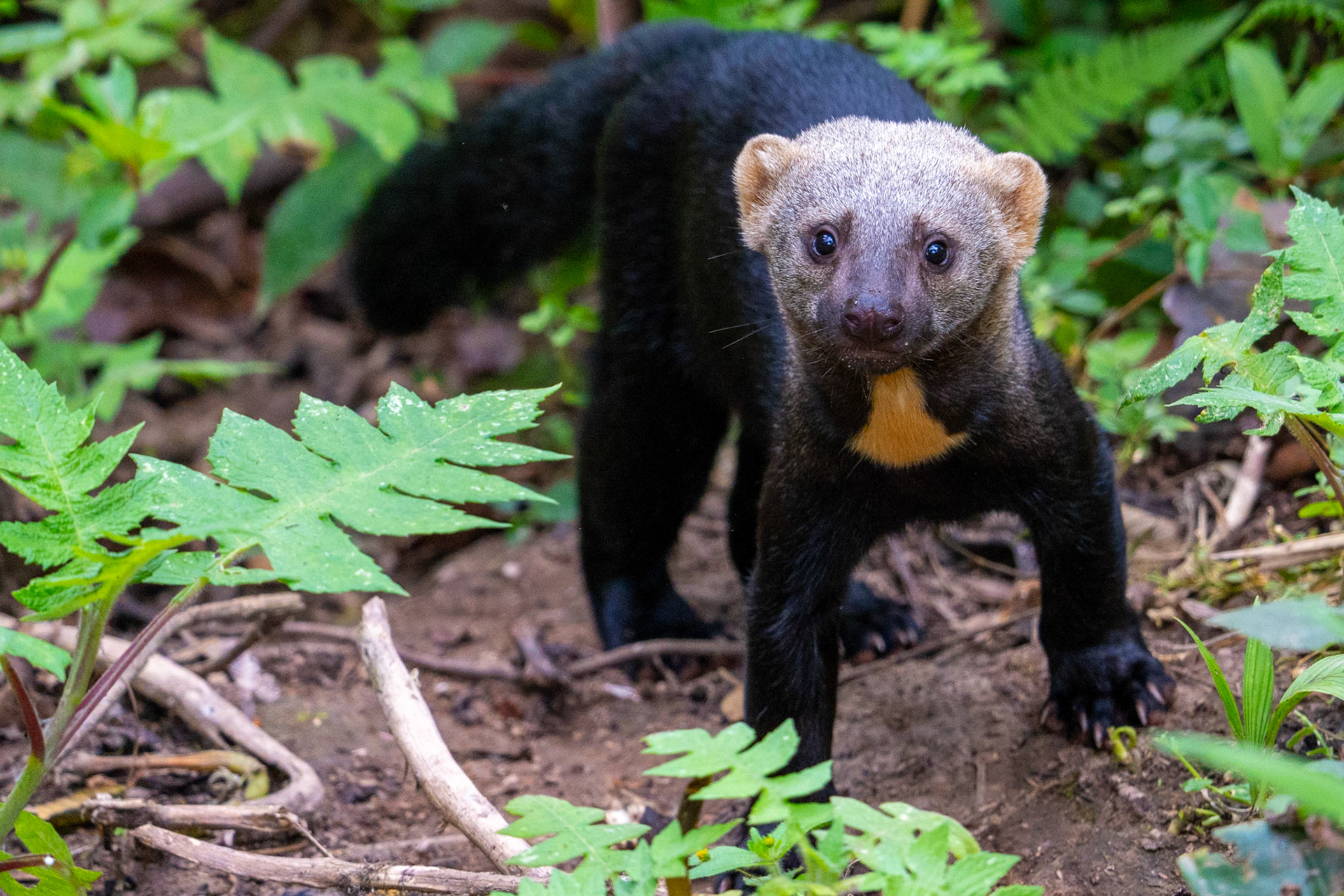
Moth traps
Moth traps using UV (ultraviolet) light are an effective and commonly used tool in entomology for studying and collecting moths and other nocturnal insects. These traps take advantage of moths' natural attraction to light, particularly UV light, which mimics the moonlight they navigate by in the wild.
Moths and many other flying insects are attracted to UV light because it falls within the spectrum of light they are naturally drawn to. Insects perceive UV light differently from humans, and many insects, including moths, associate UV light with open spaces, such as the moonlit sky. When moths encounter UV light, they tend to fly towards it, ultimately getting trapped in the device.
Moth traps should be strategically placed in areas where moths are likely to be present, such as gardens, woodlands, or near potential moth habitats. Traps are often set up during the night when moths are most active. They should be positioned away from competing light sources to ensure the moths are drawn towards the trap.
